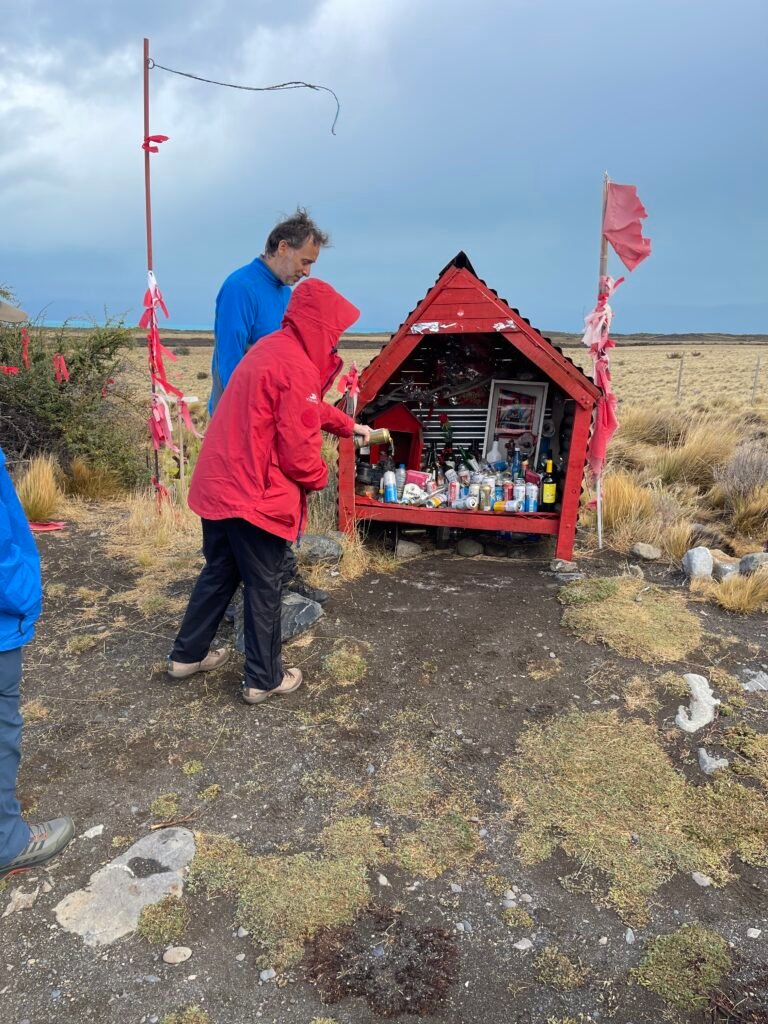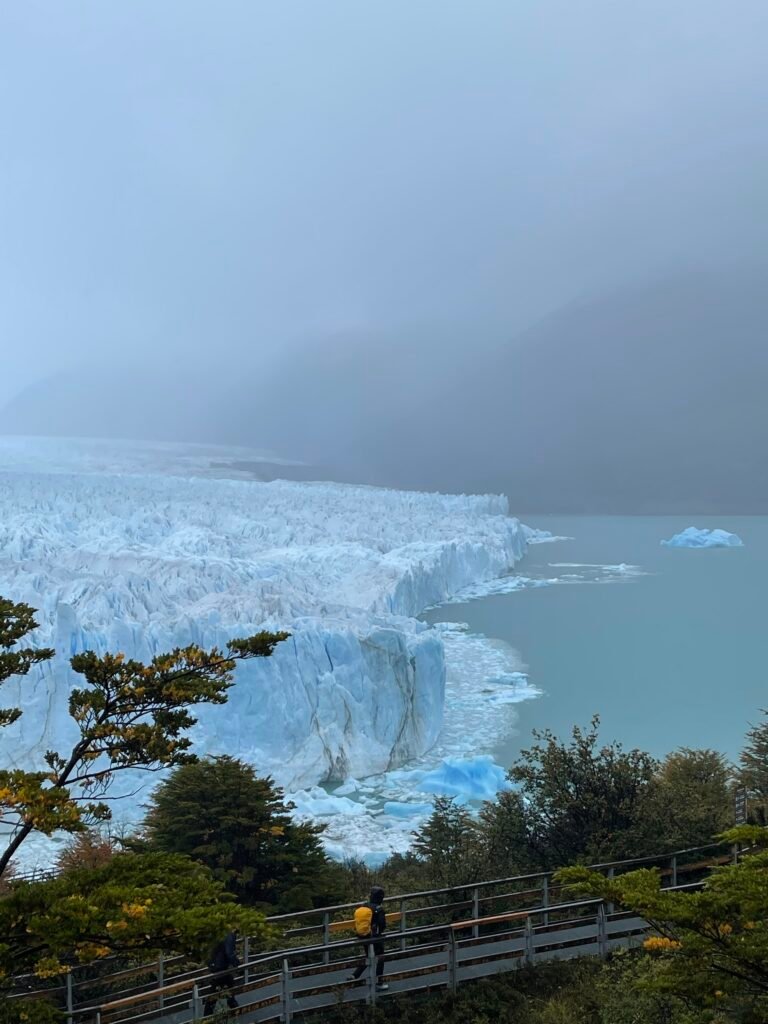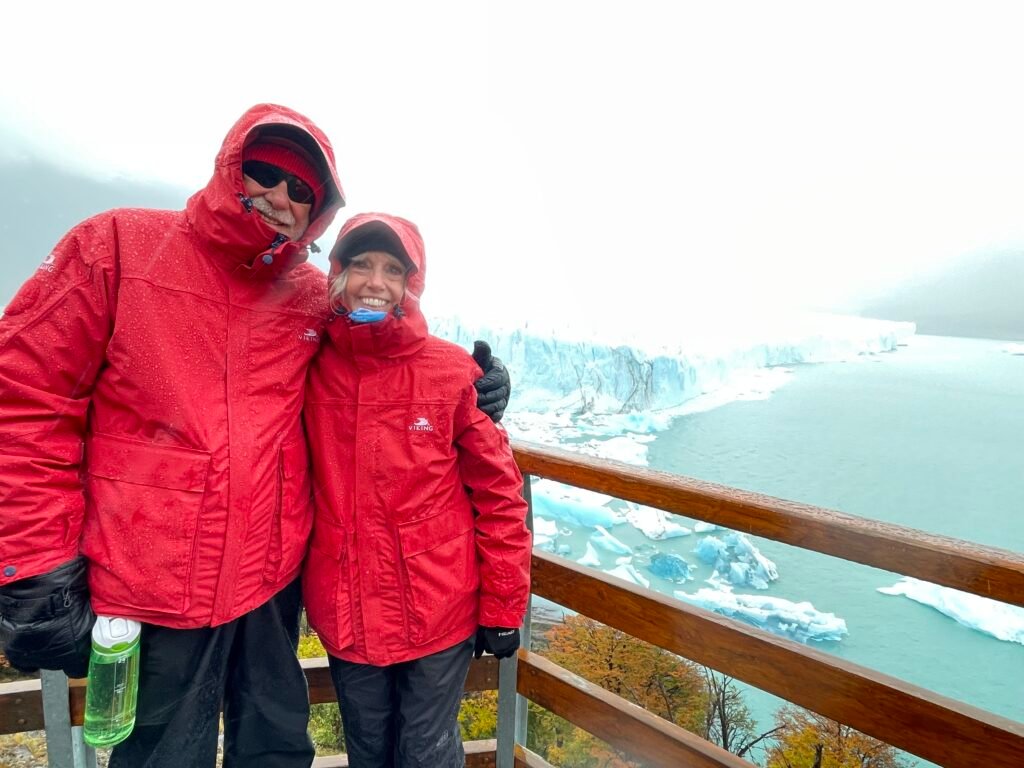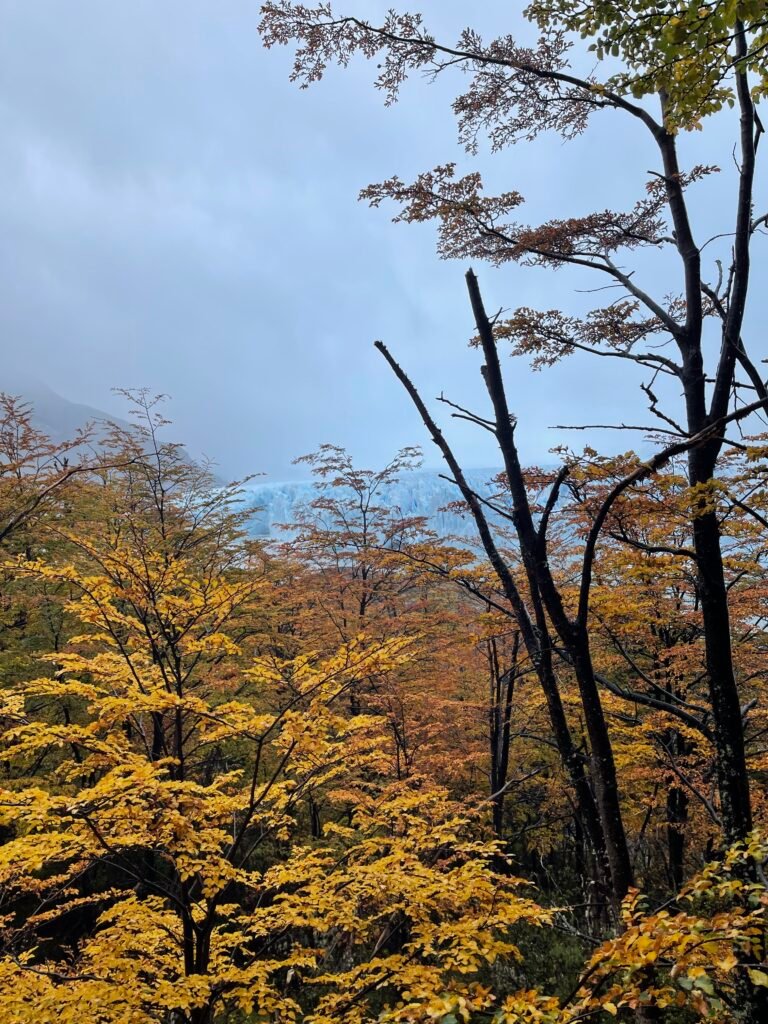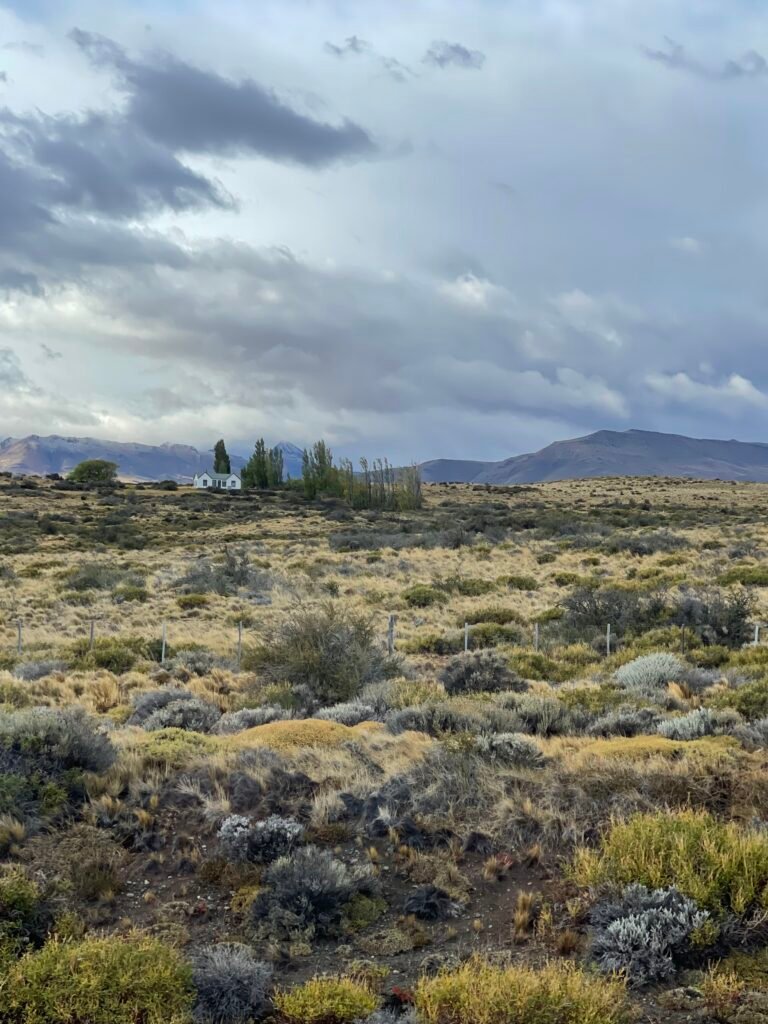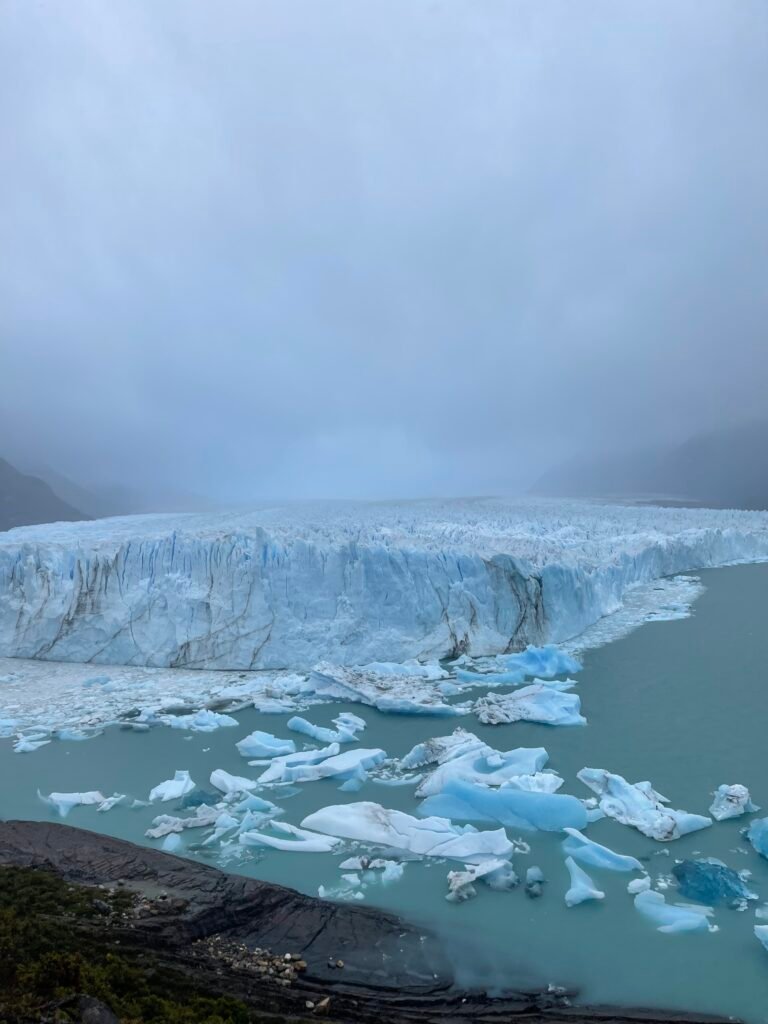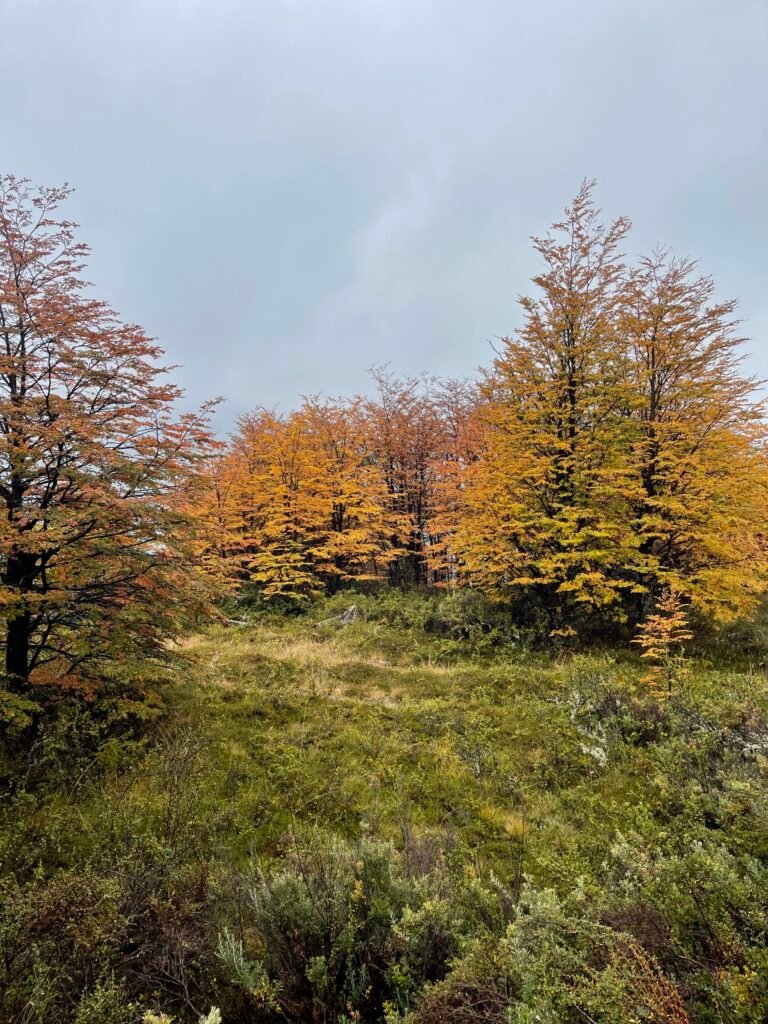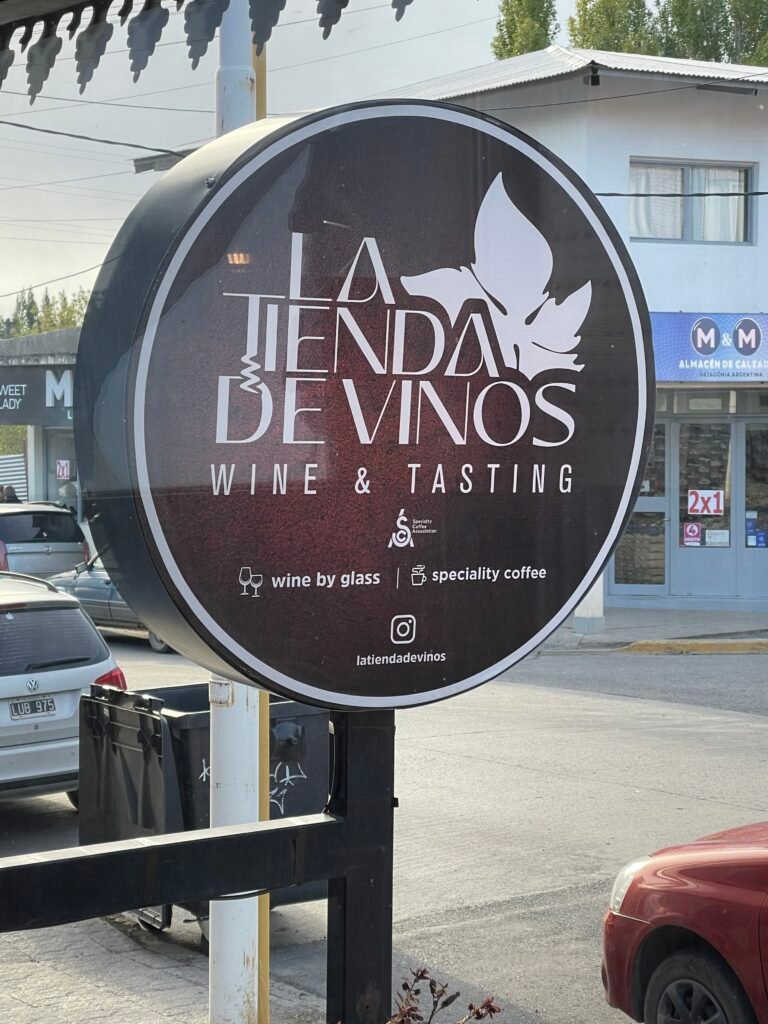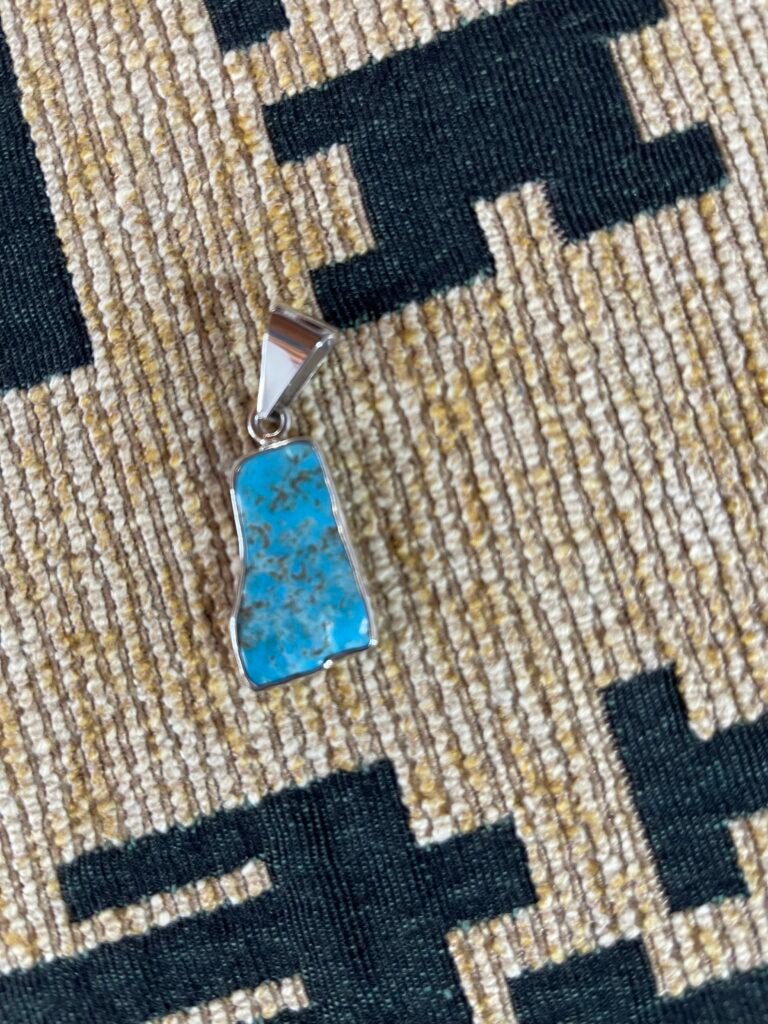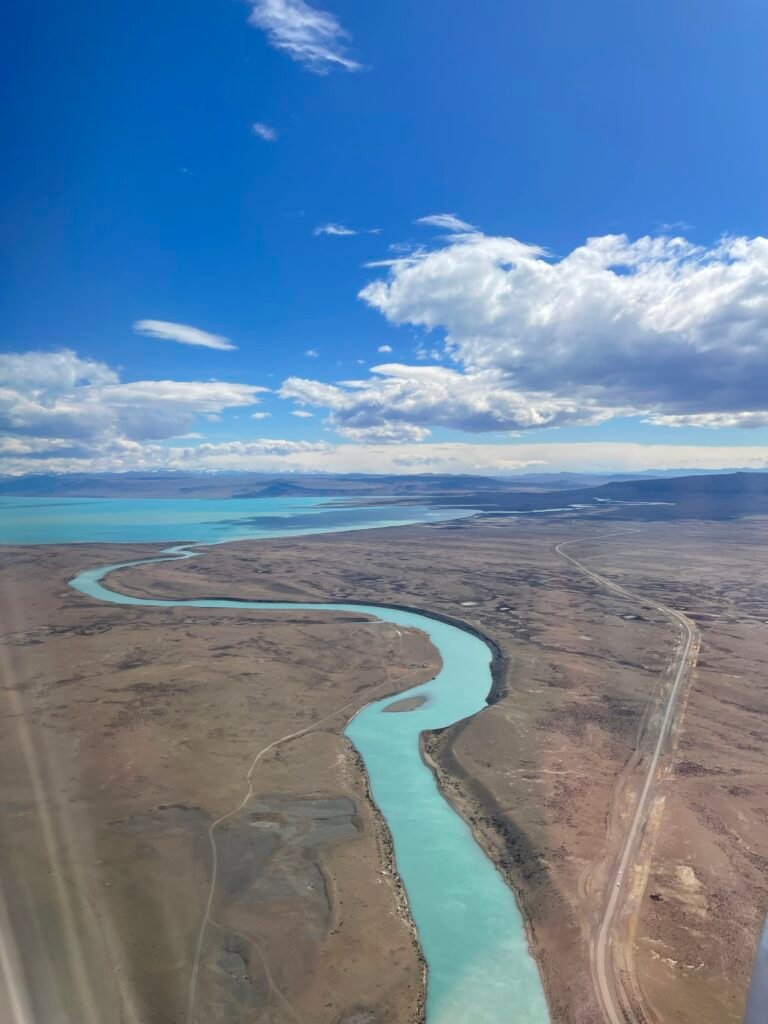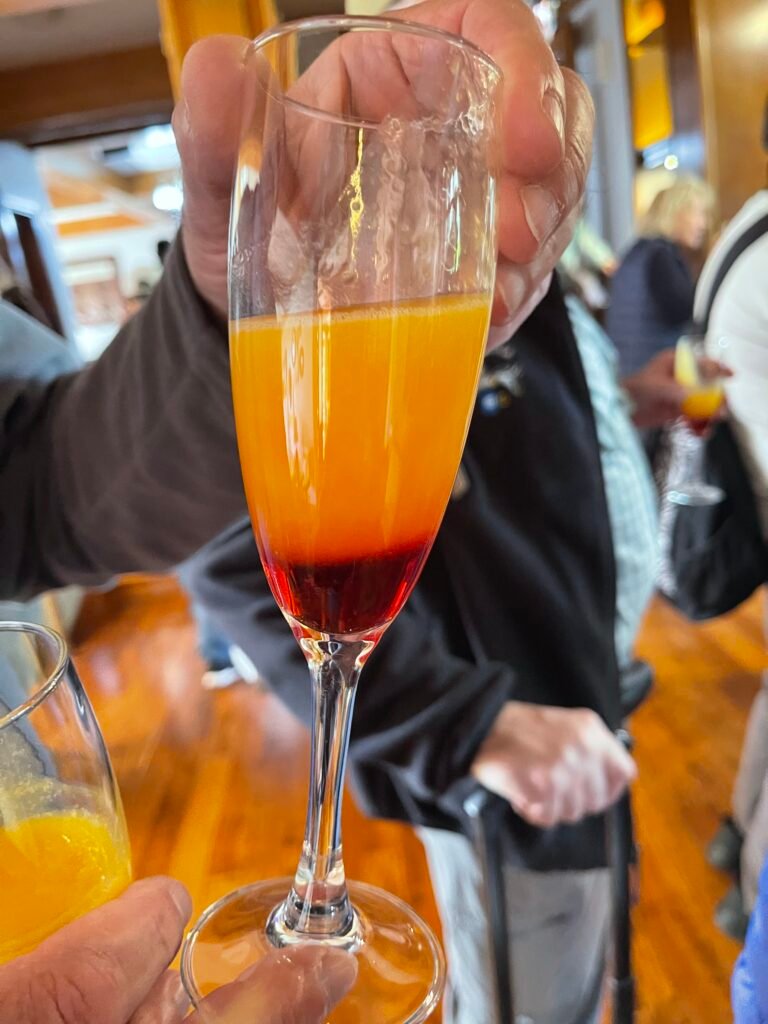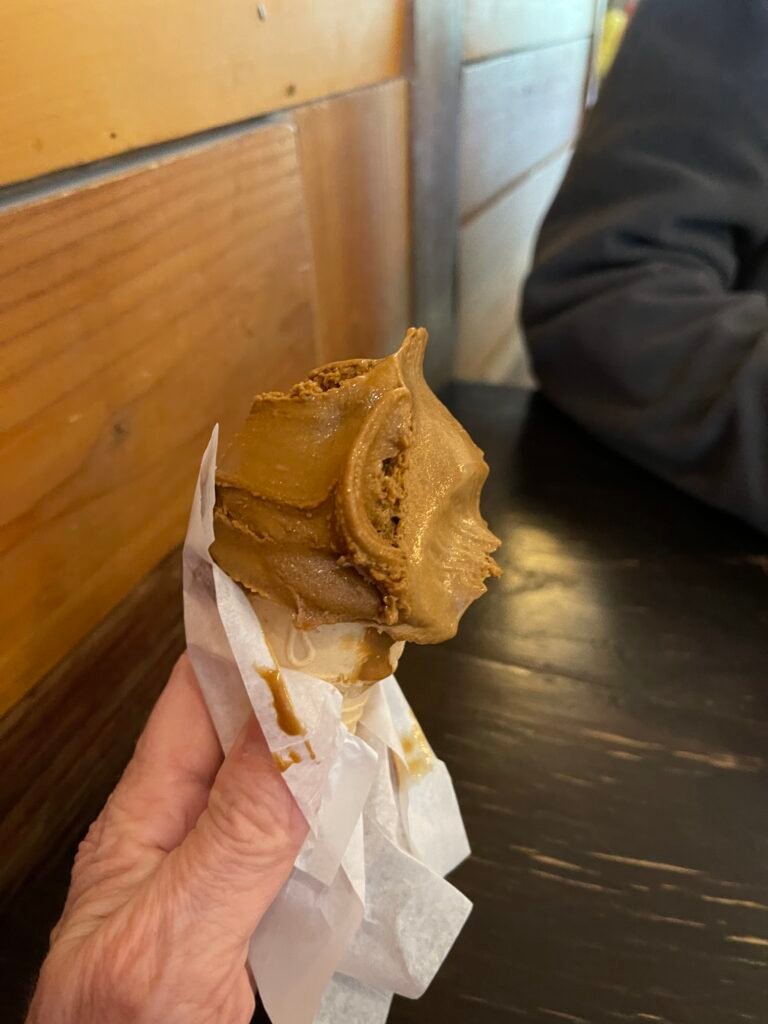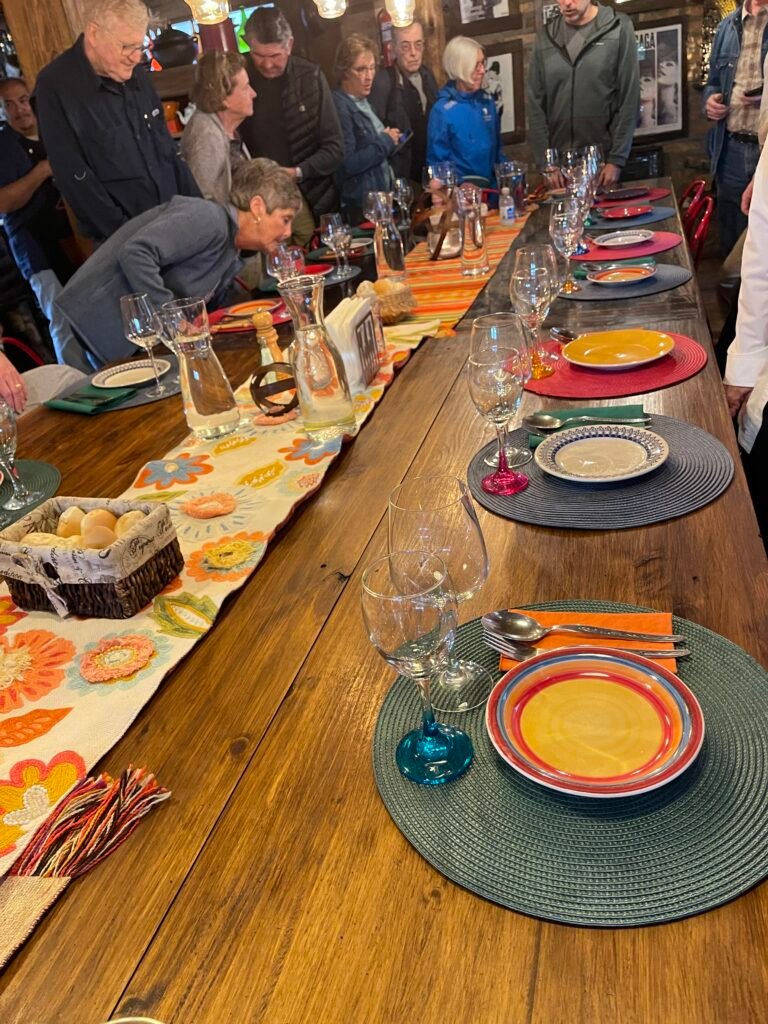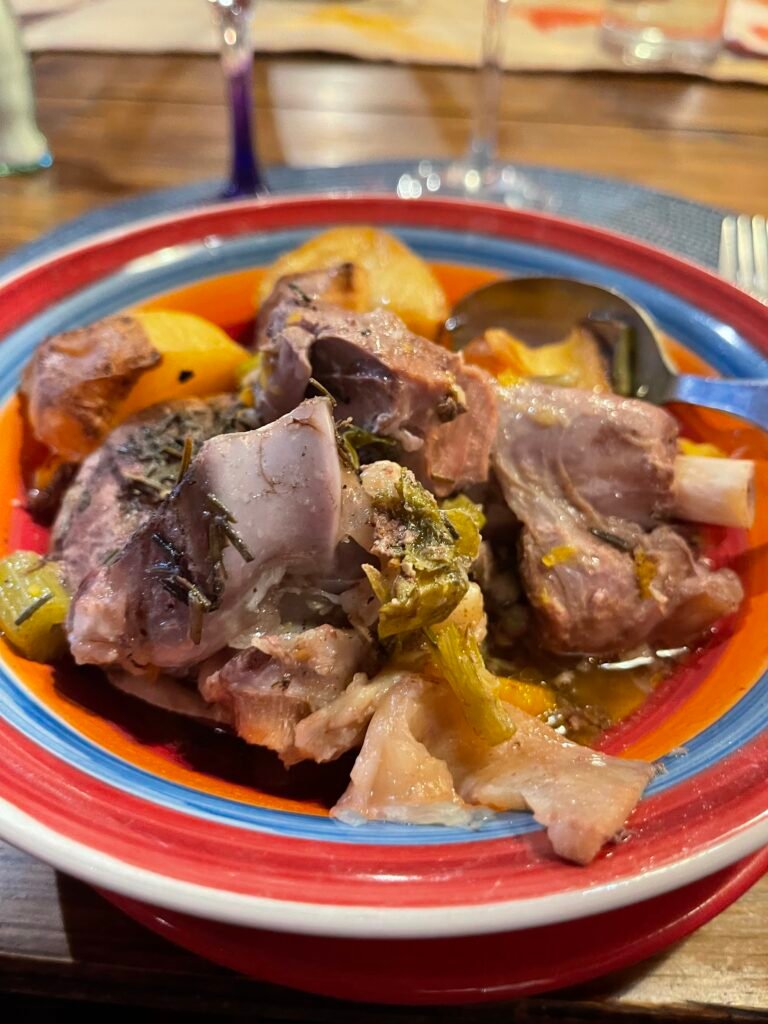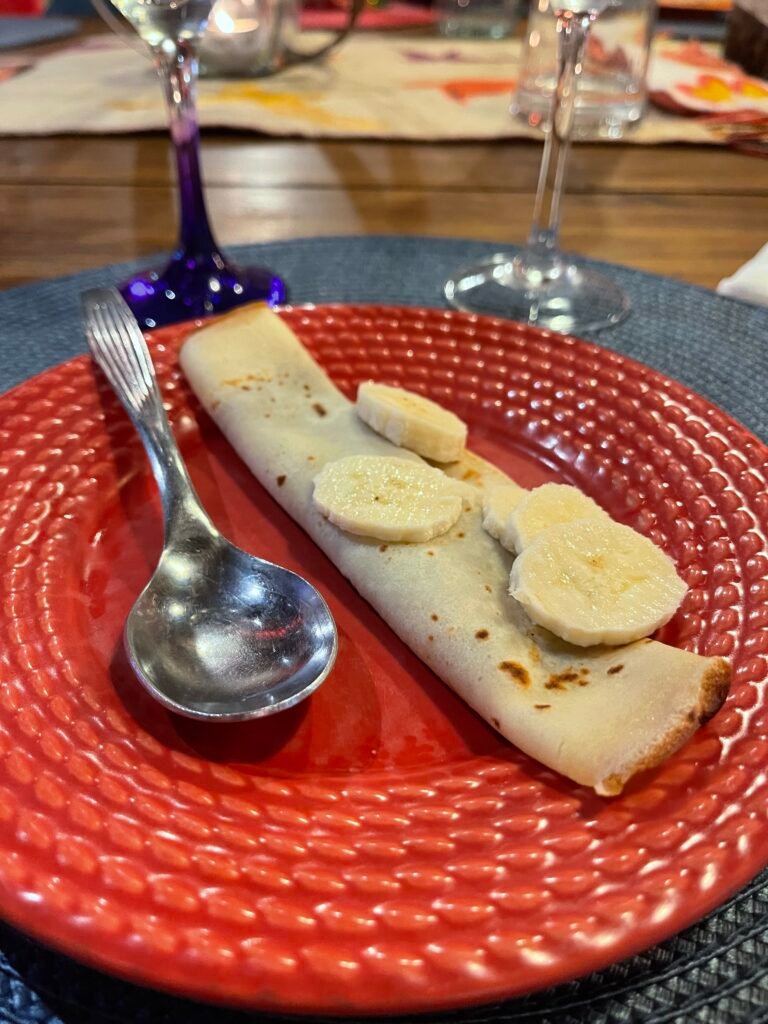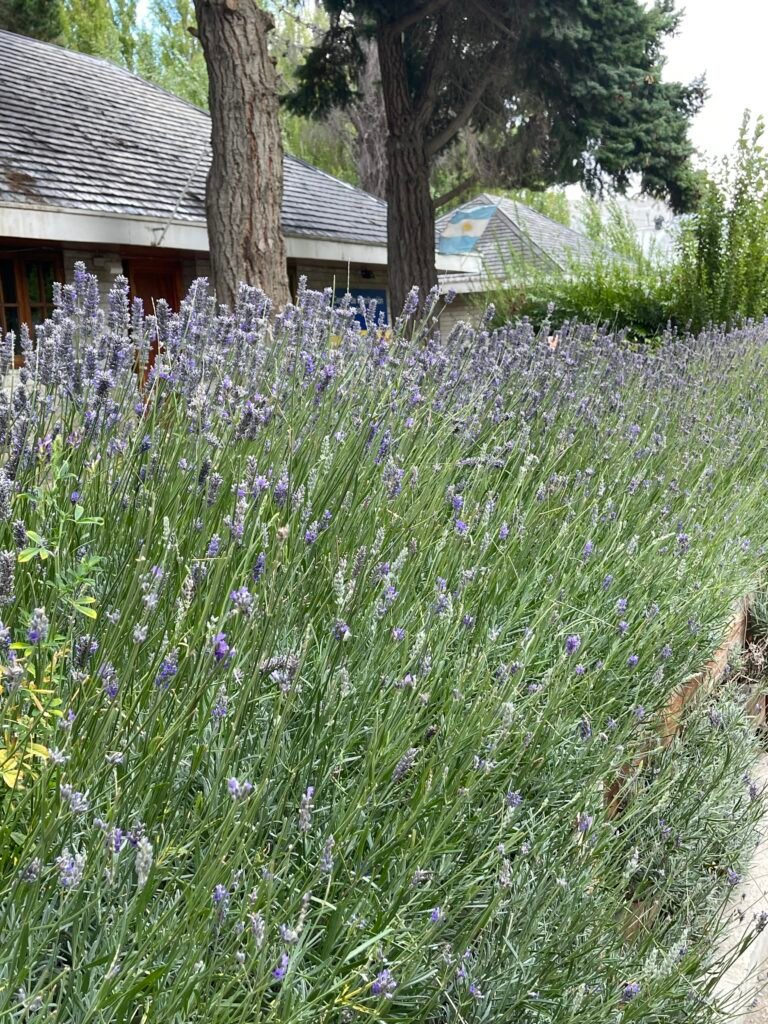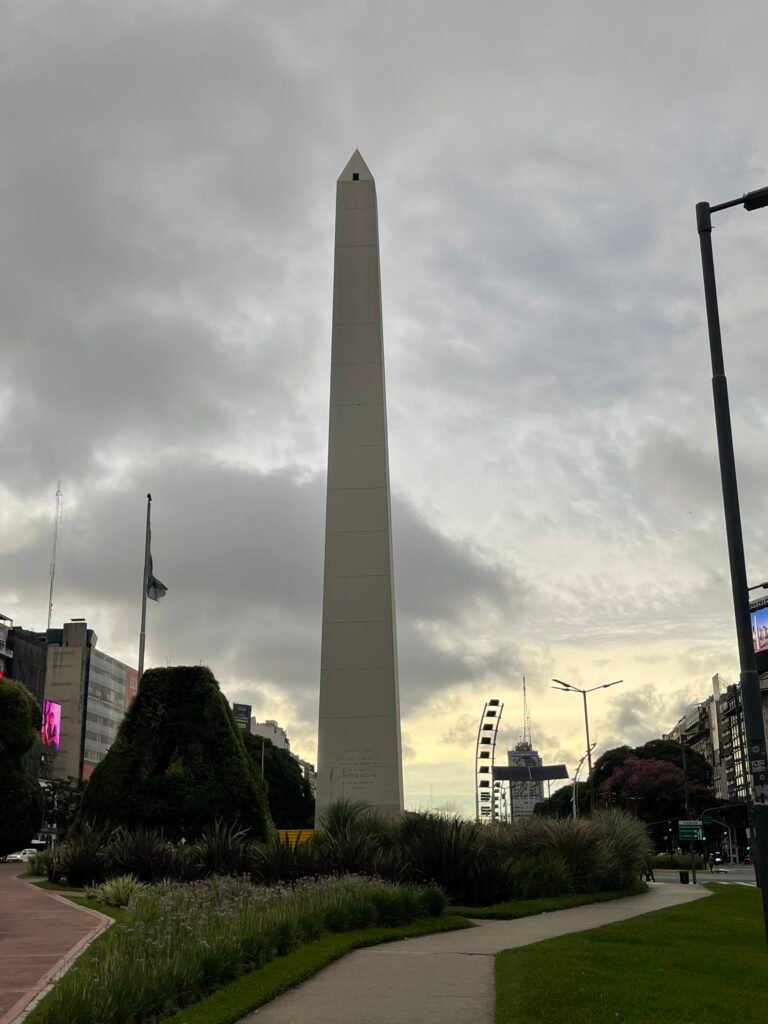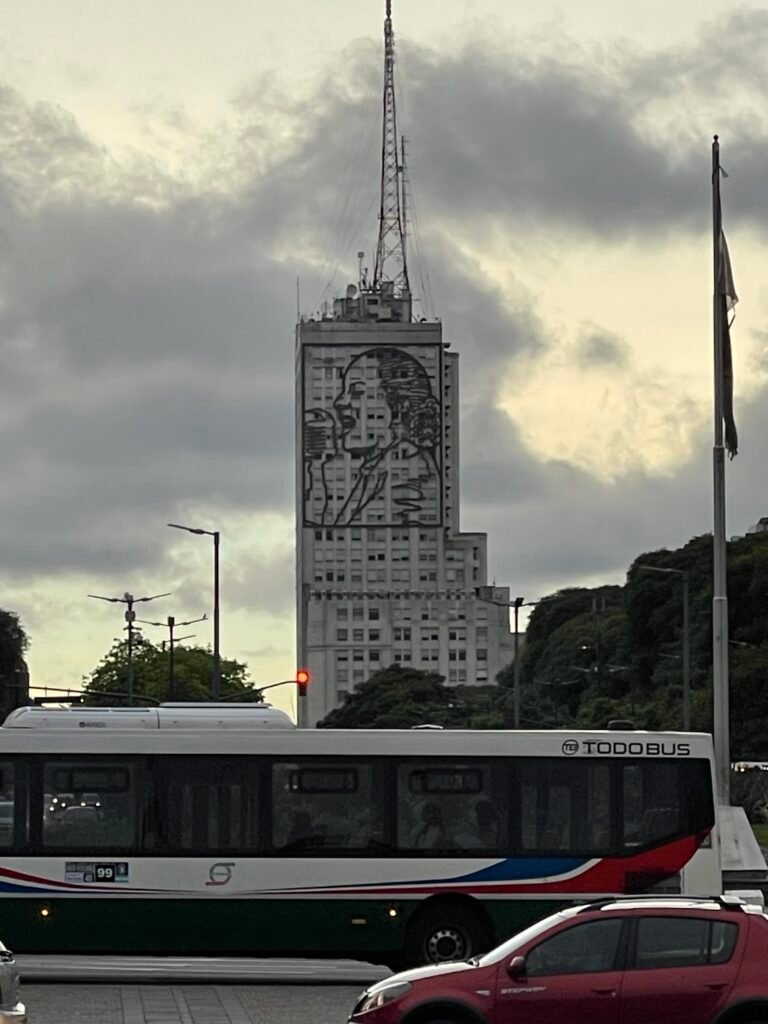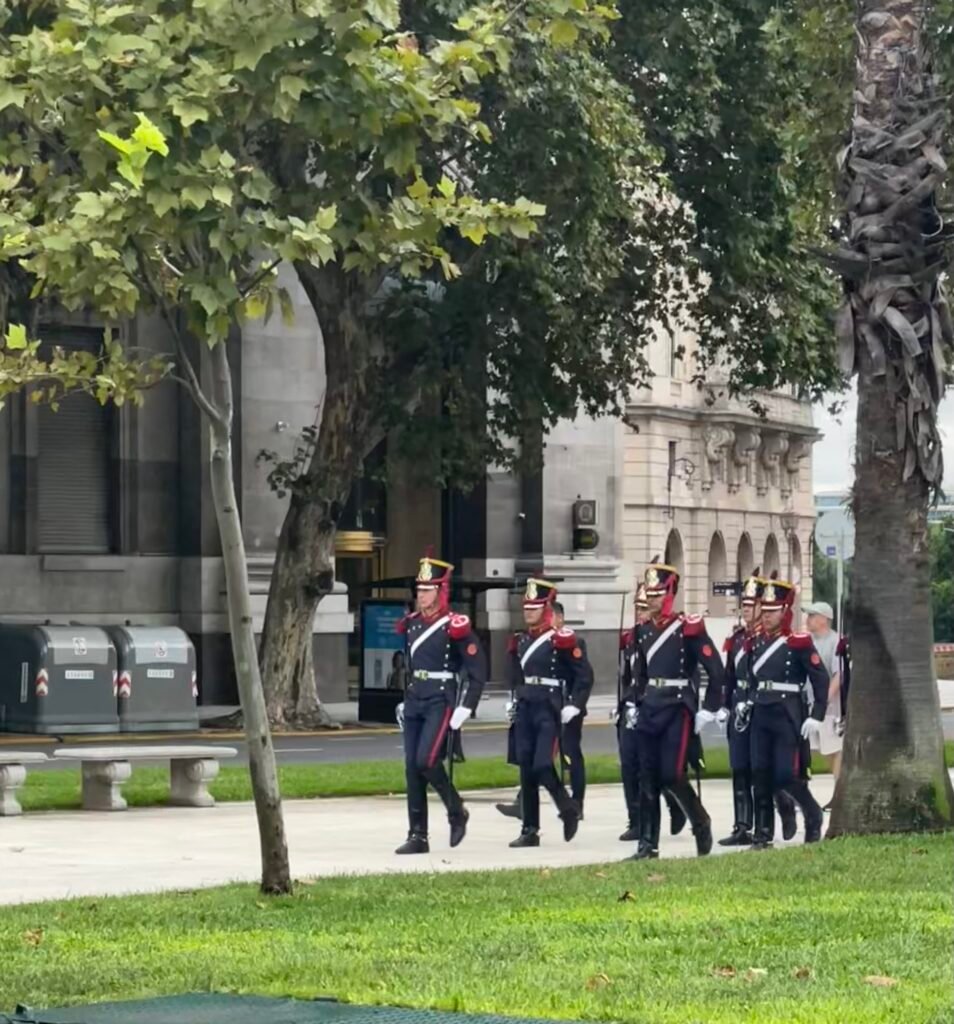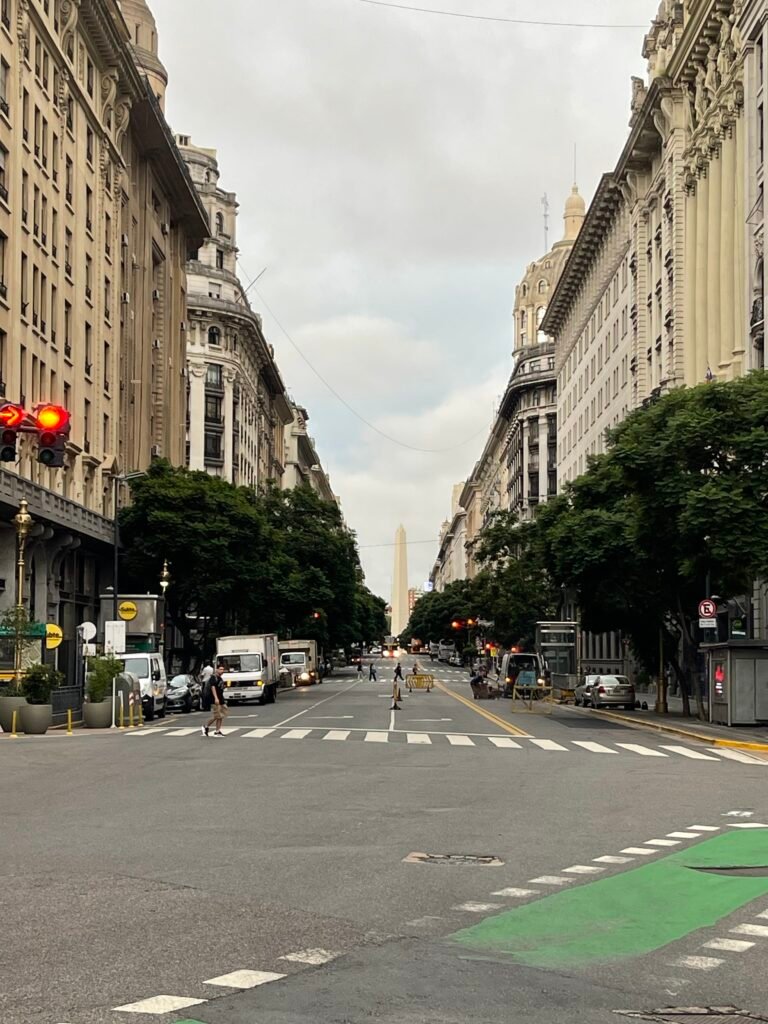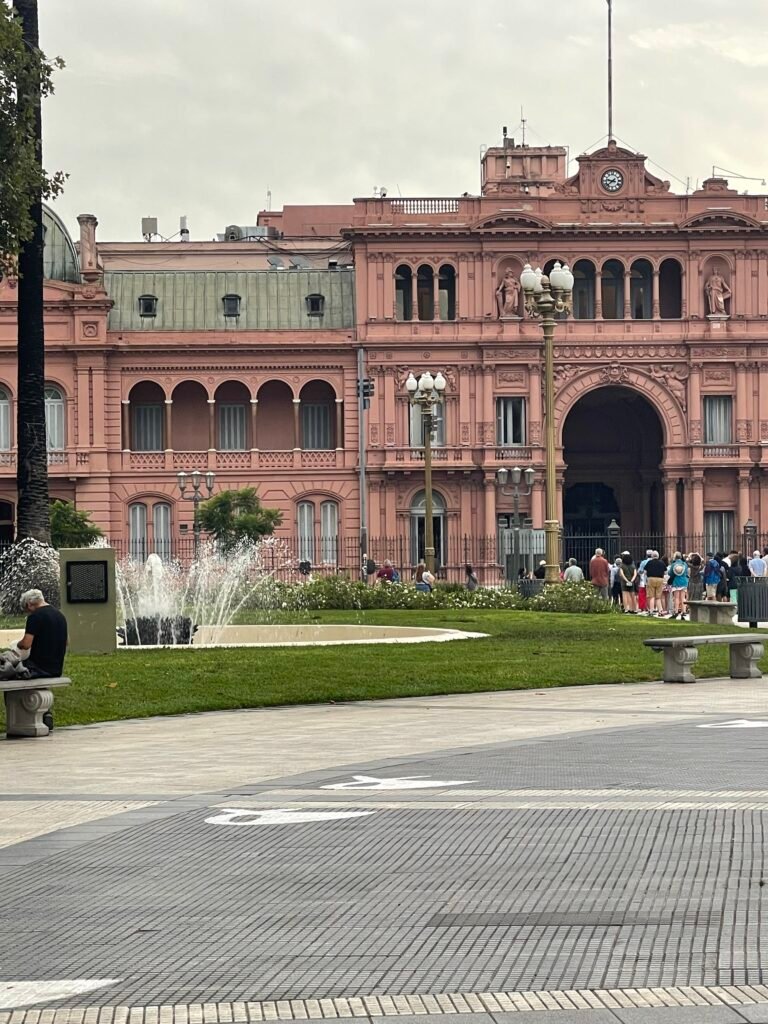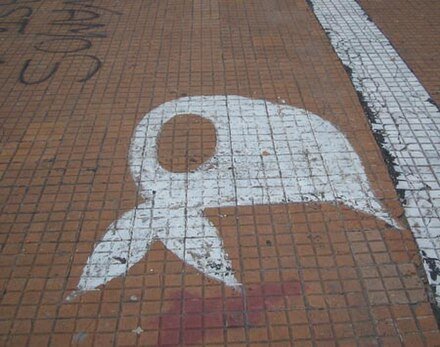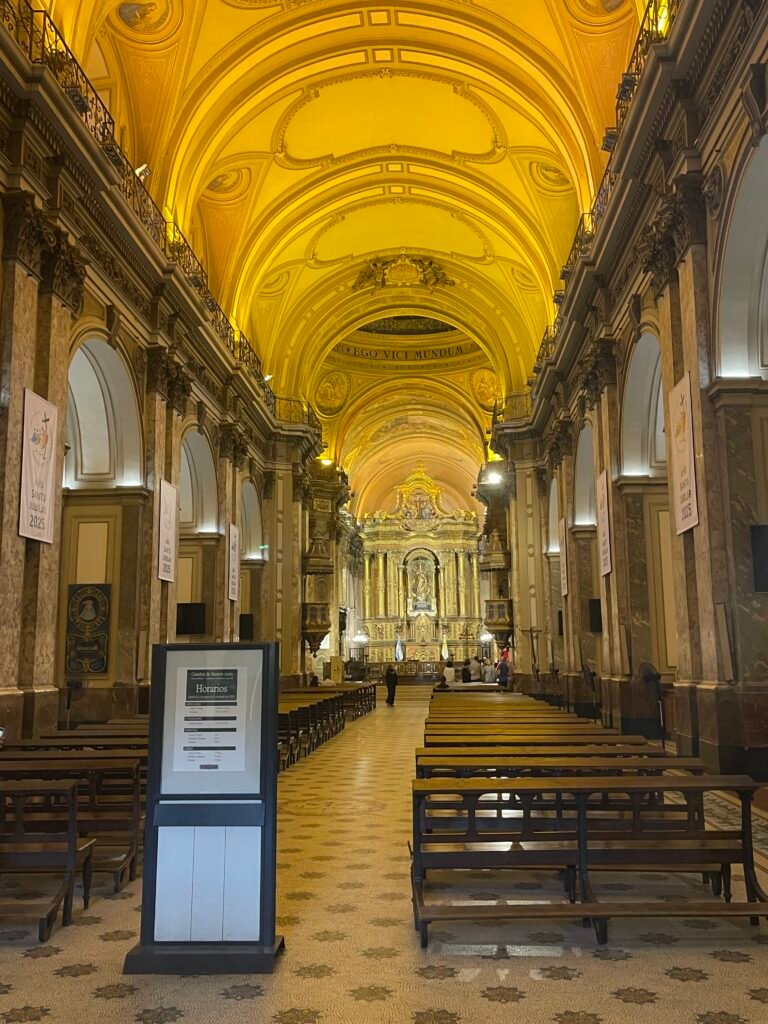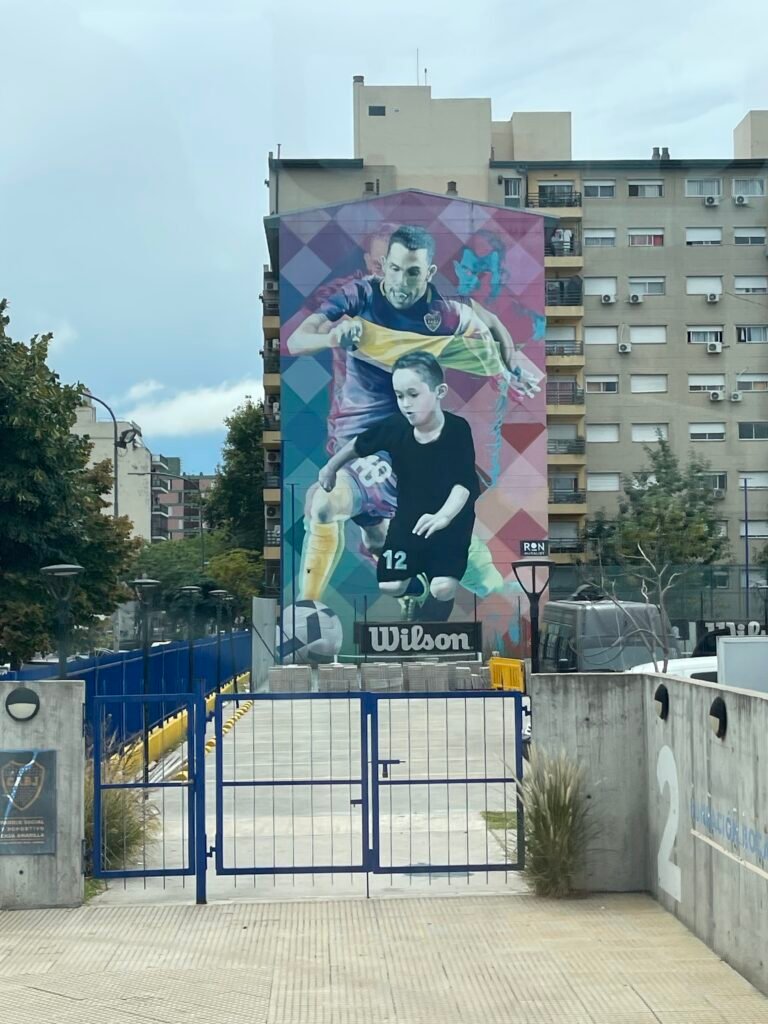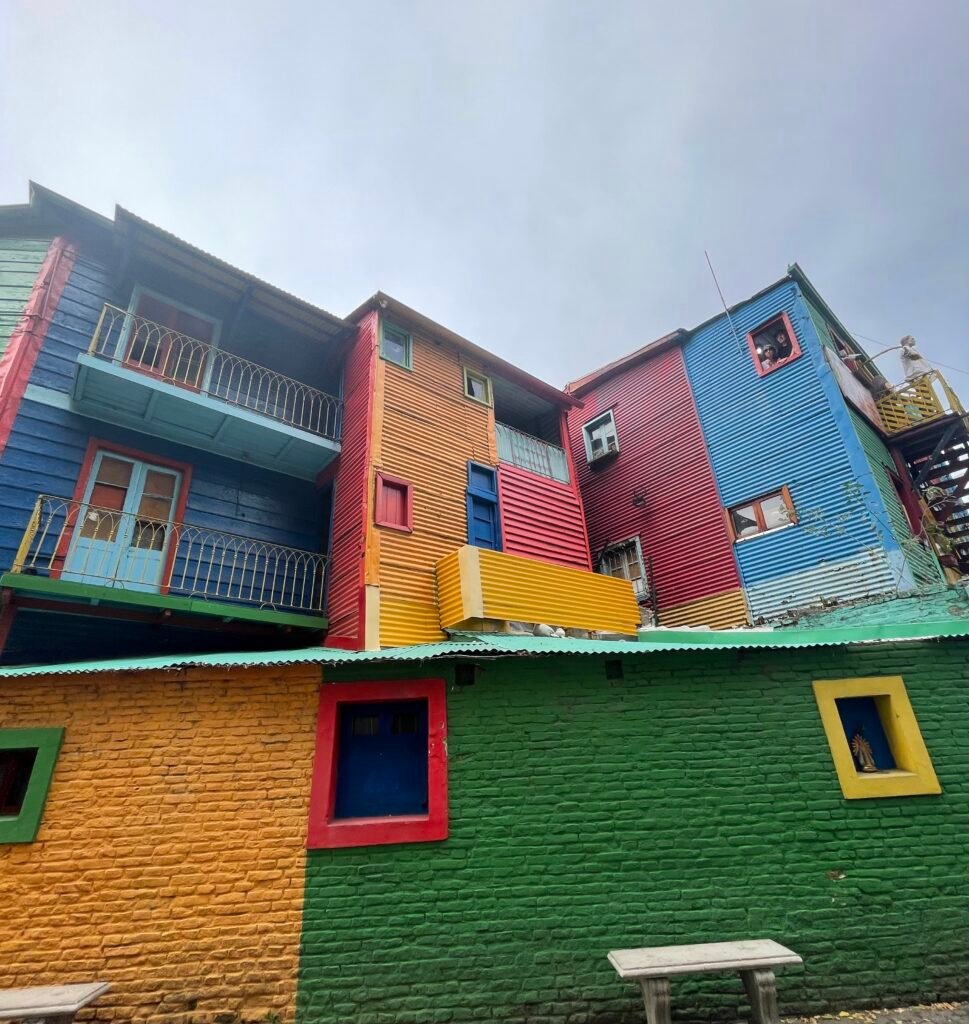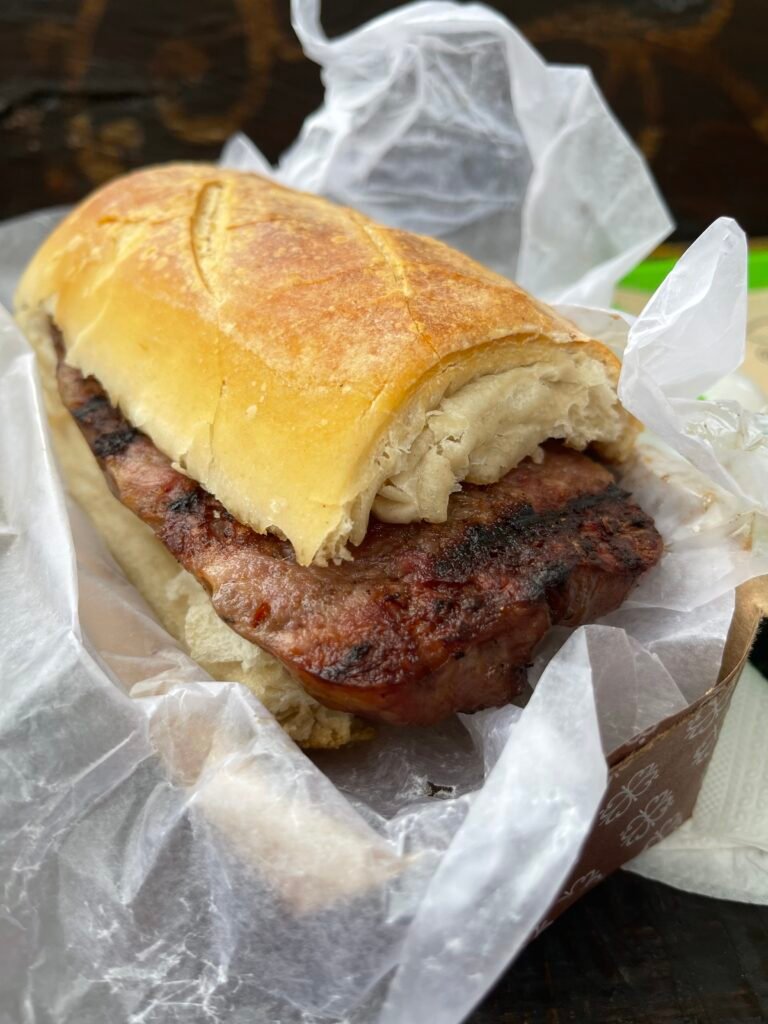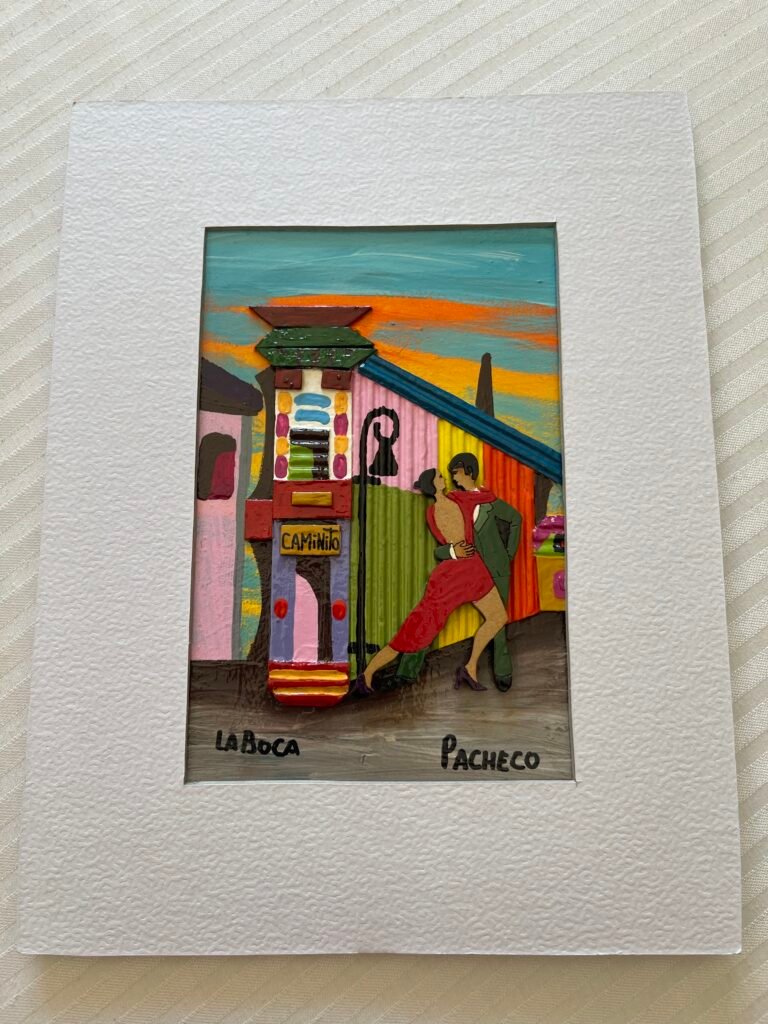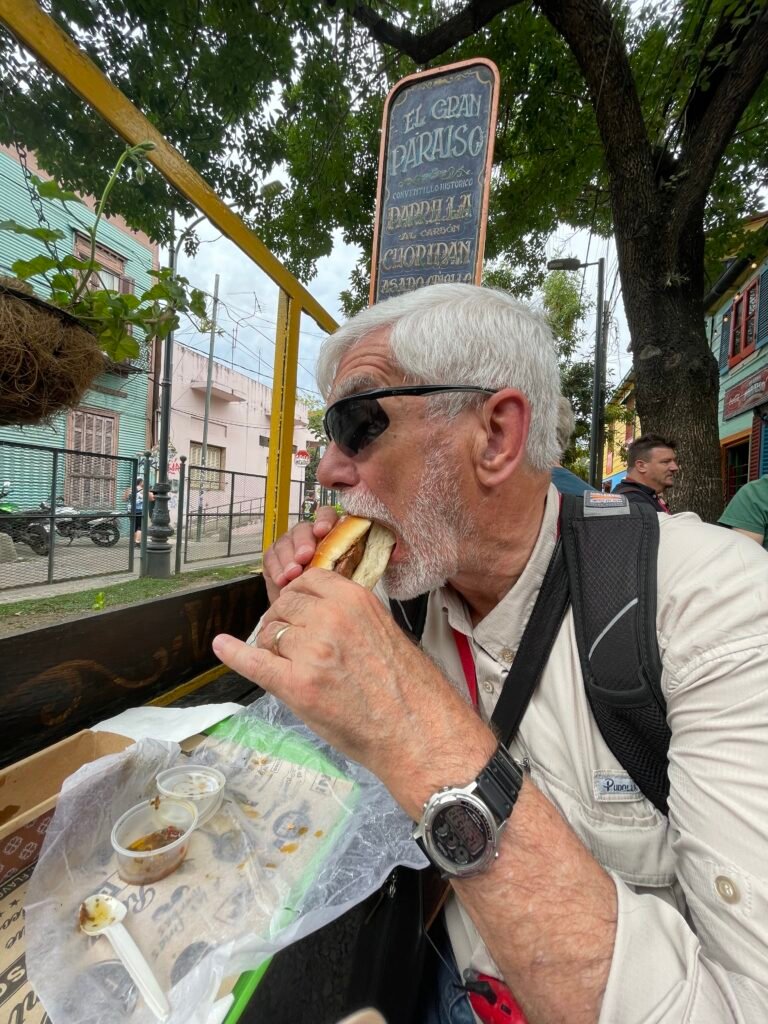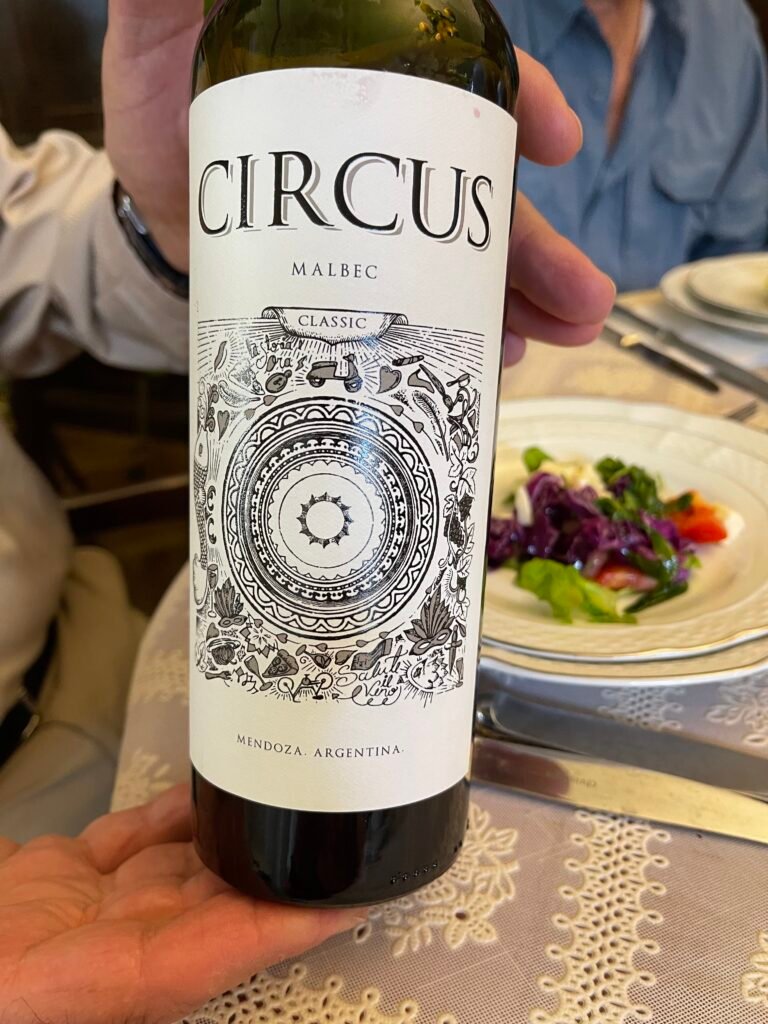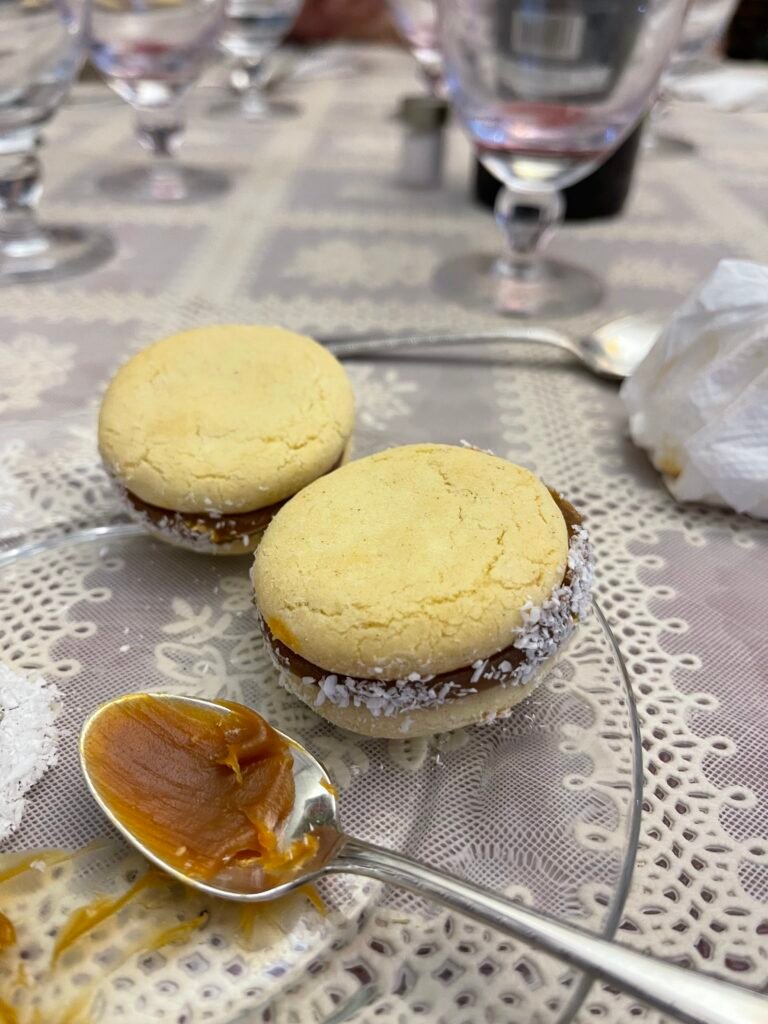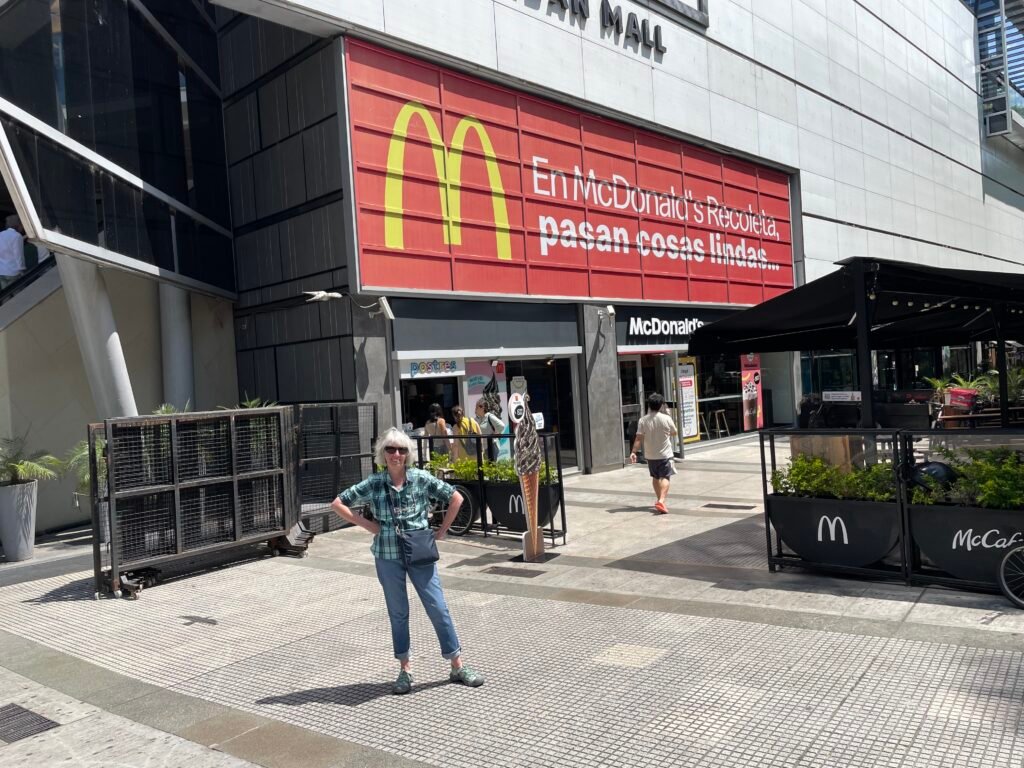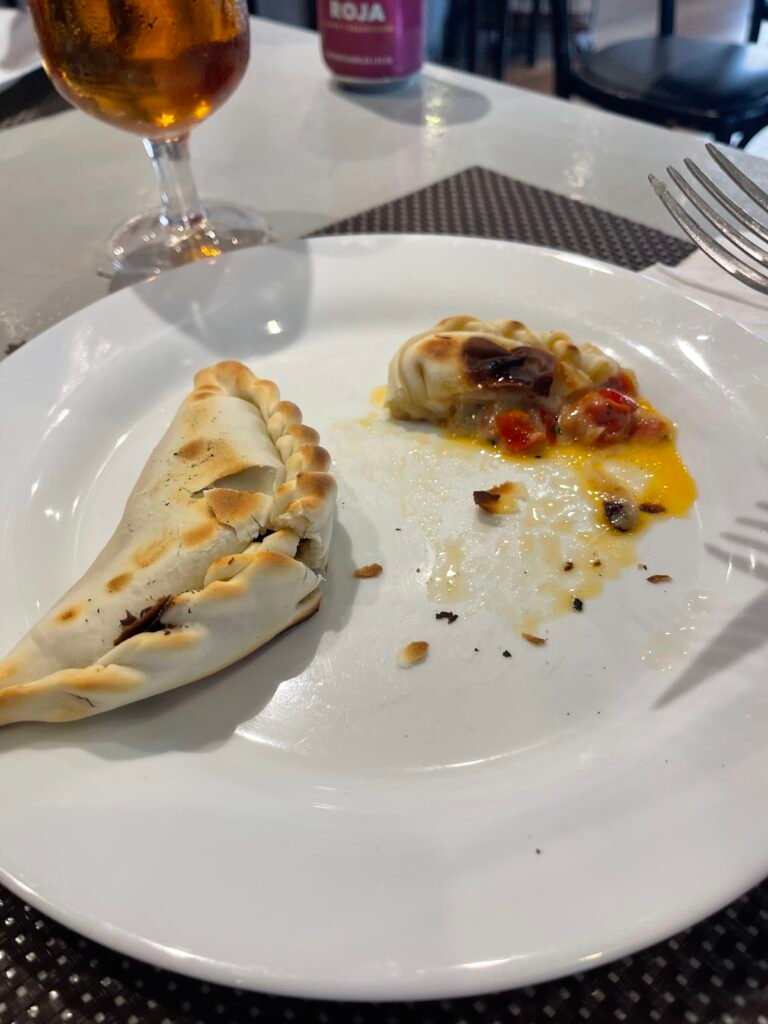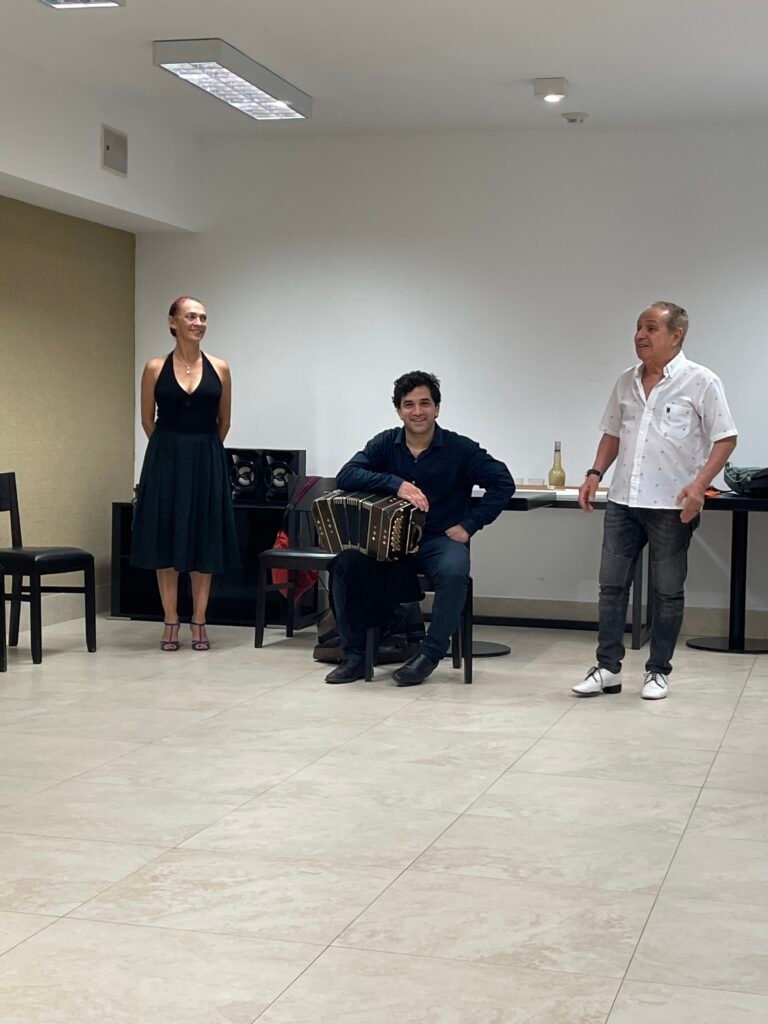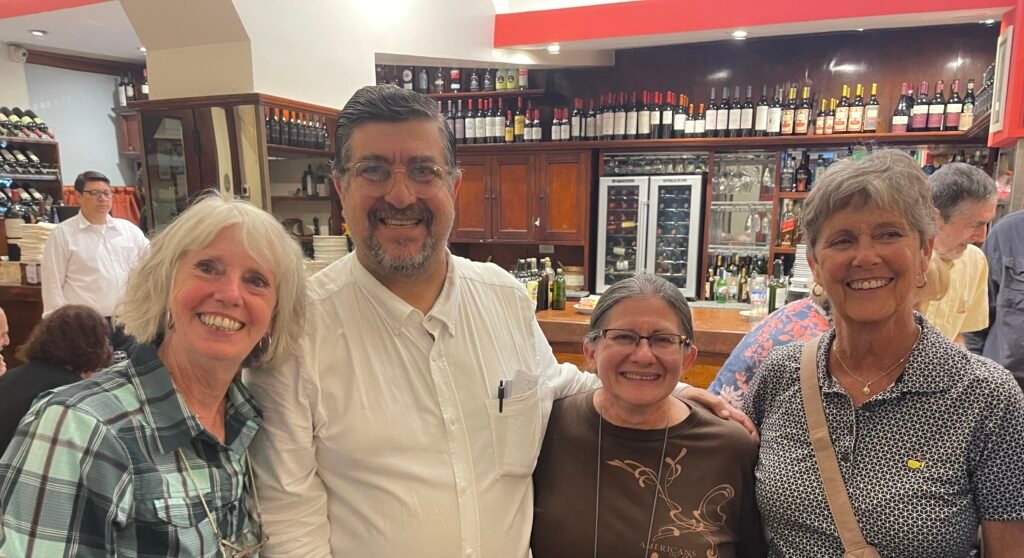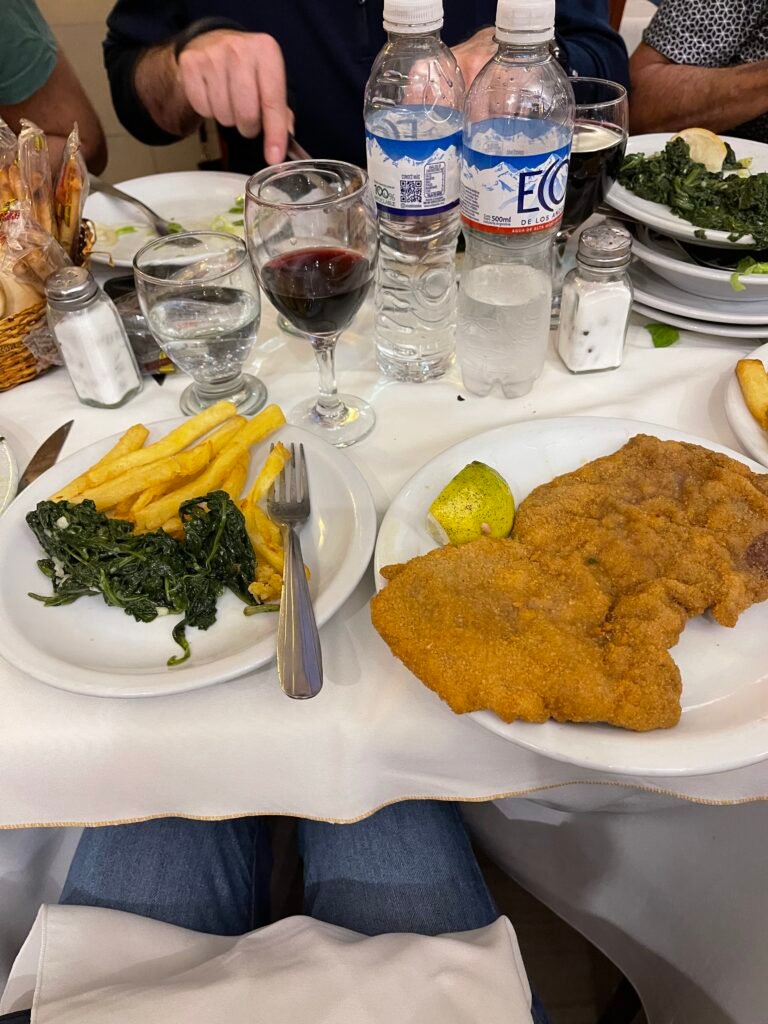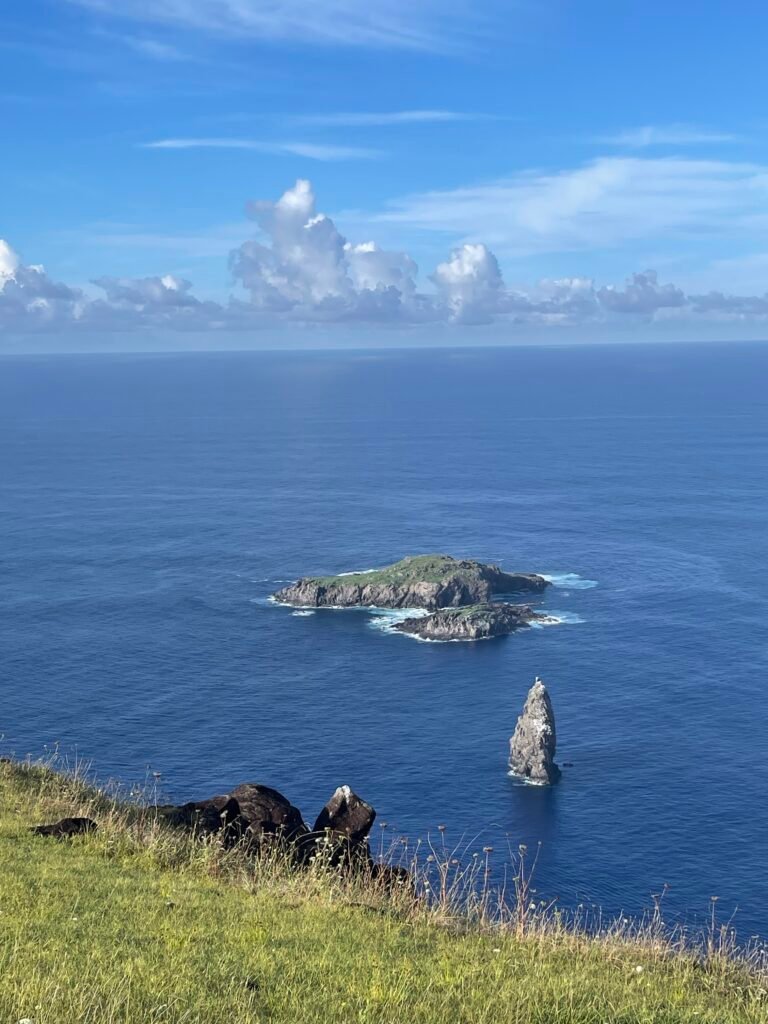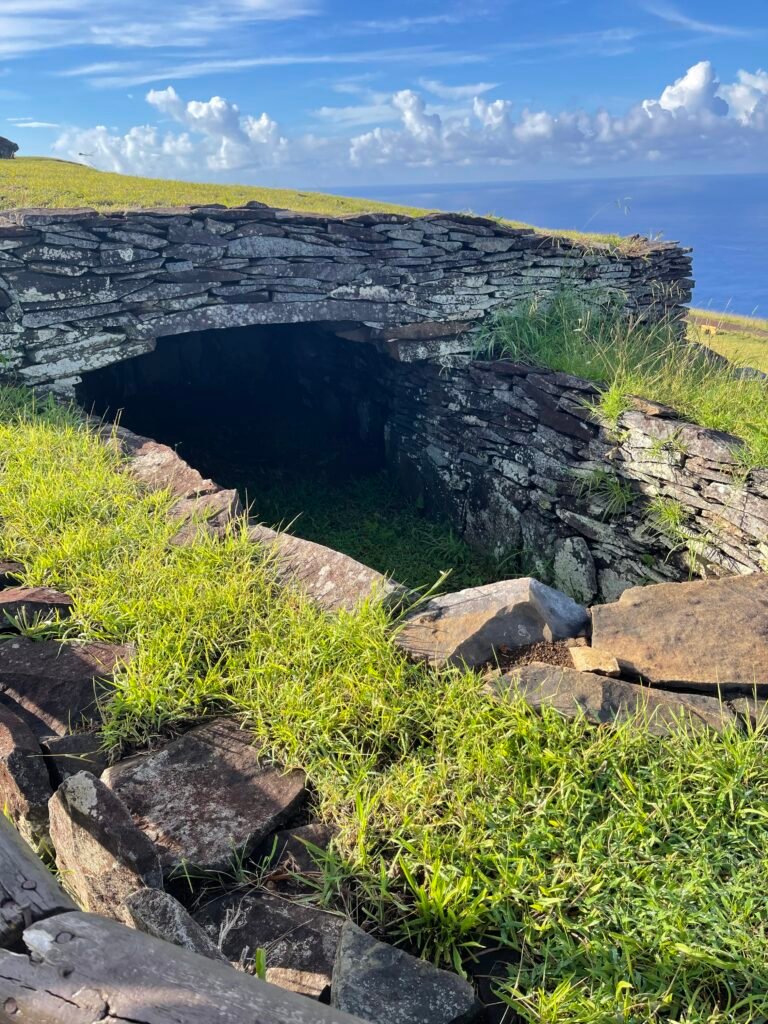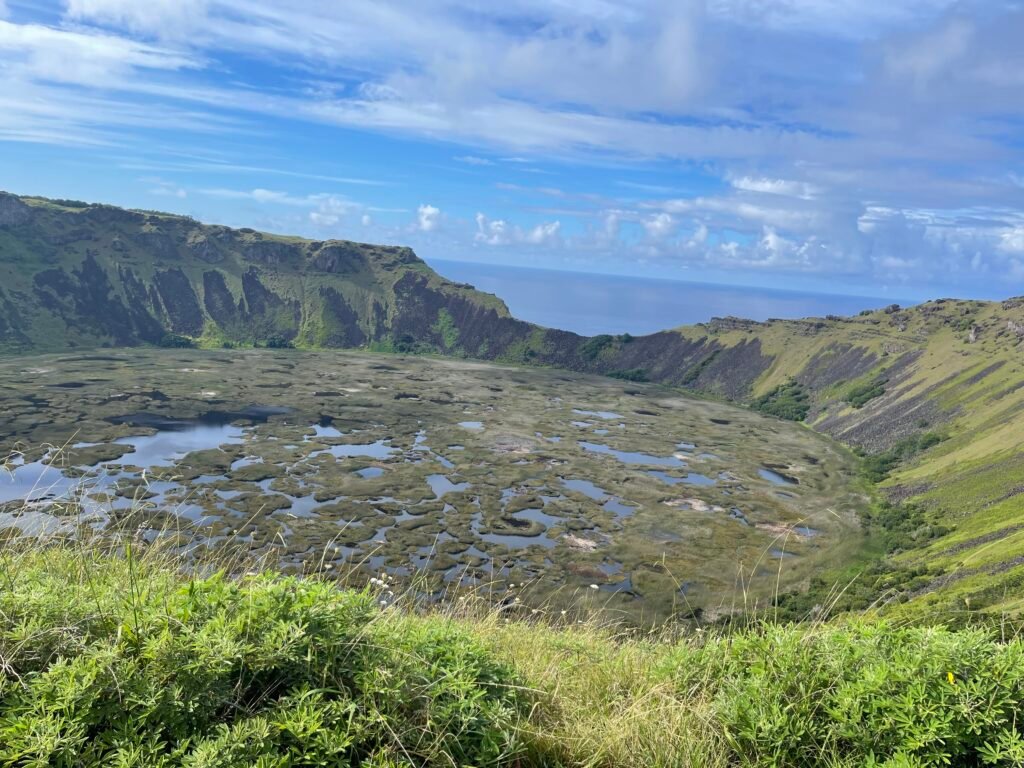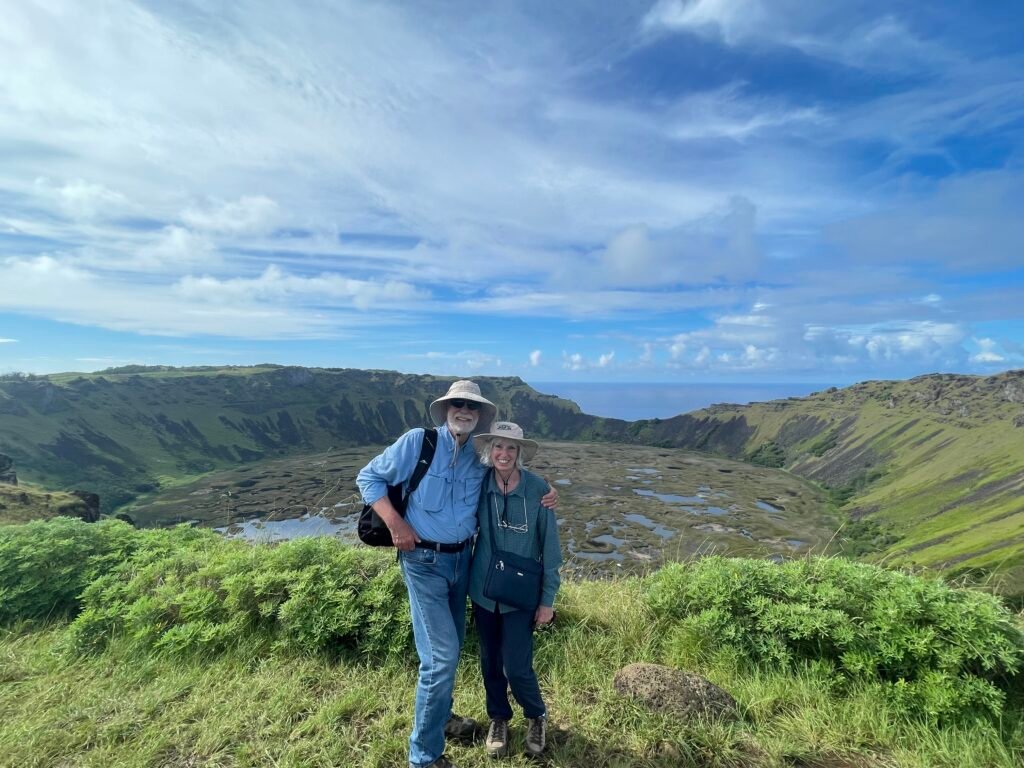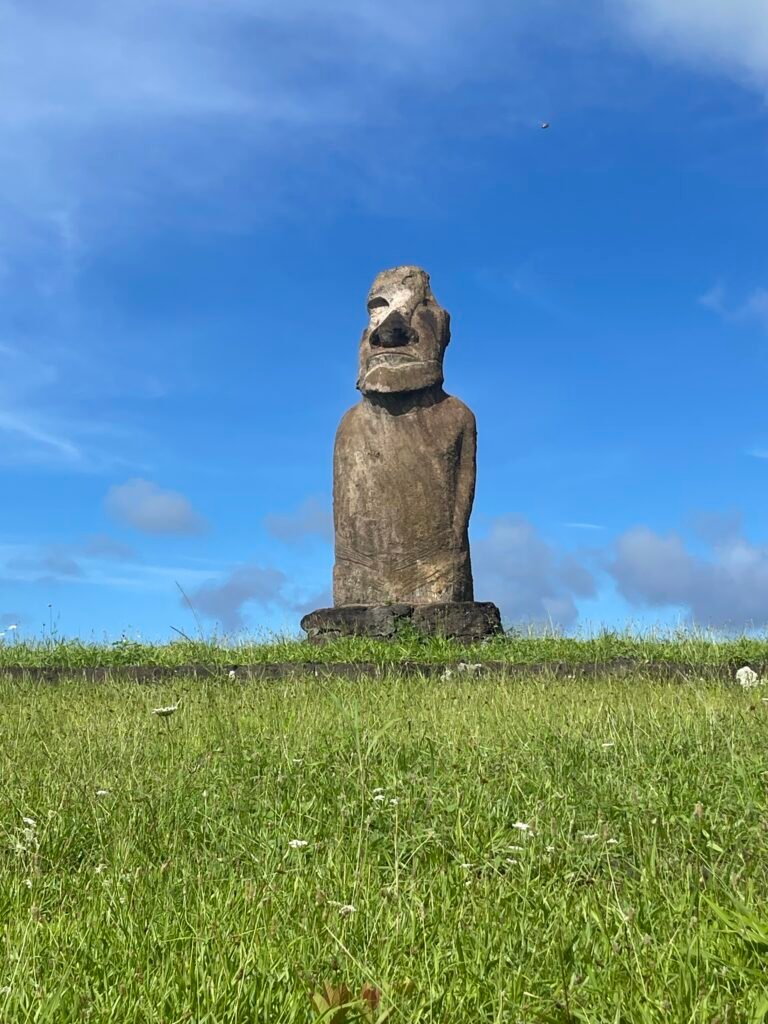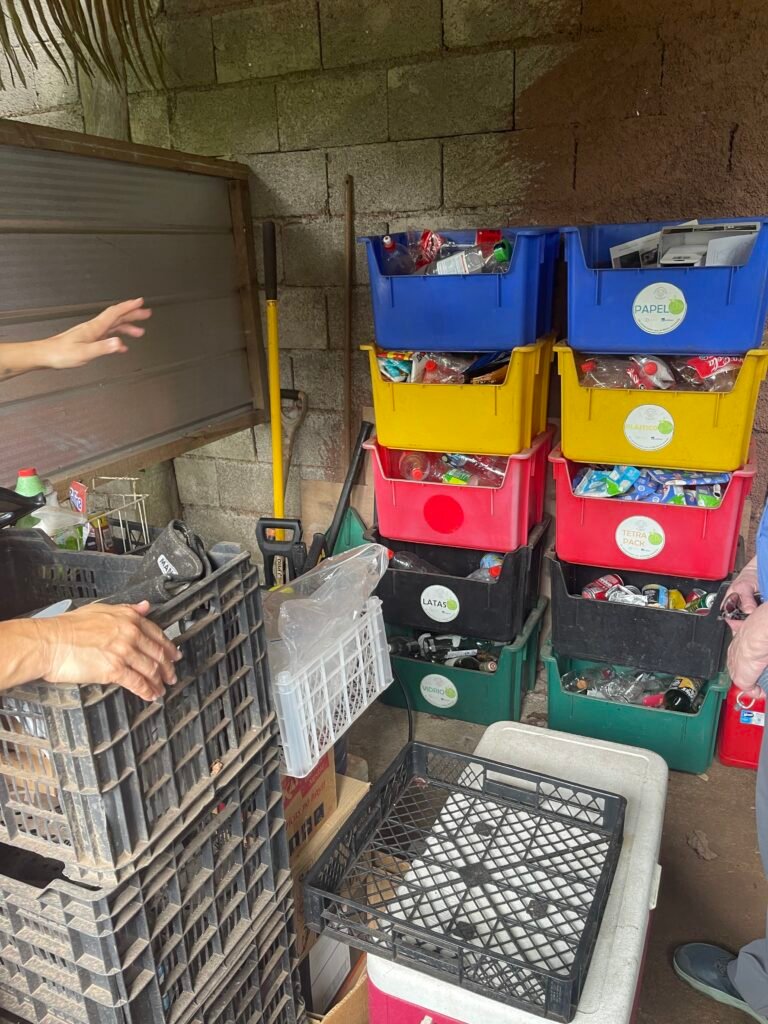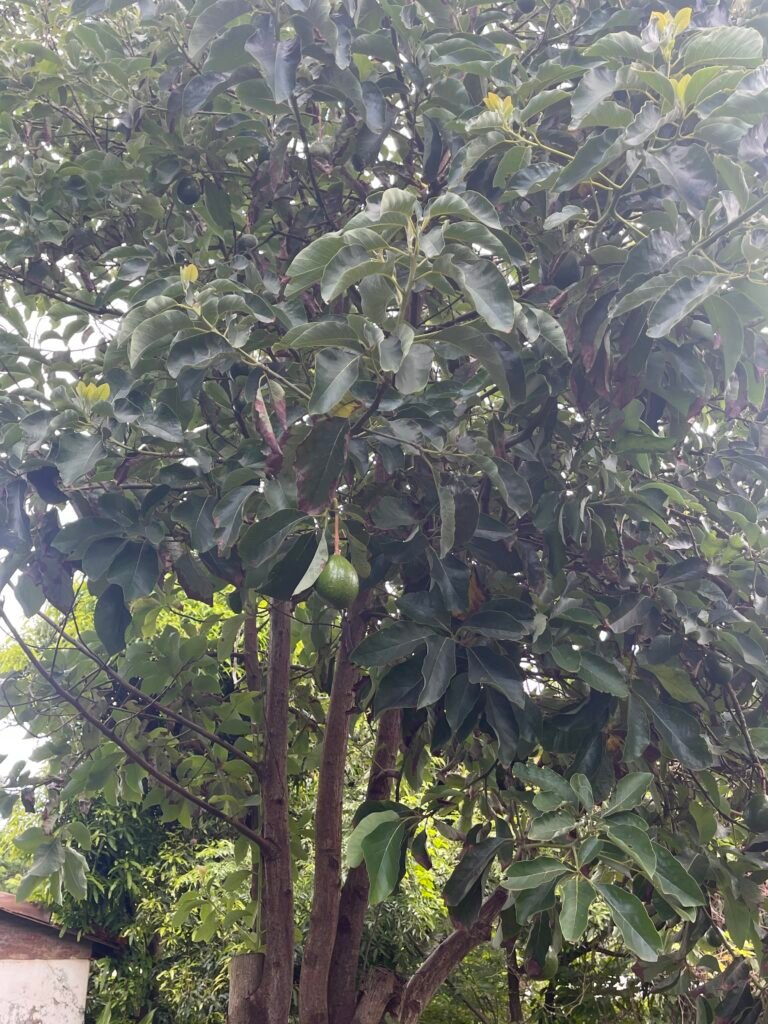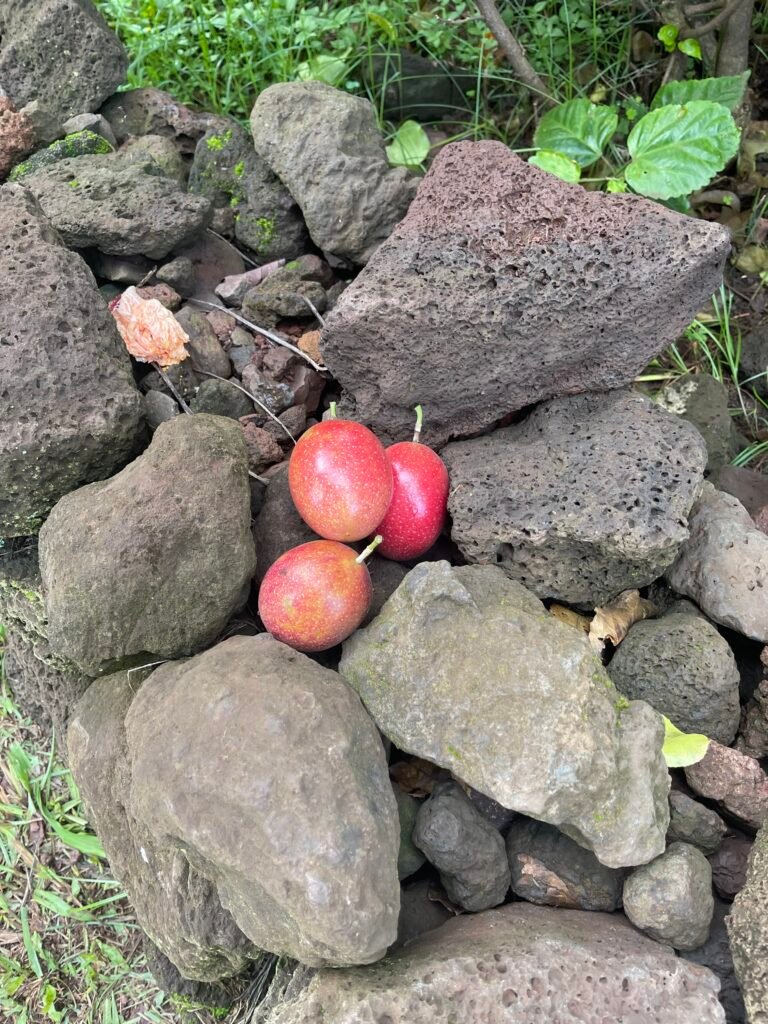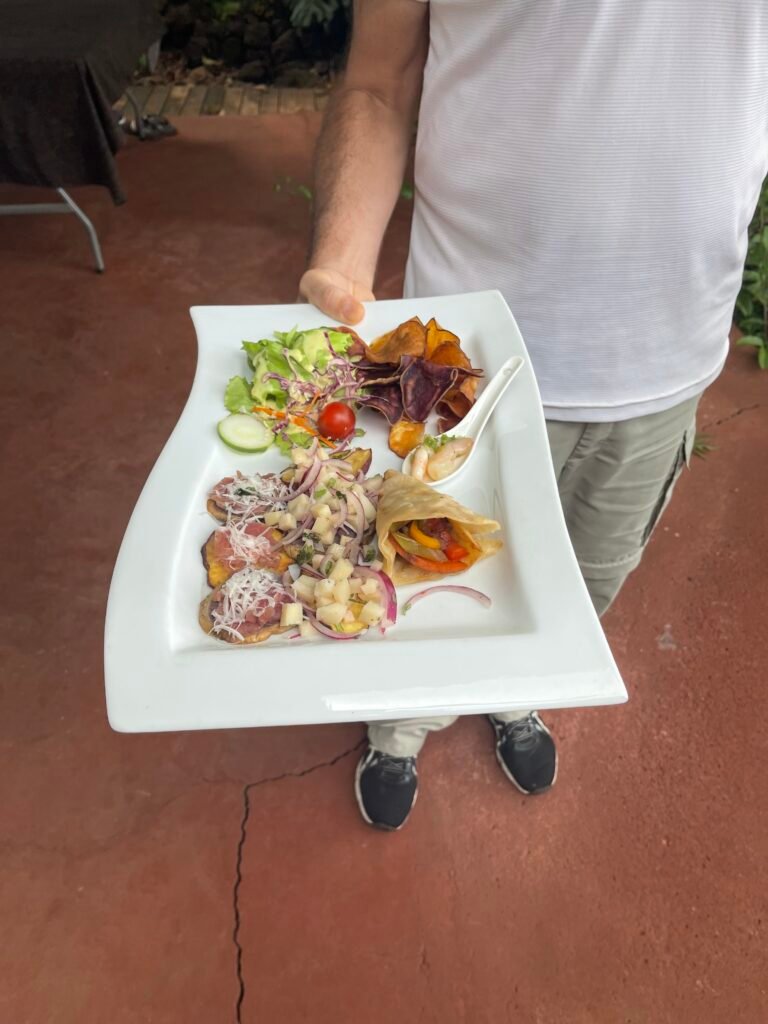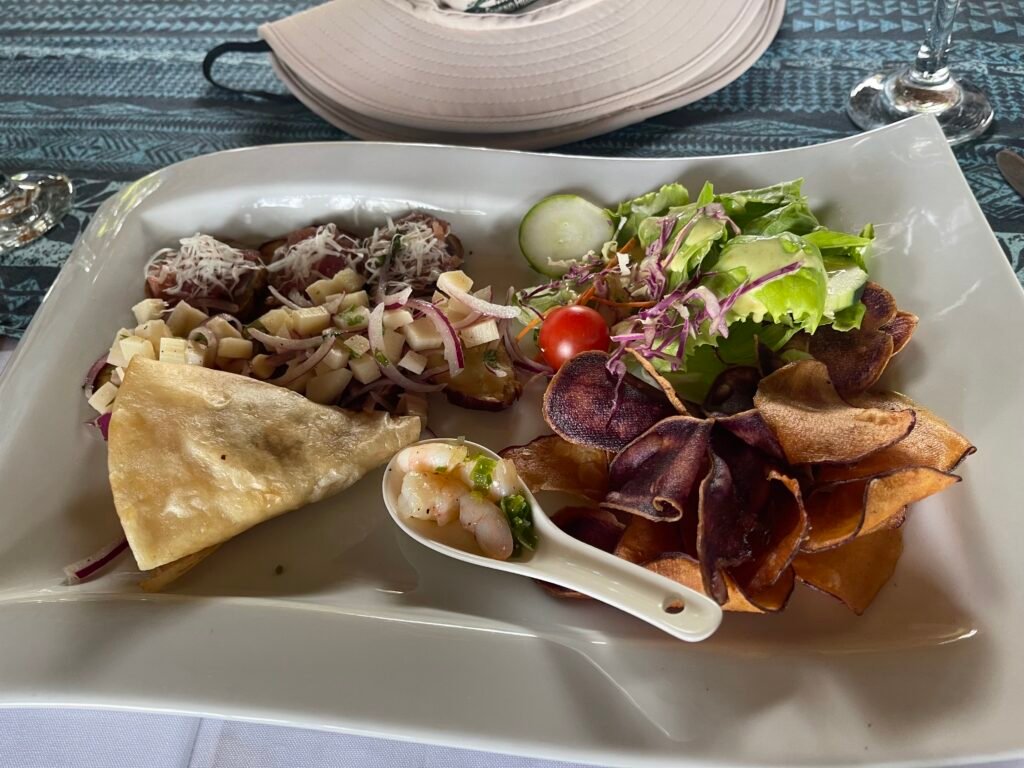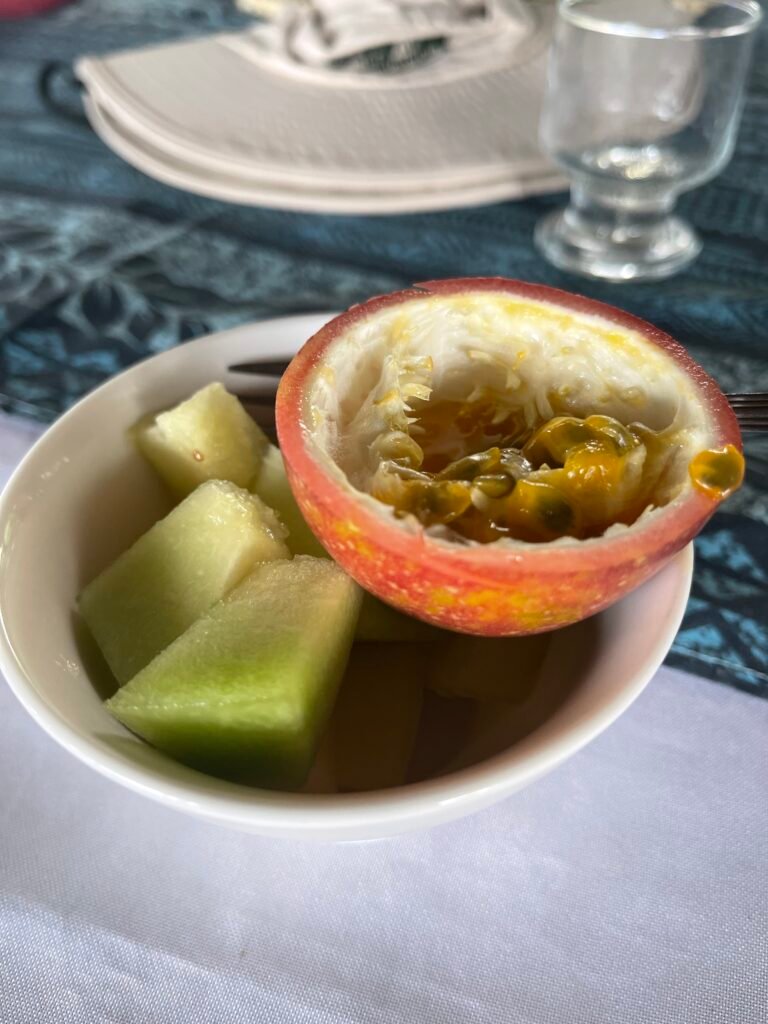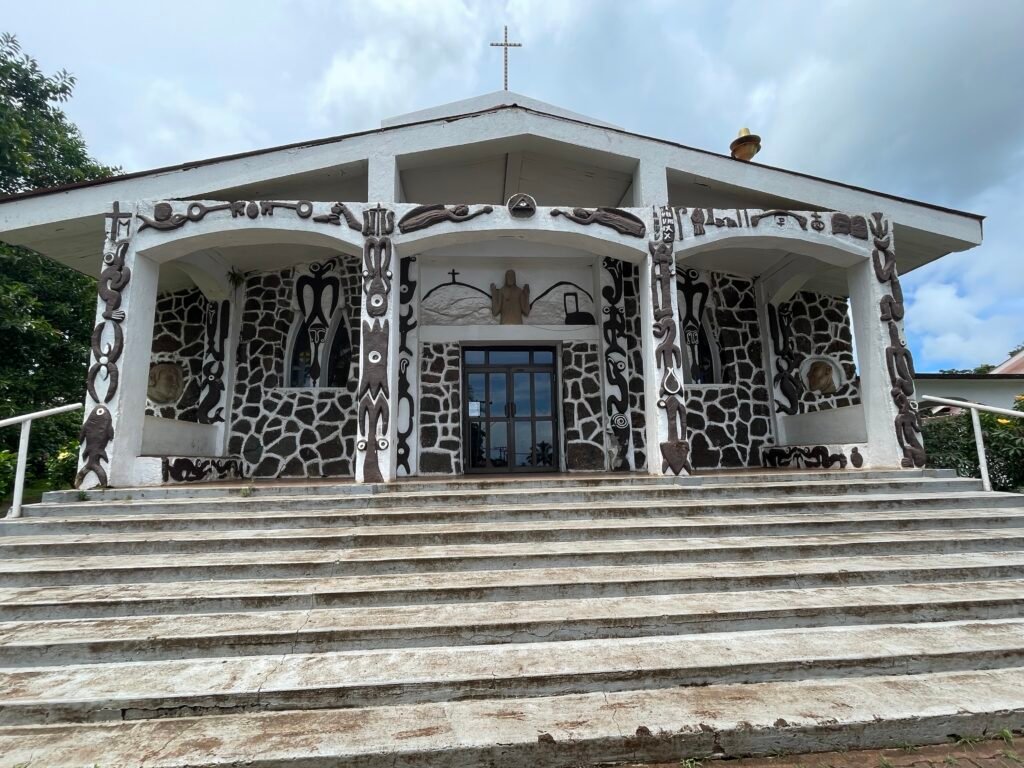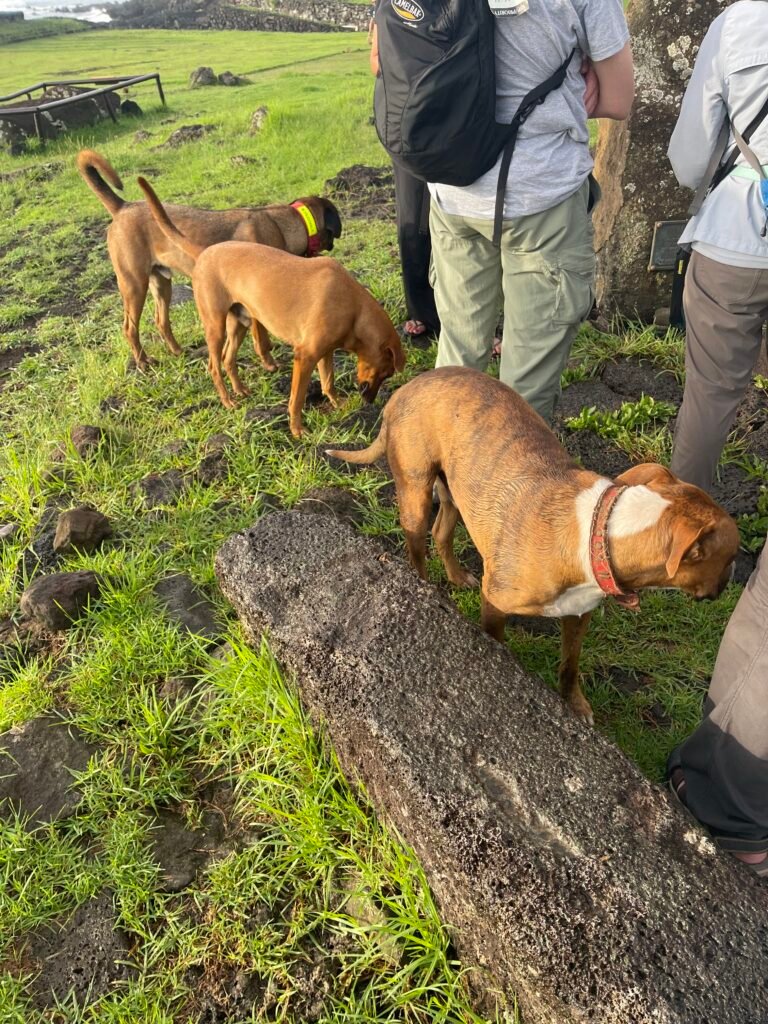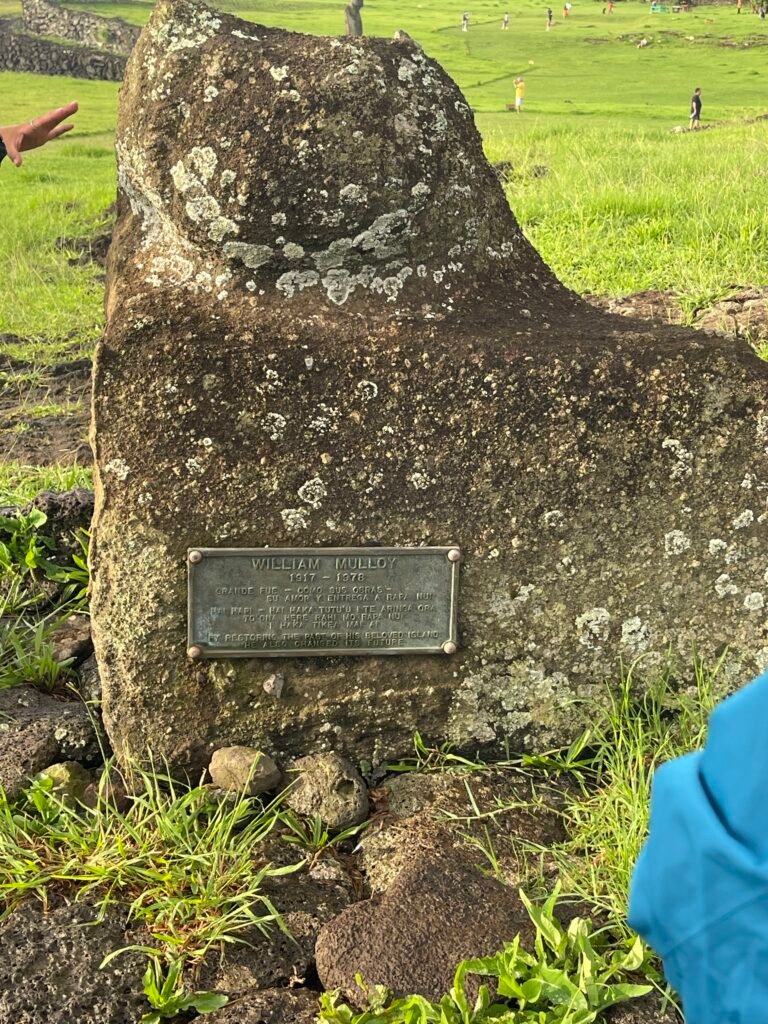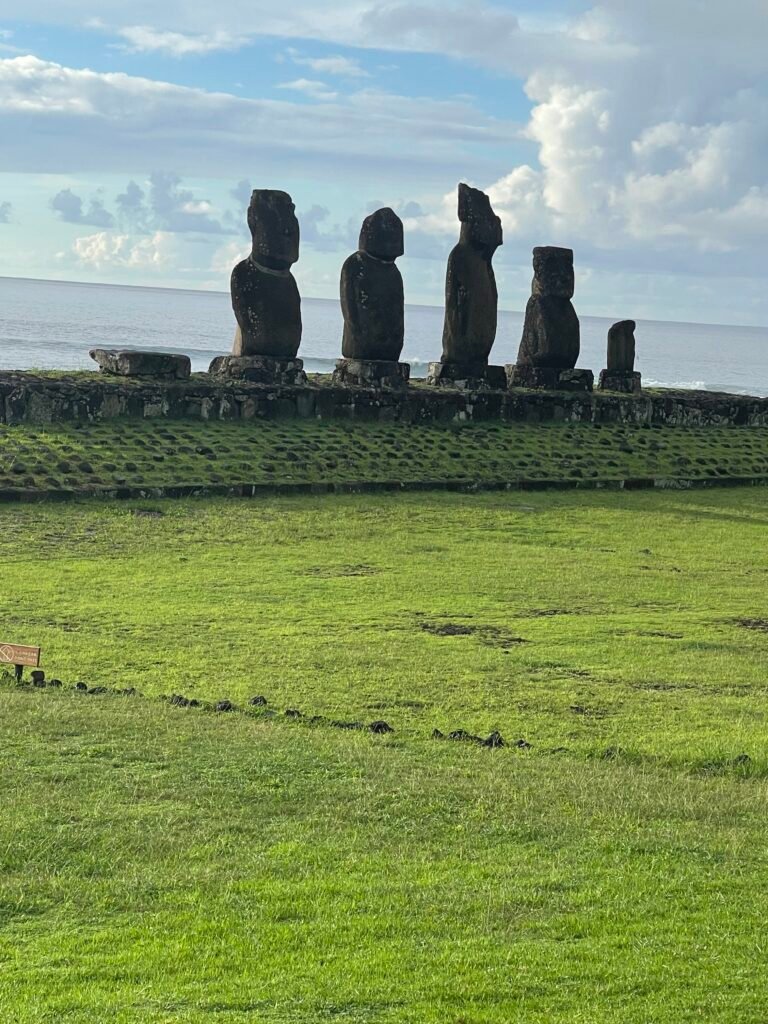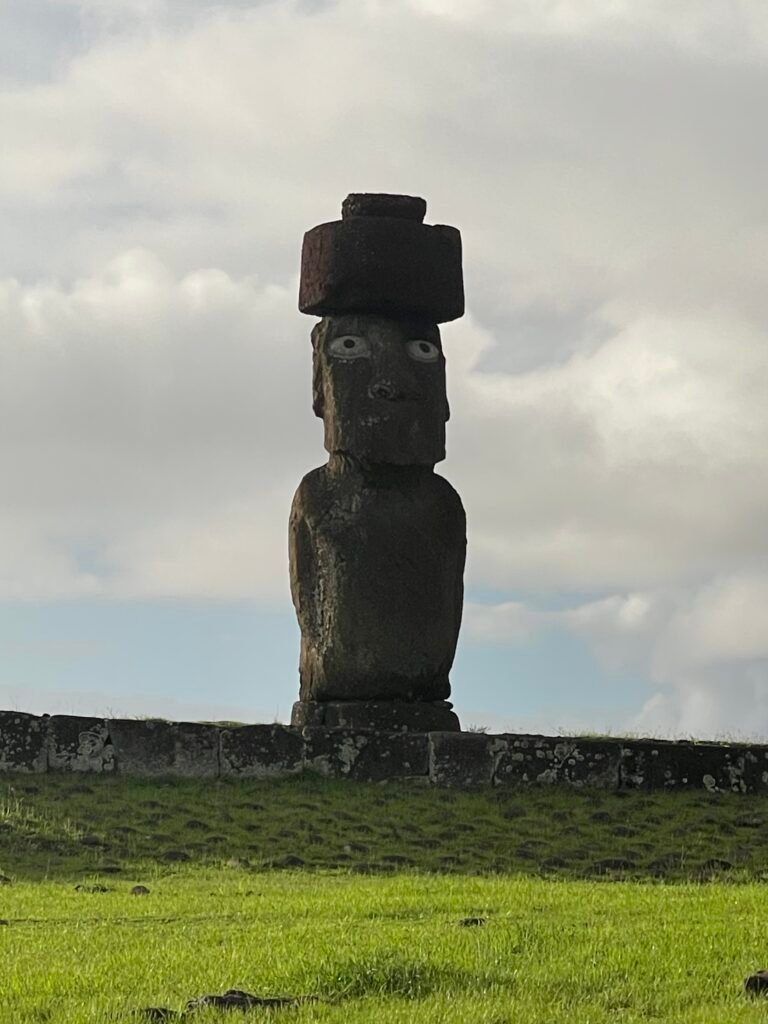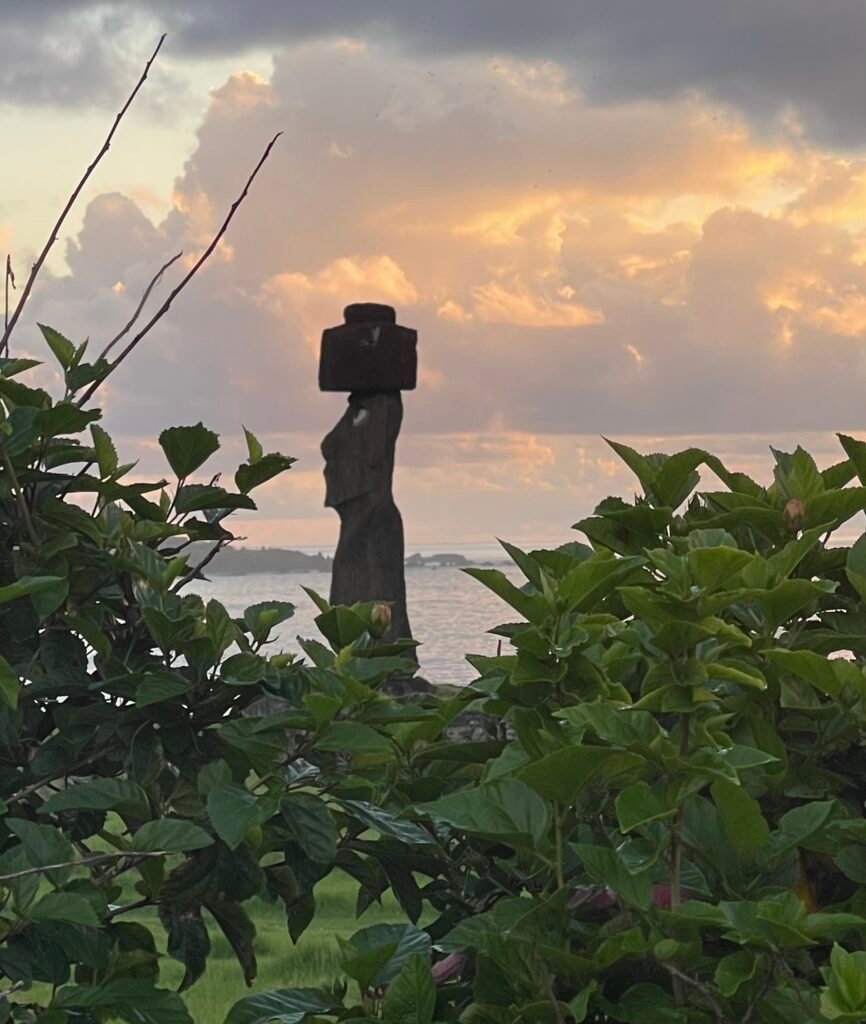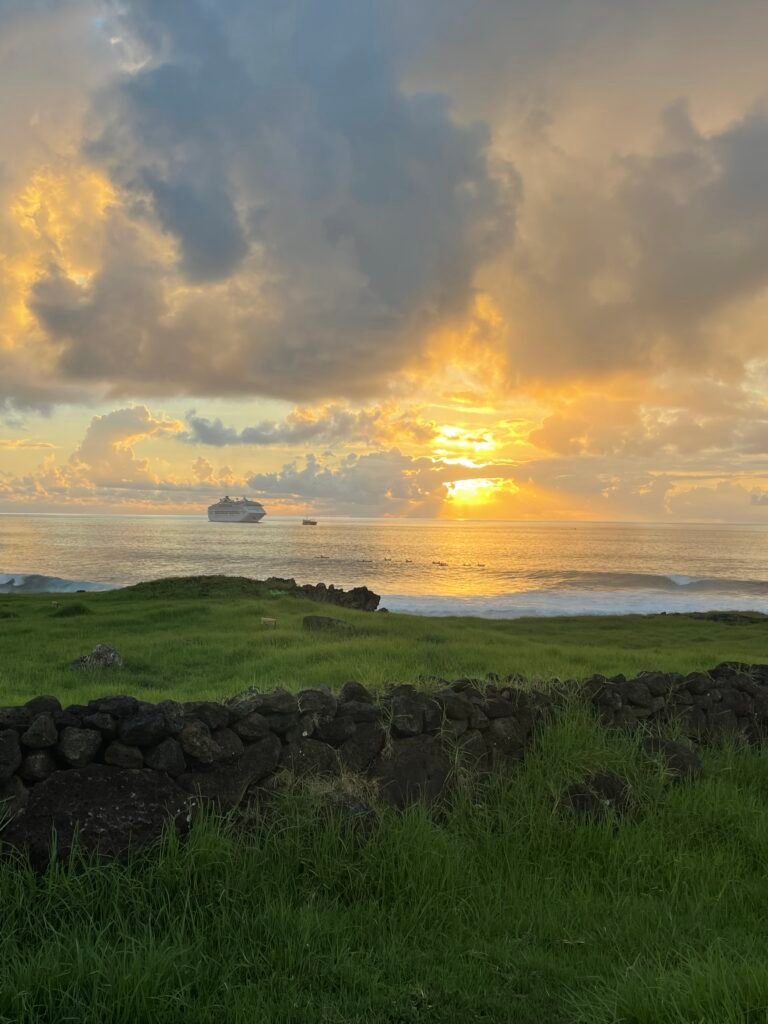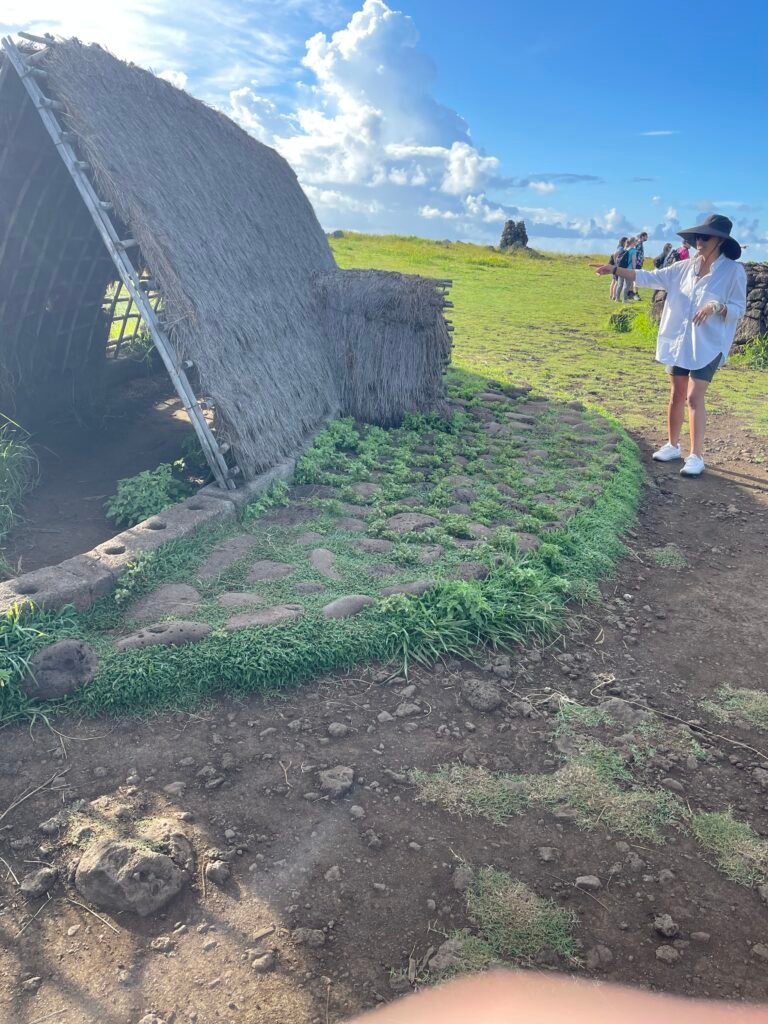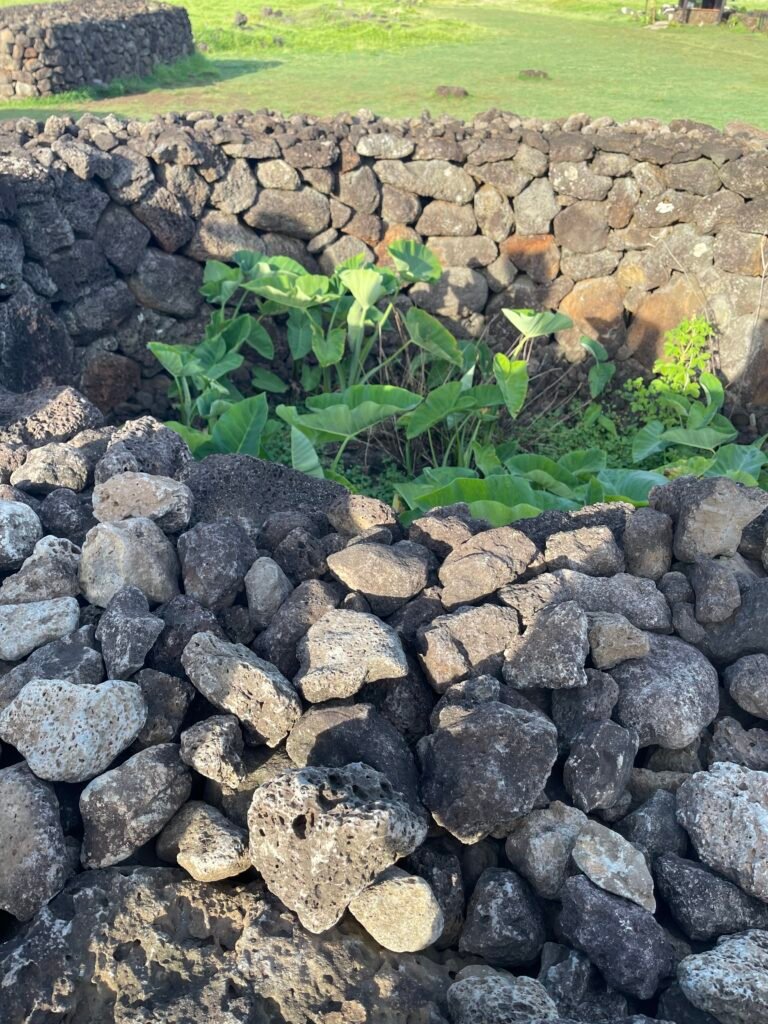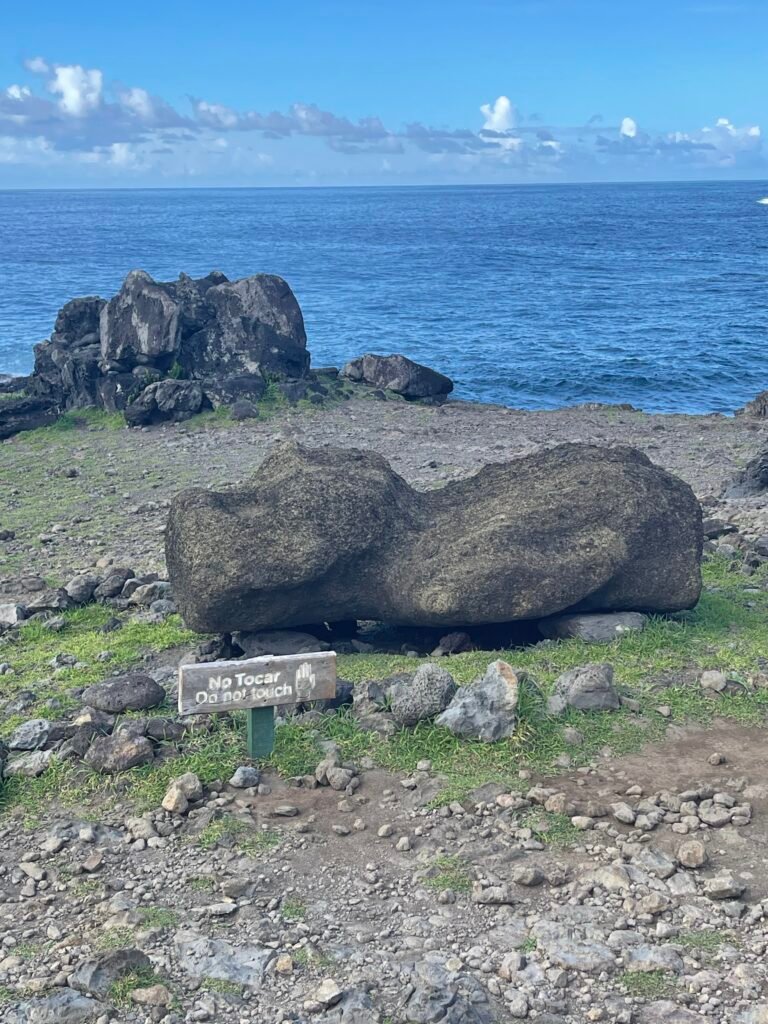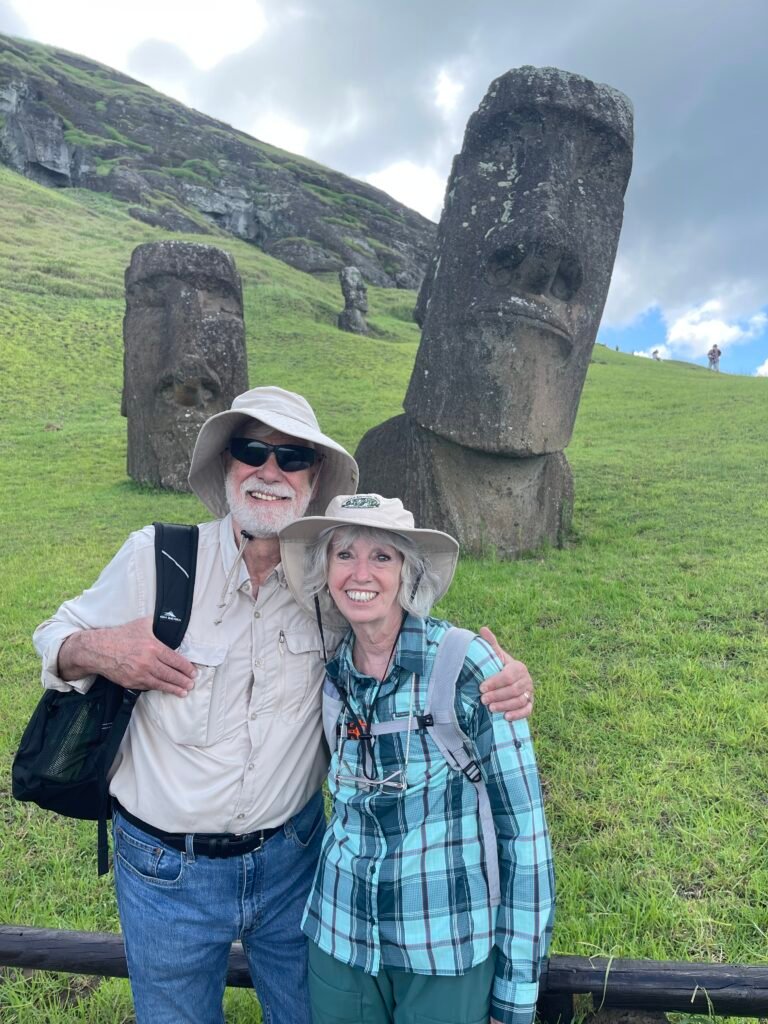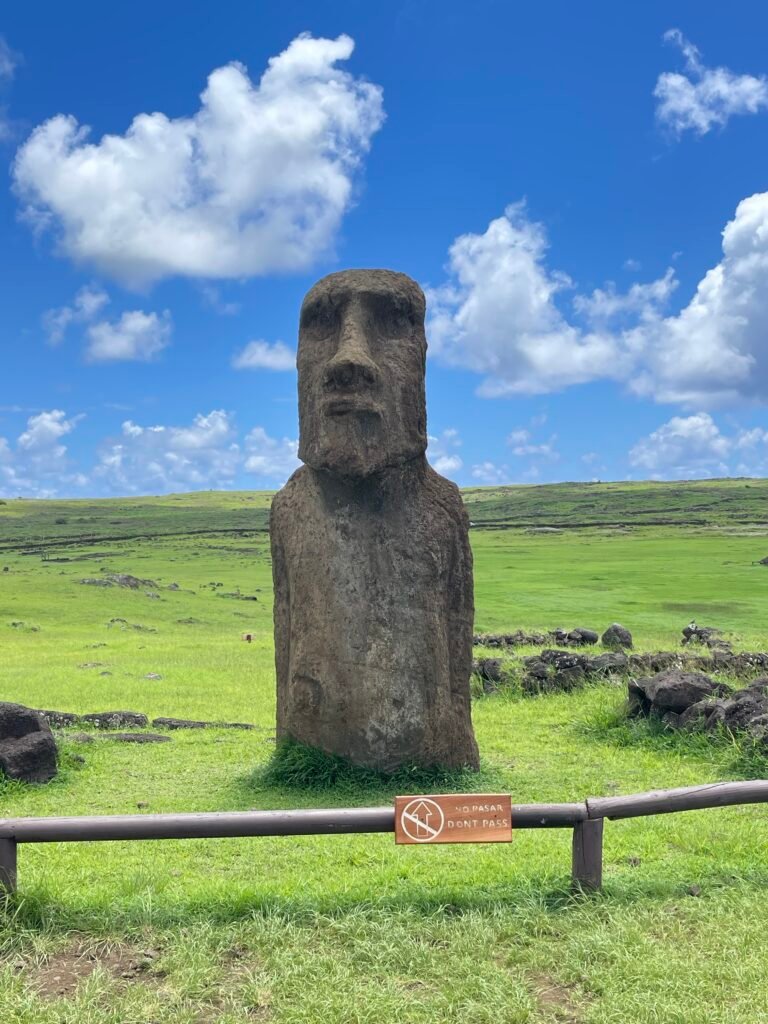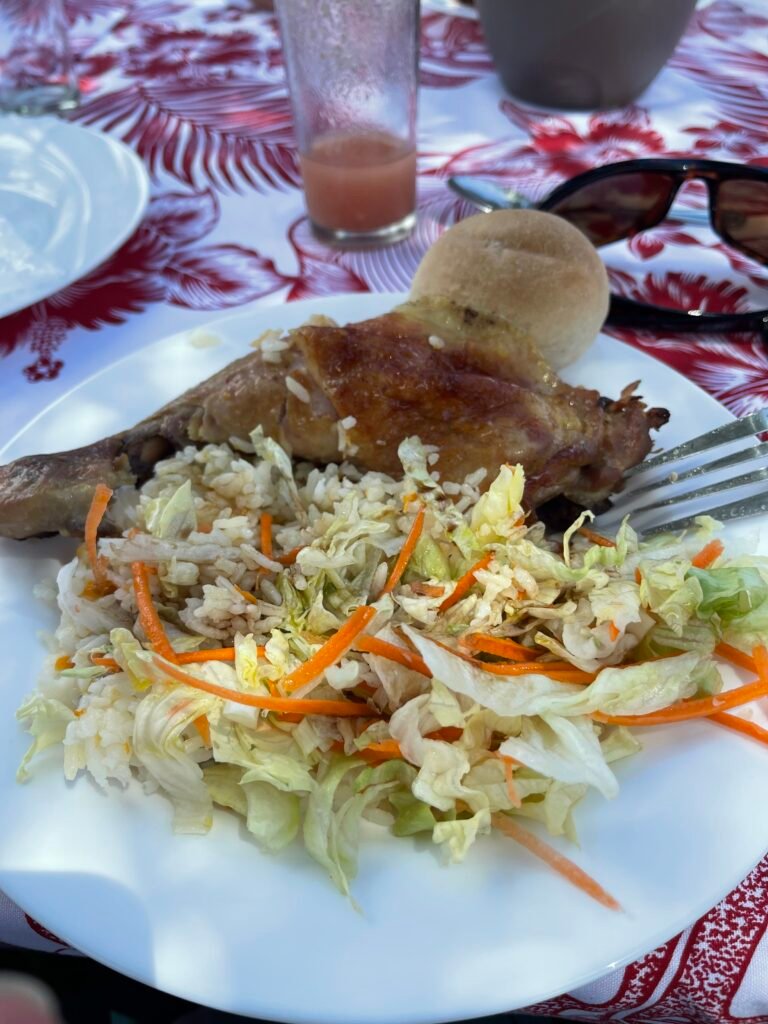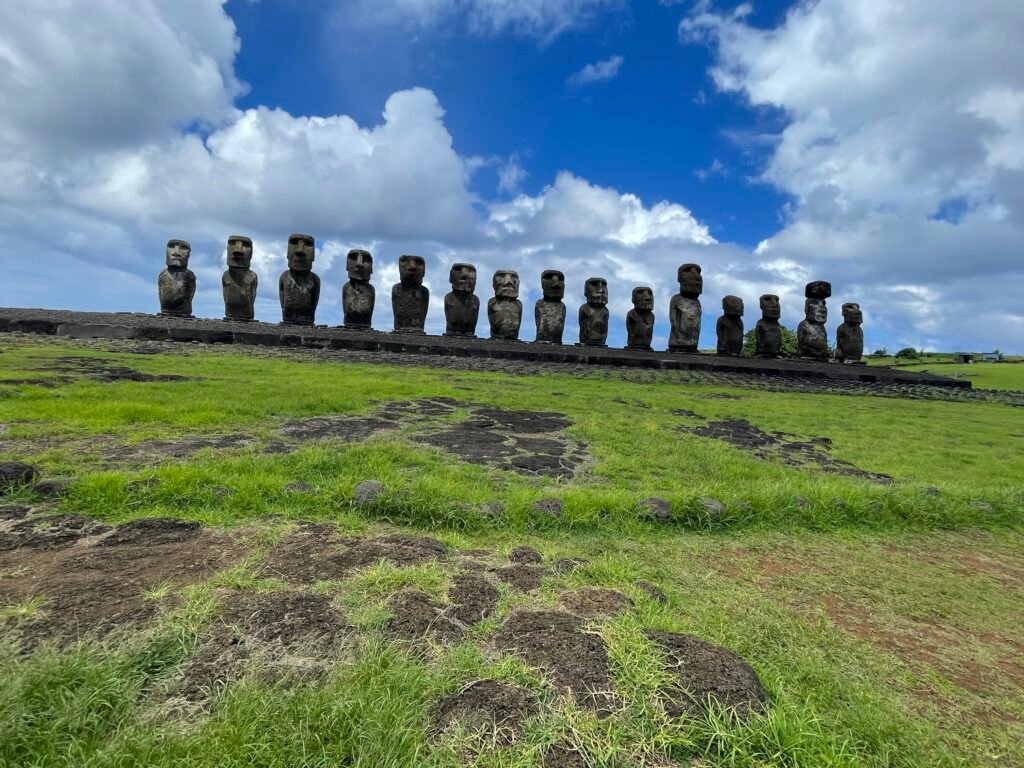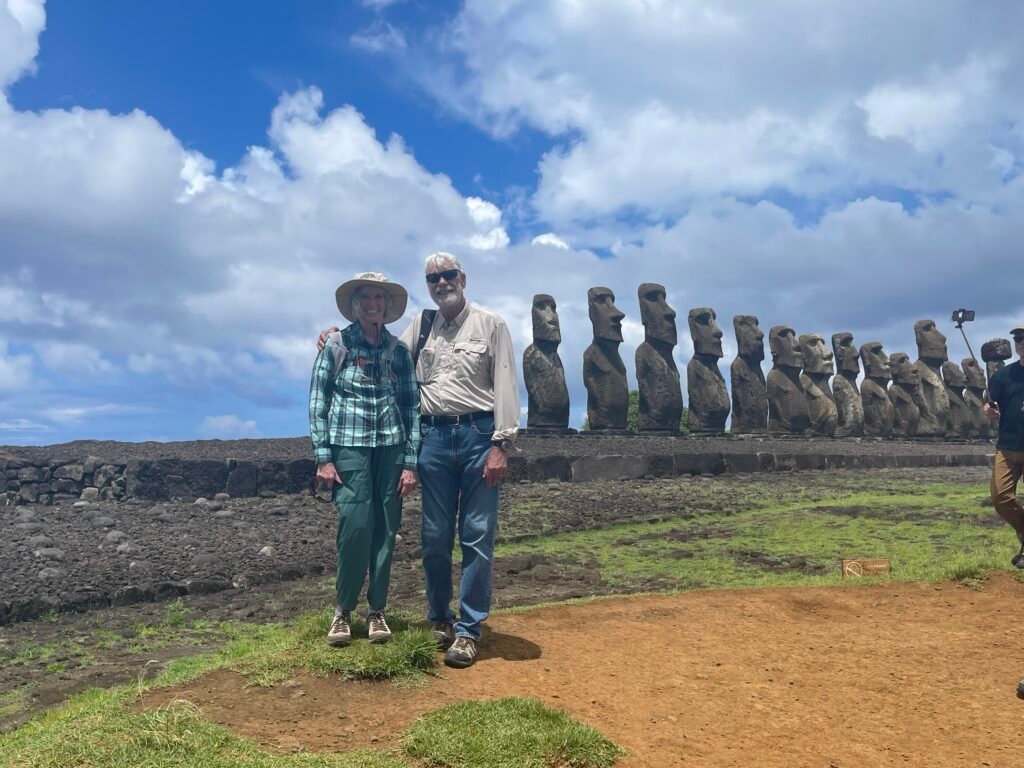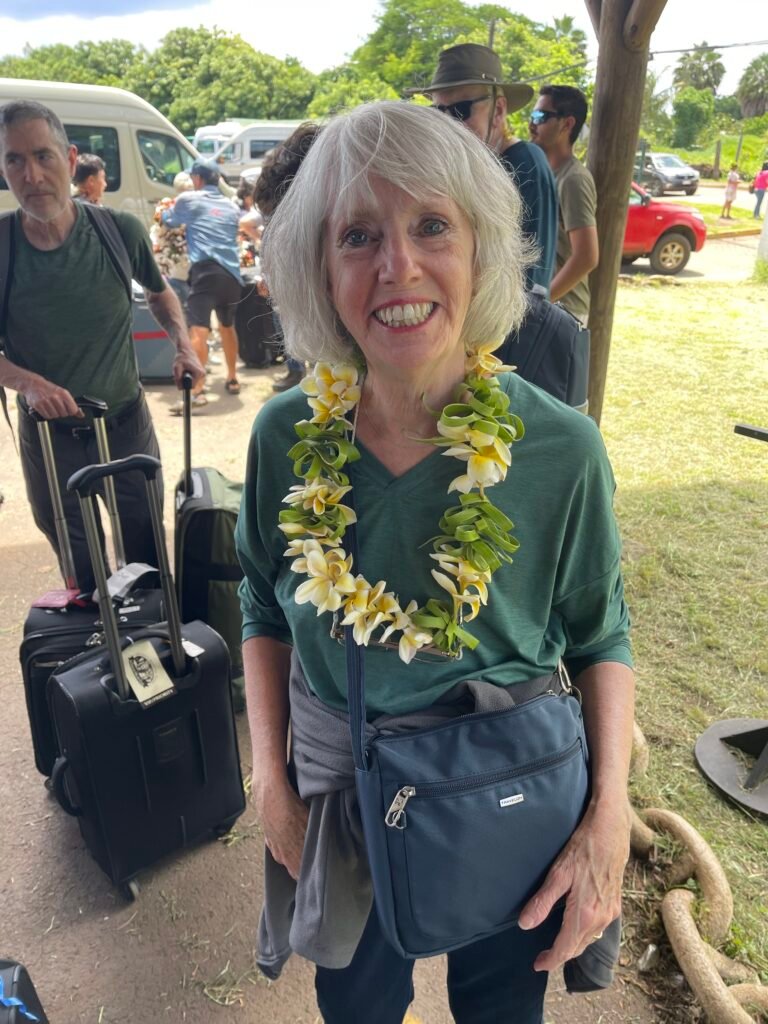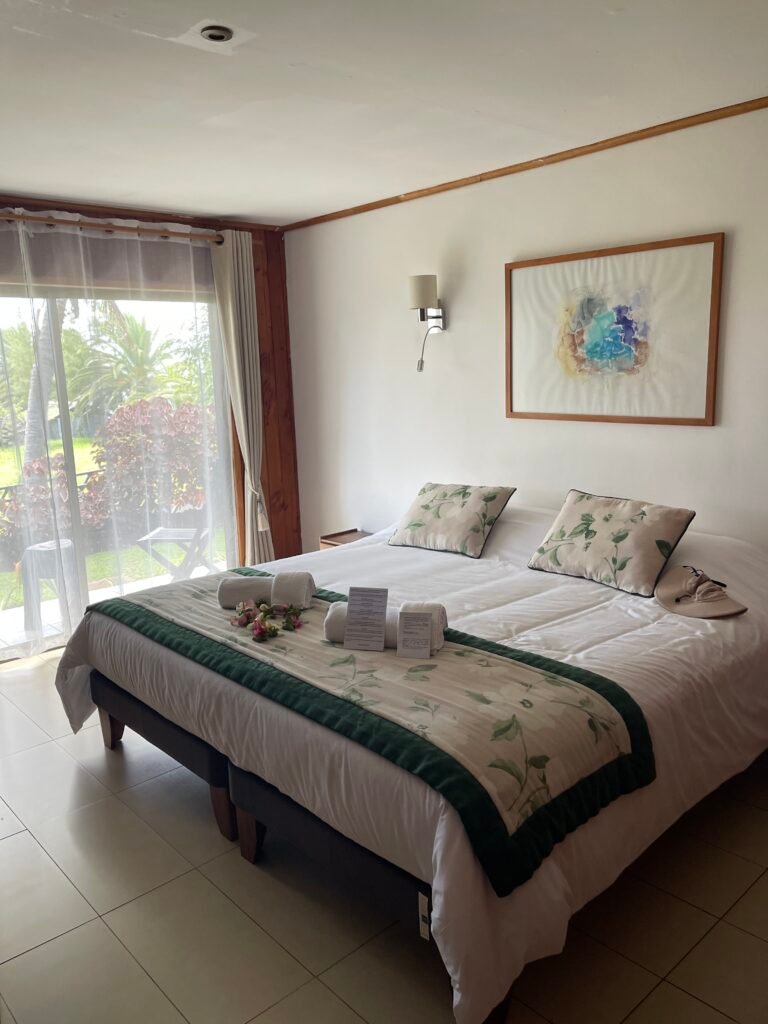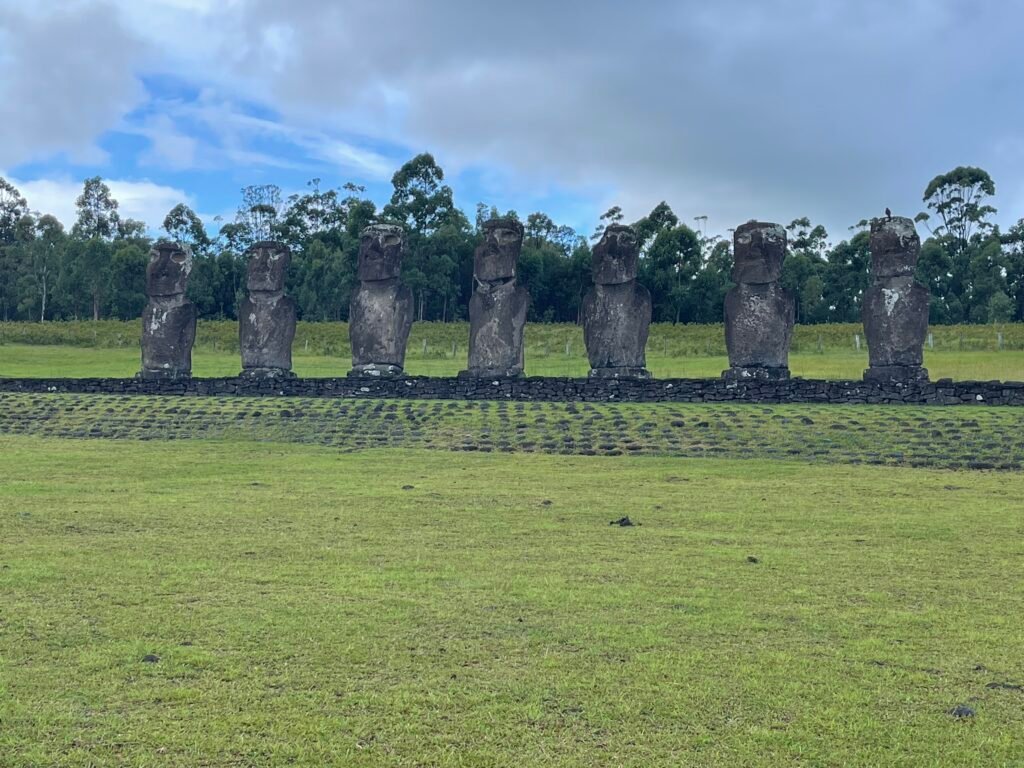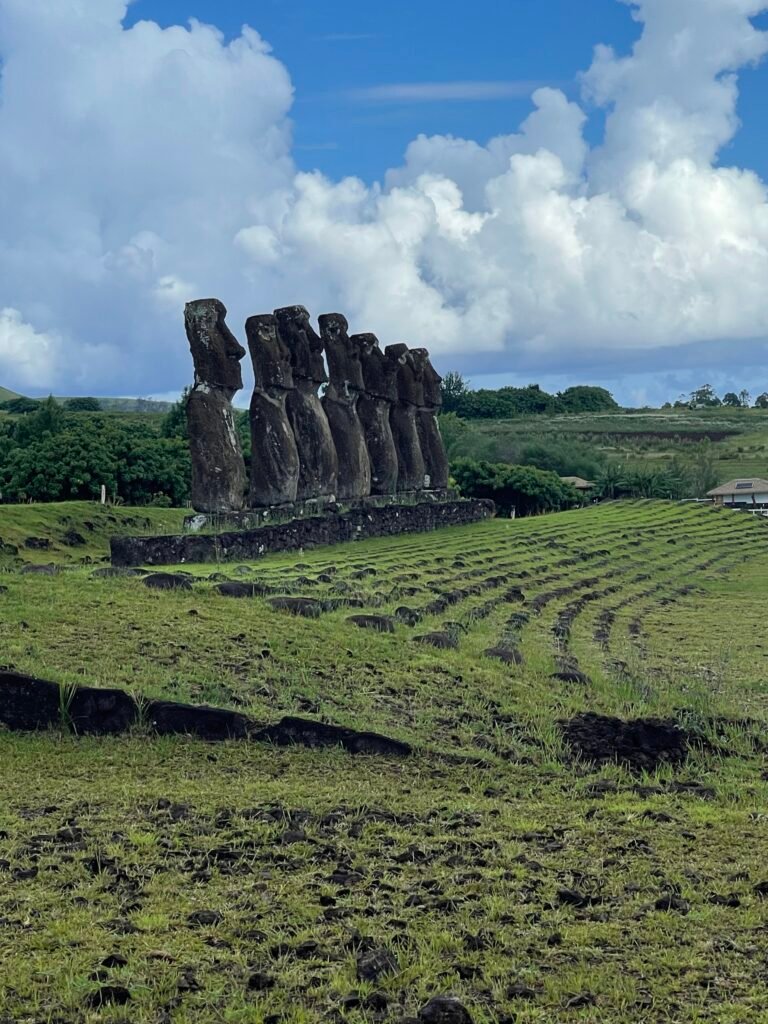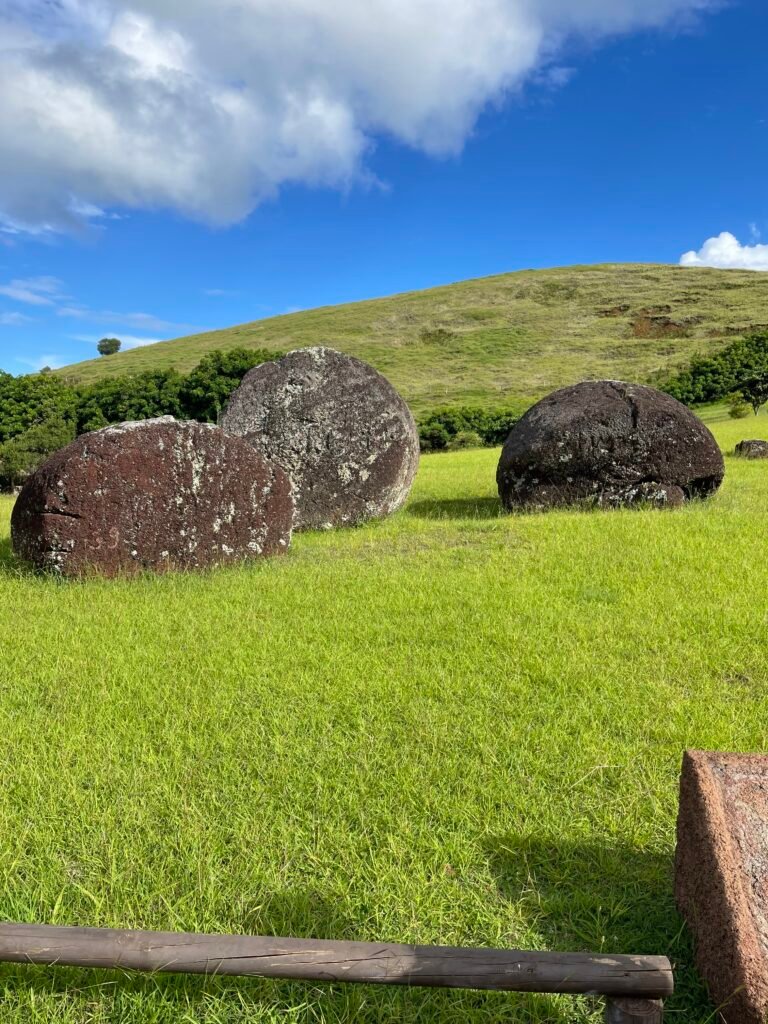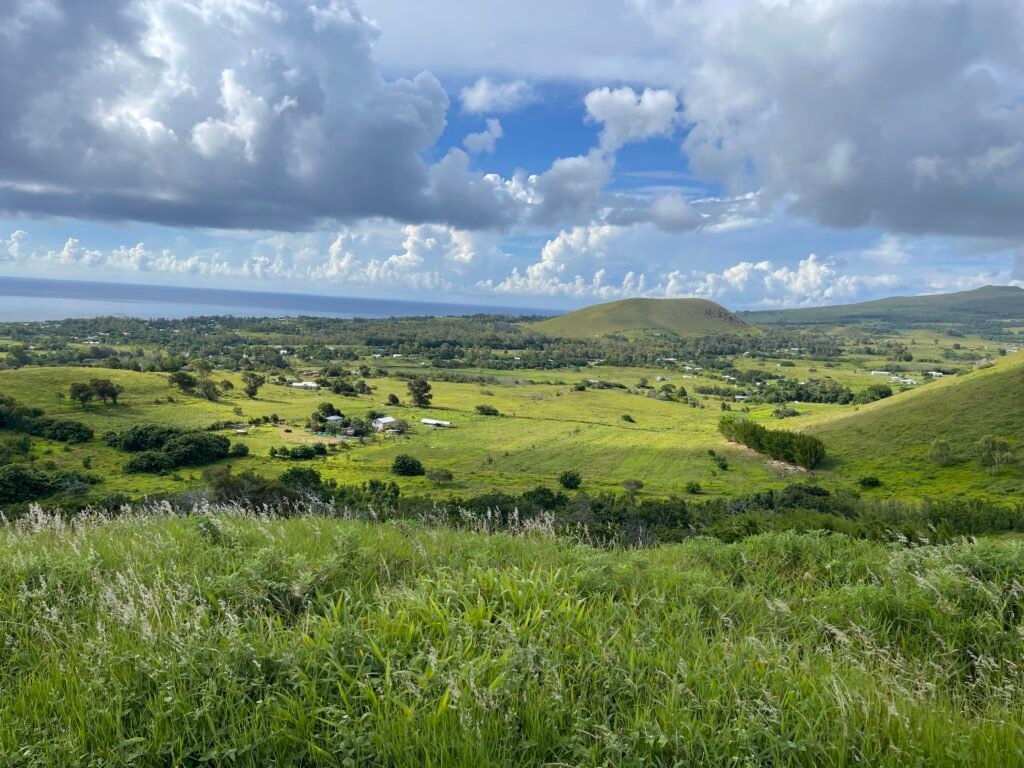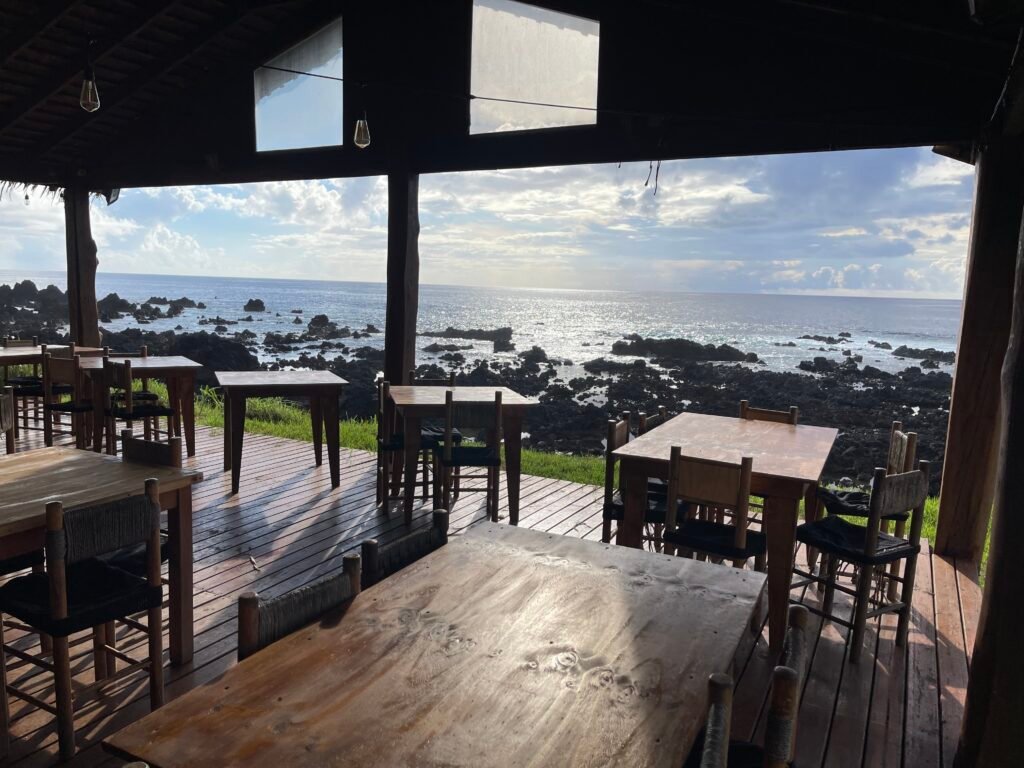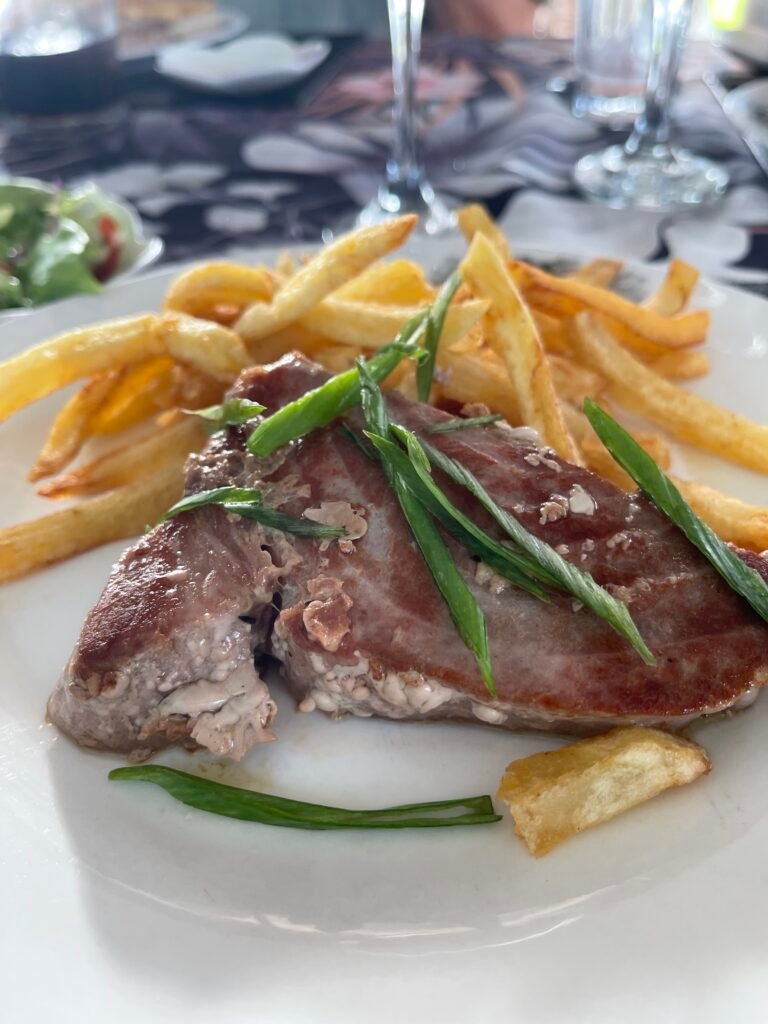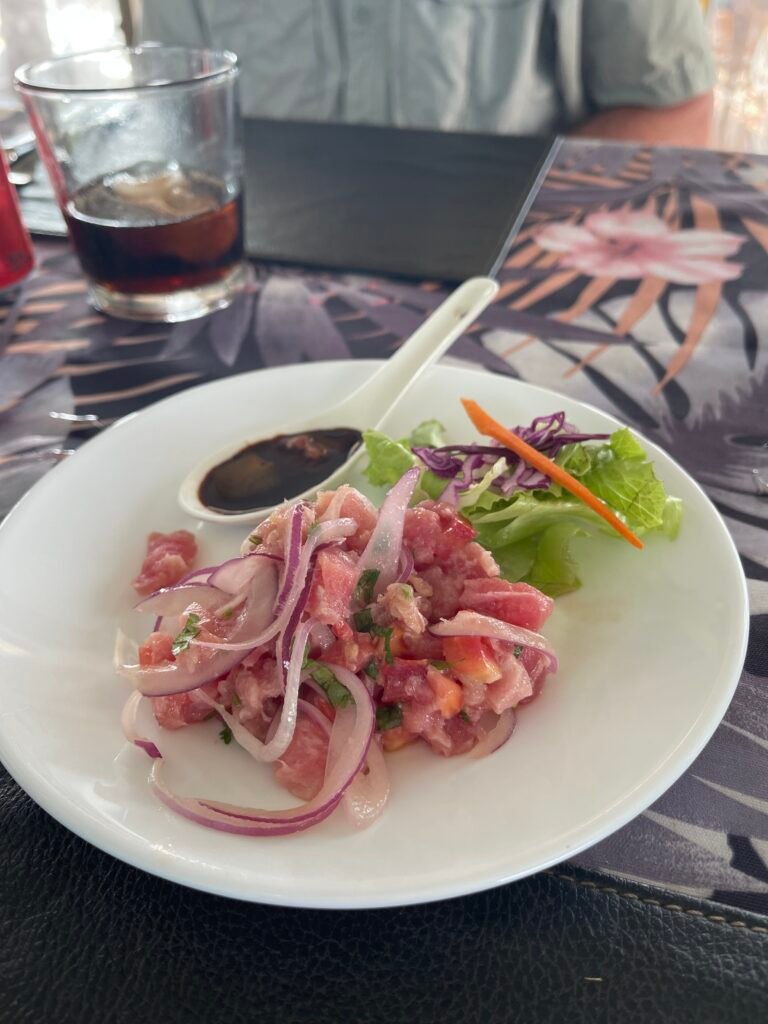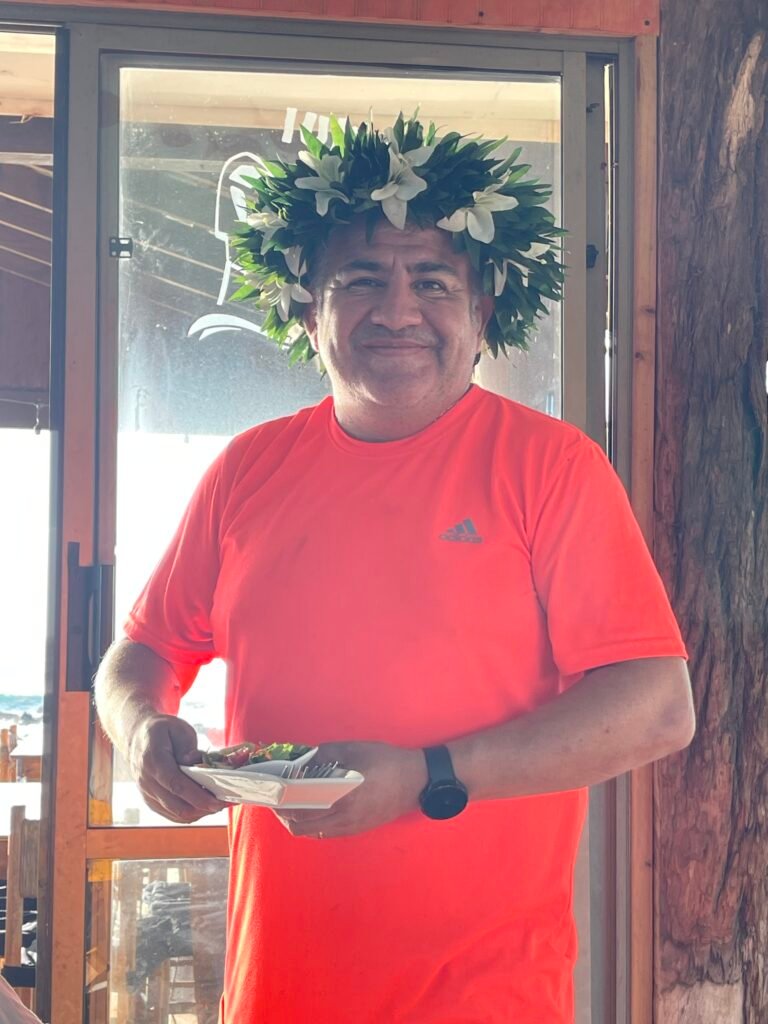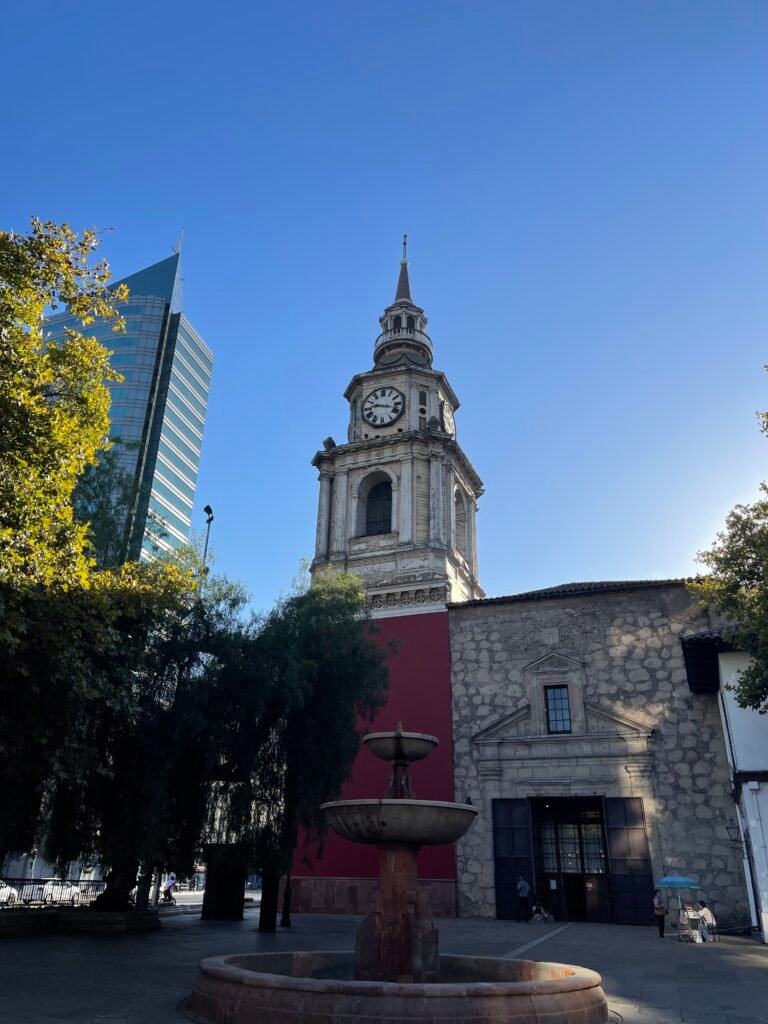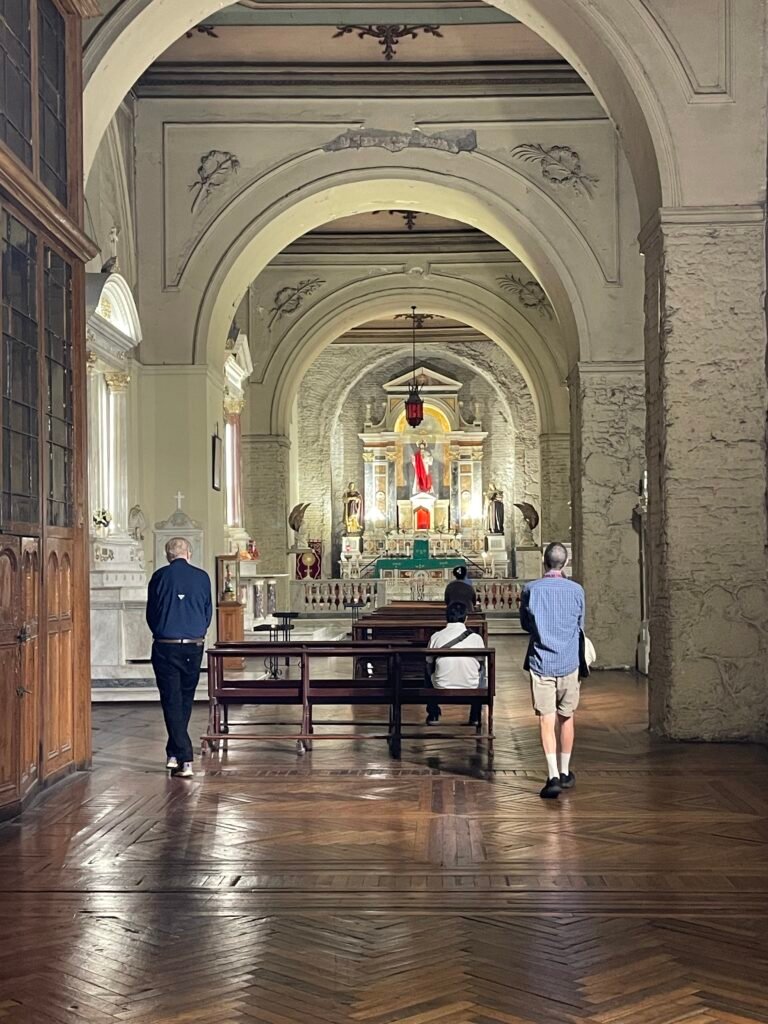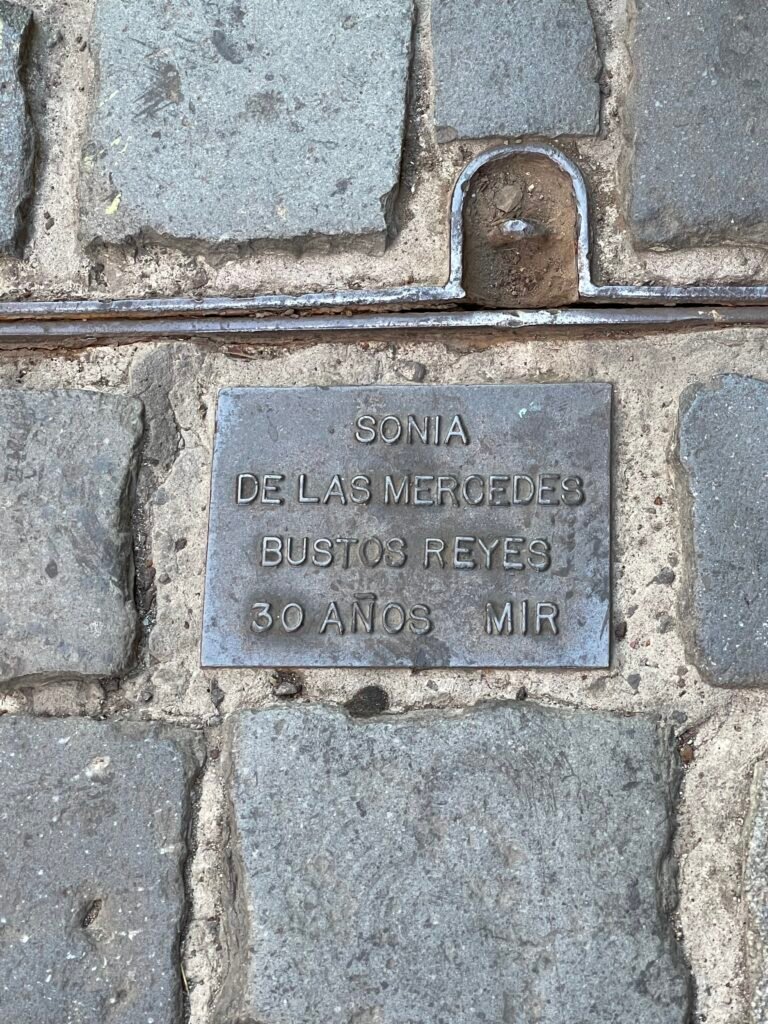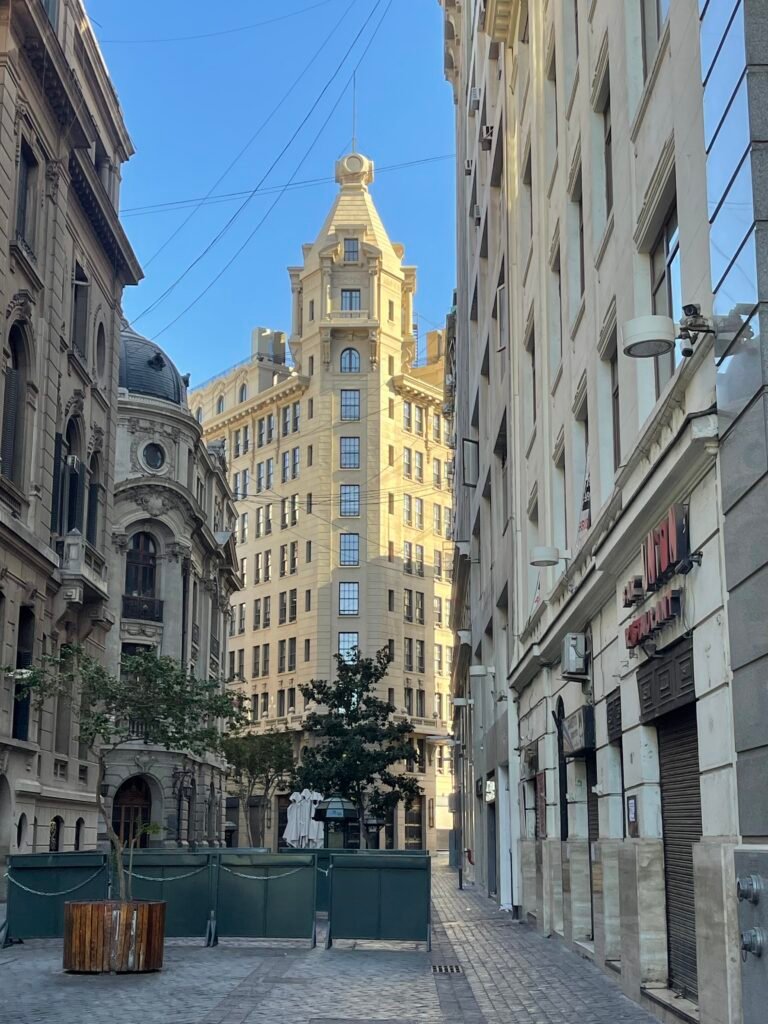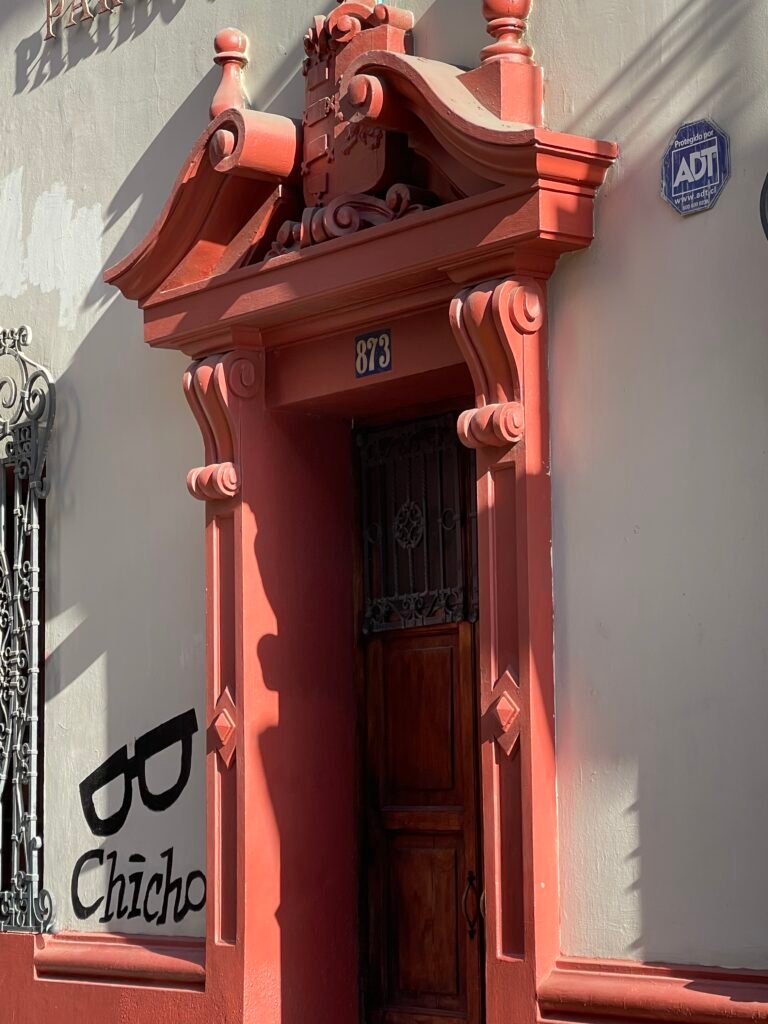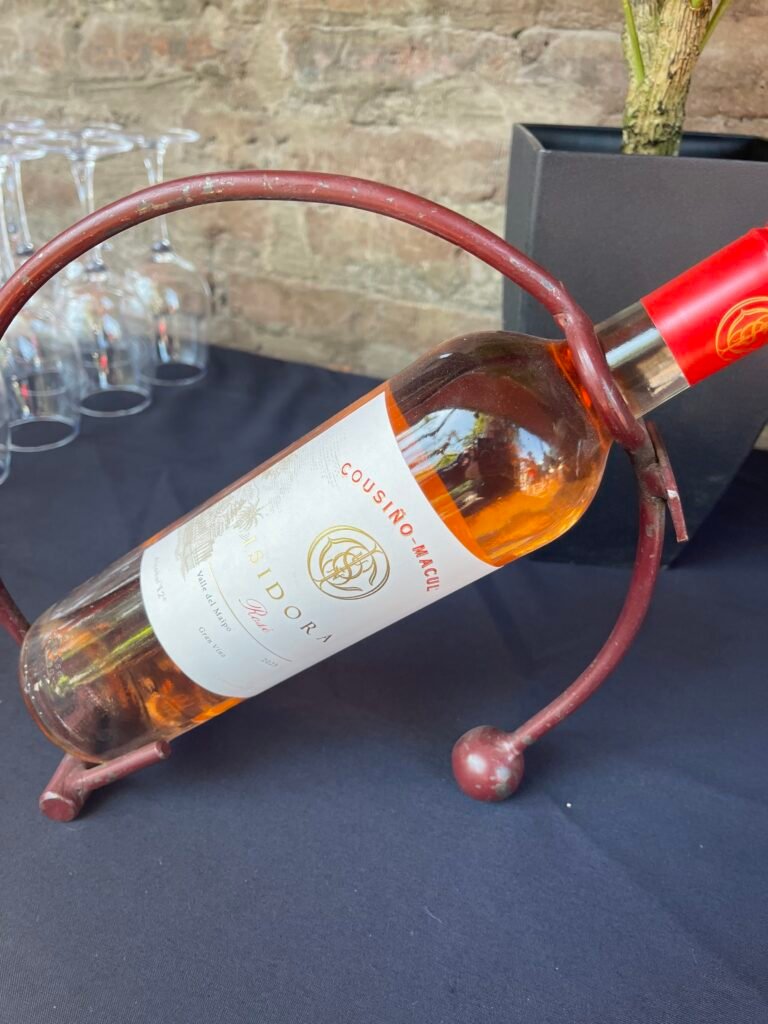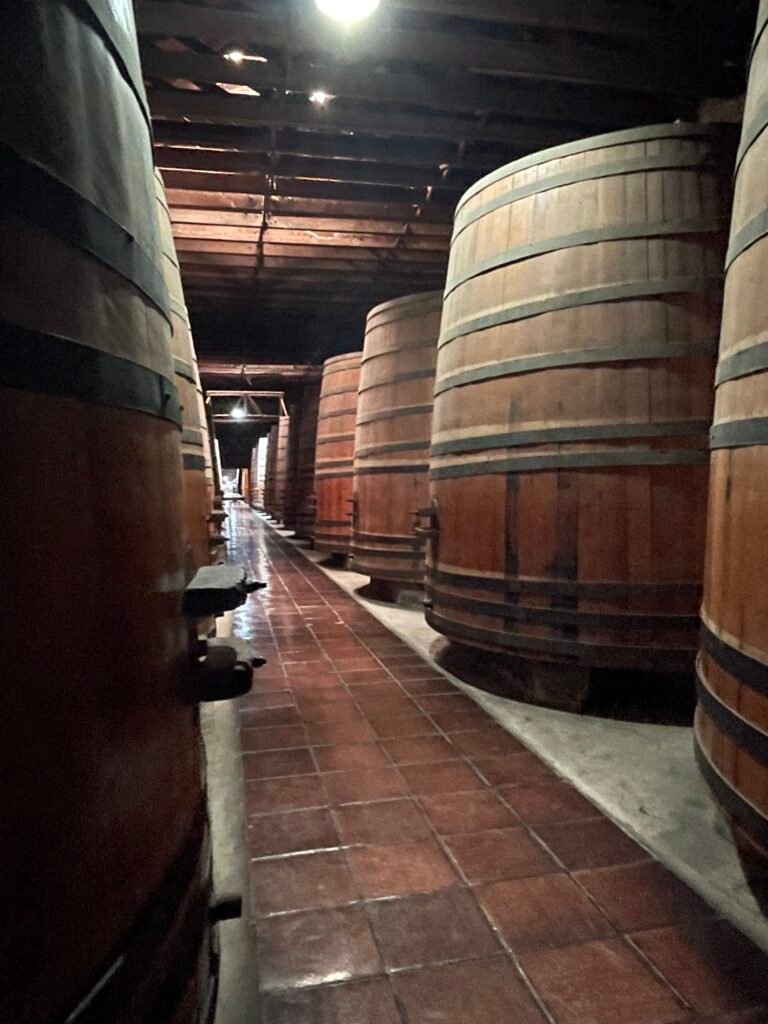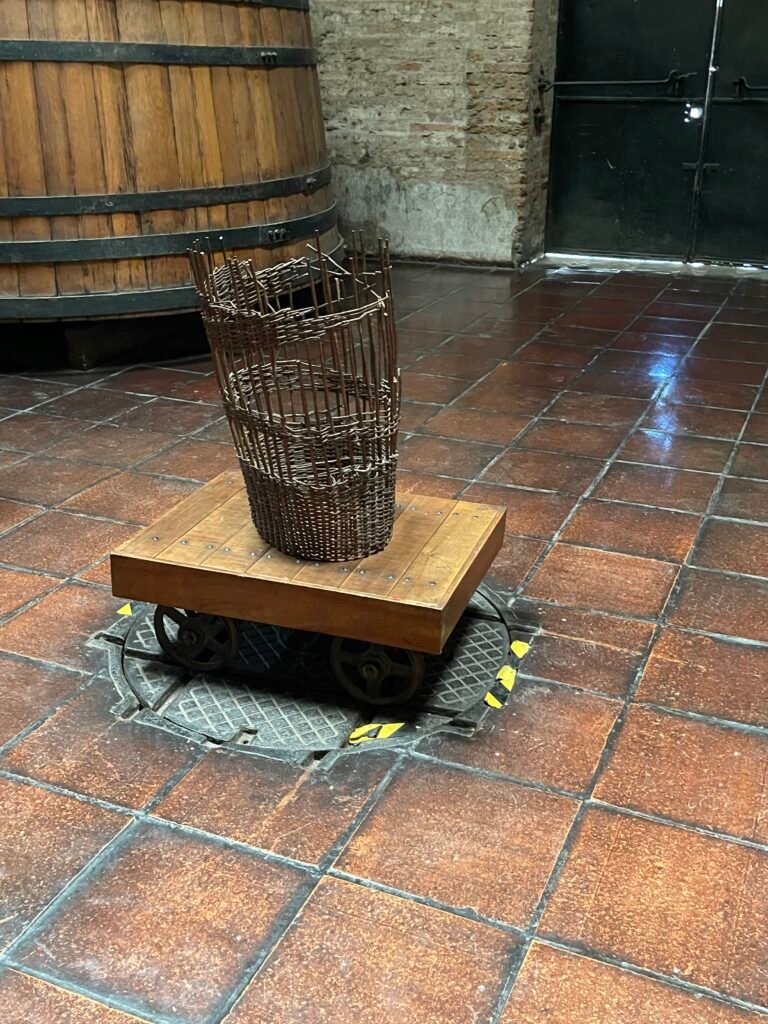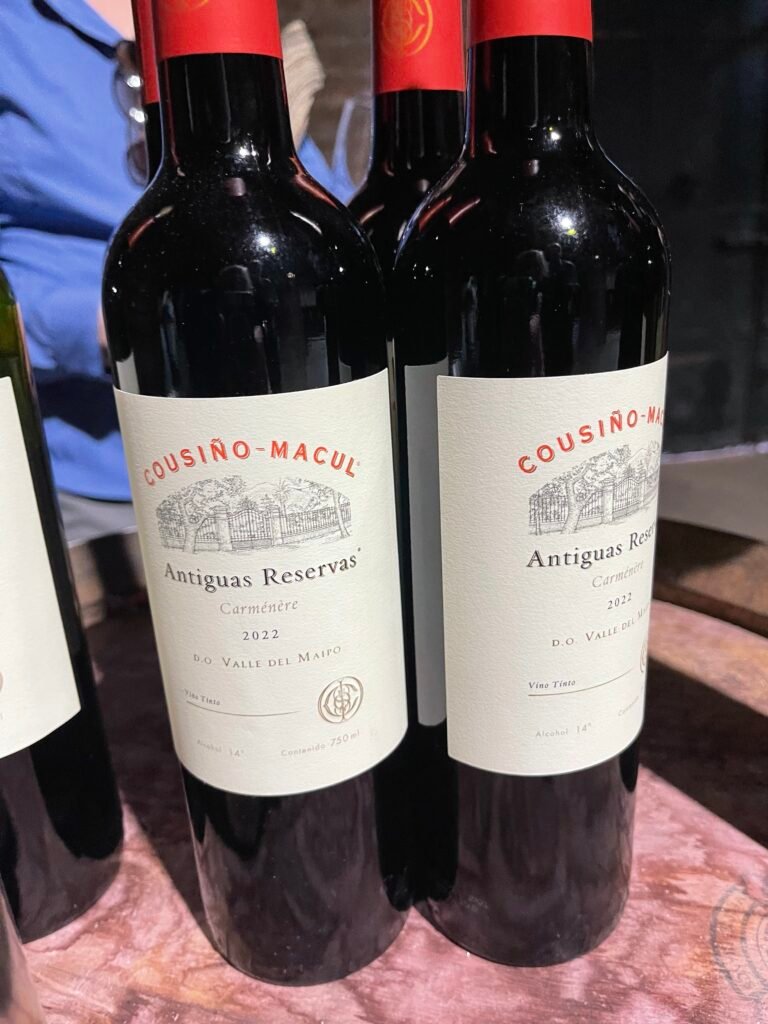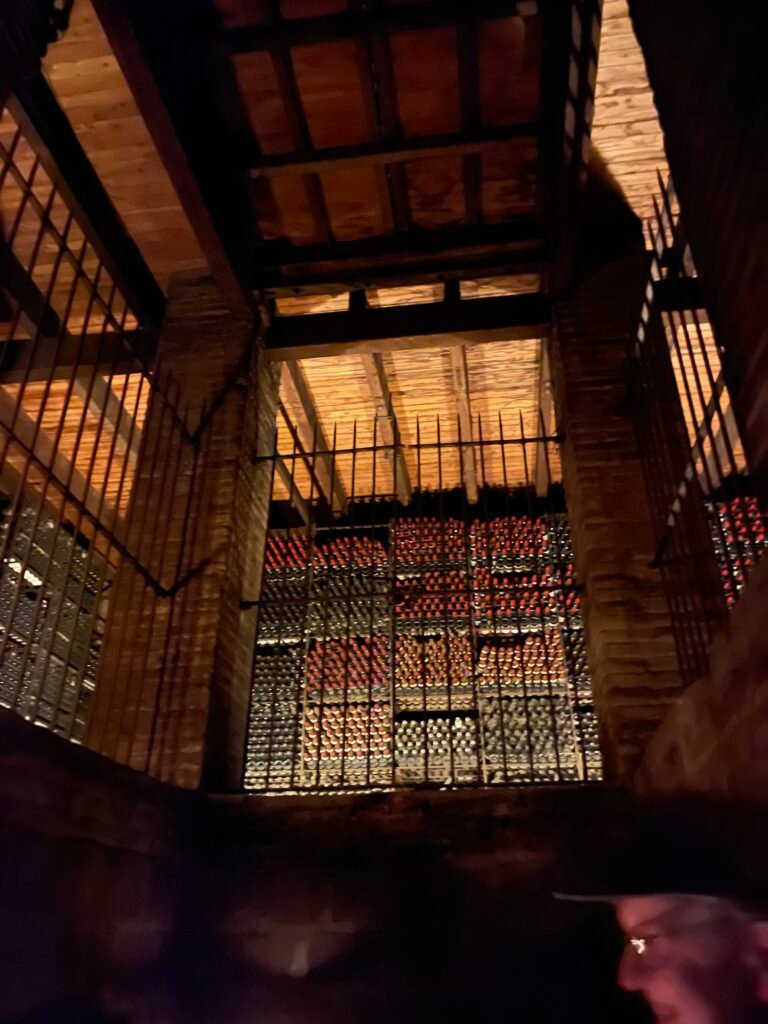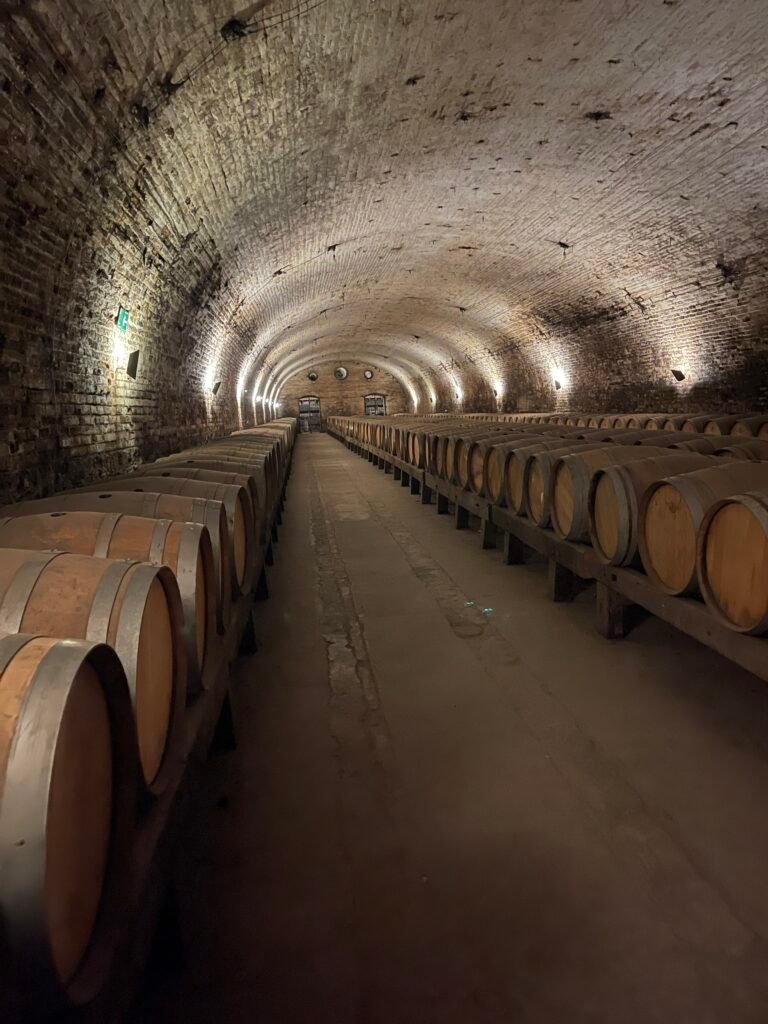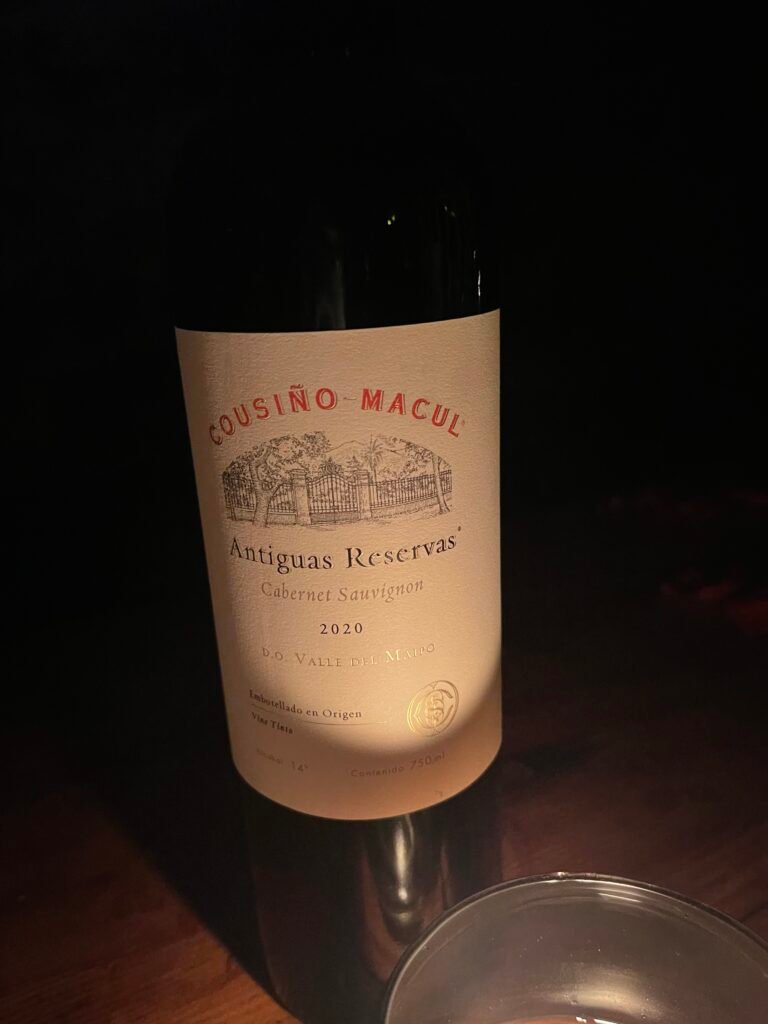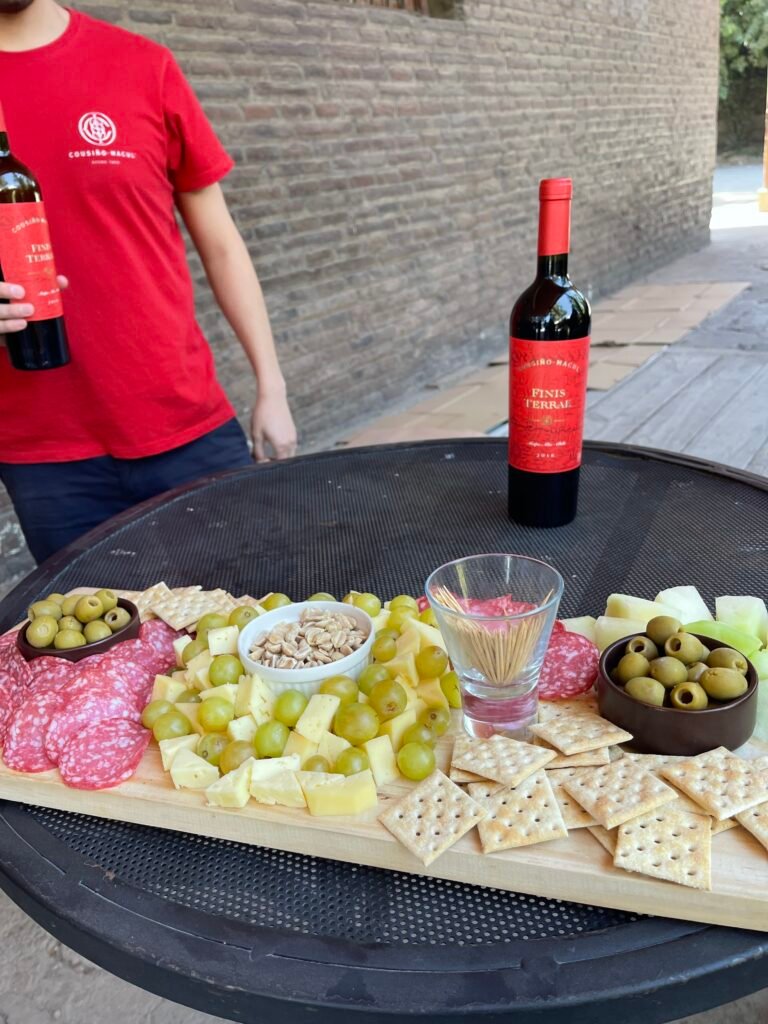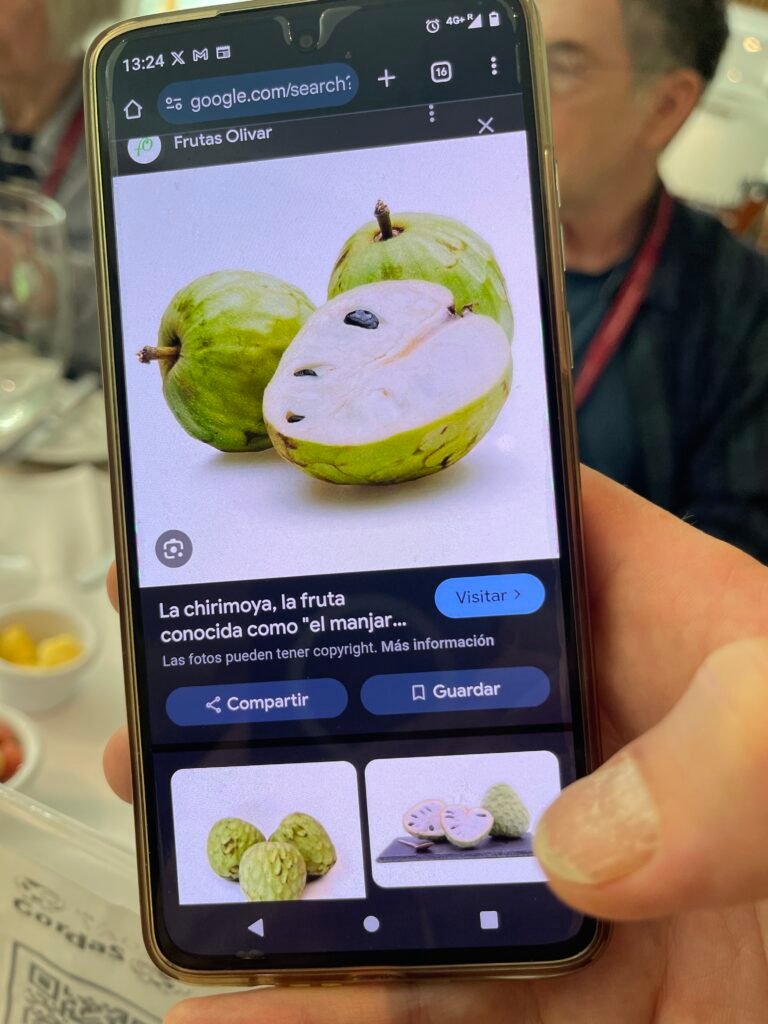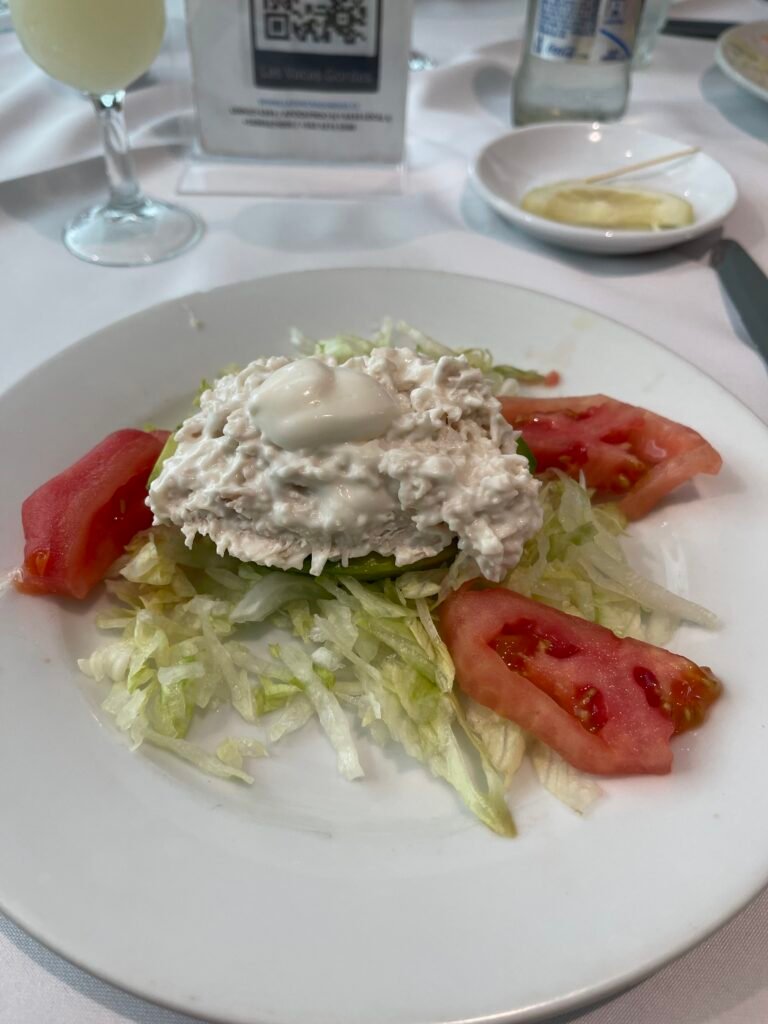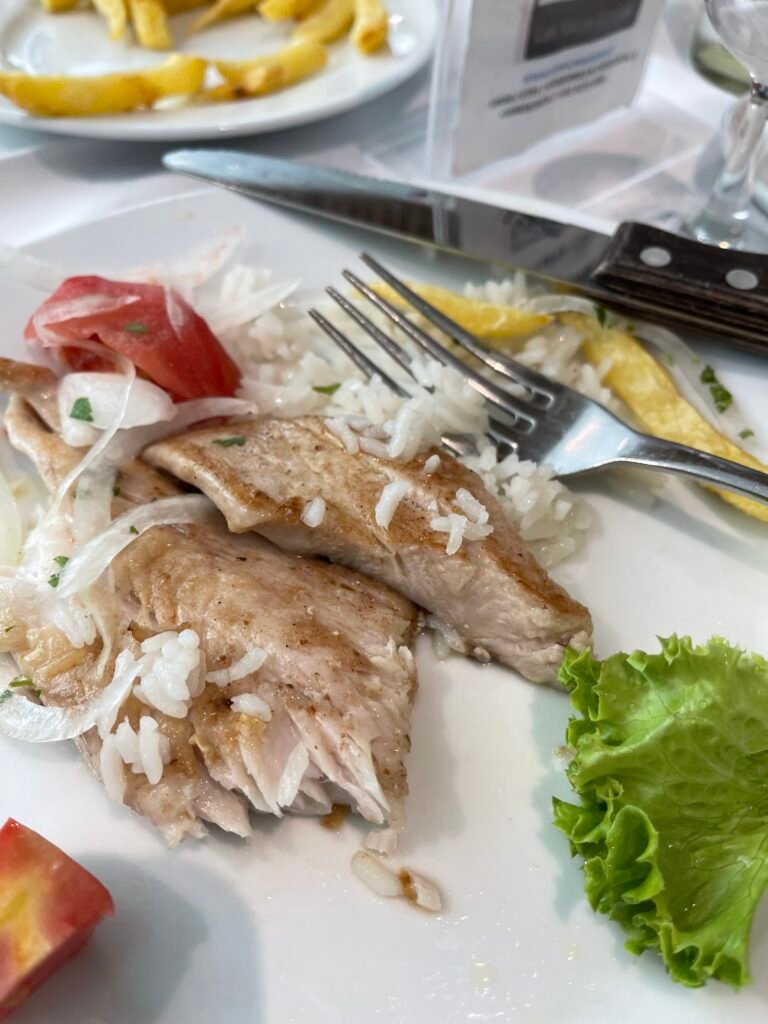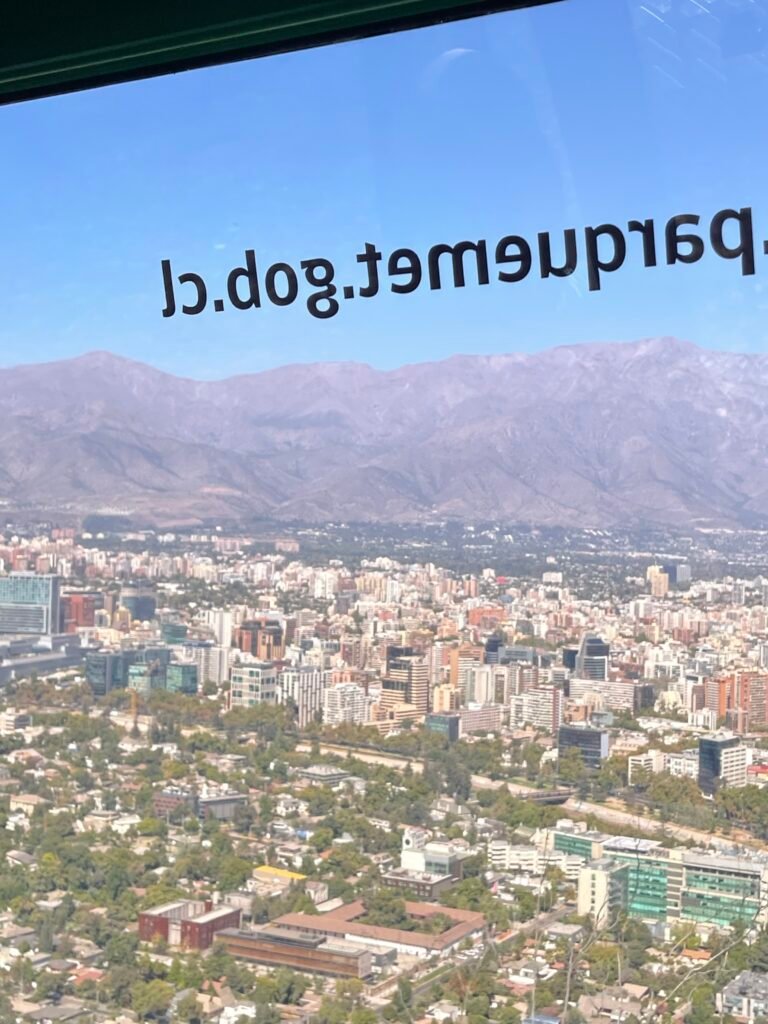Accommodations: Lago Grey Hotel
We were up early again and after breakfast we boarded the bus at 7:30 so we would be able to cross the Argentinian/Chilean border, getting there before other buses, so we wouldn’t have to wait hours to cross. Jon asked Allan and I how our room was at the hotel, and we said it was lovely. Apparently, he had upgraded our room, so that was very nice of him to do.
Our bus journey will take us to Torres del Paine, in Chile, a national park that was declared a World Biosphere Reserve by UNESCO in 1978. The park is unspoiled, remote, and the landscape is dramatic with the rock formations of the Andes and the grasses of the plains.
We drove through Patagonia with our guide from yesterday. The scenery was beautiful along the way and our guide made the bus ride enjoyable. She spoke about the economy in Argentina and how she will be opening a bank account in the US to keep her family’s money safe from the extremely fluctuating economy of Argentina.
On the way, we enjoyed mate, (pronounced ma tay) a drink made from steeped dried yerba mate leaves. It is served in a calabash gourd with a metal straw called a bombilla. The drink is served hot and it has an earthy, grassy taste. It has many health benefits like lowering cholesterol and boosting the immune system.
Apparently Argentinians enjoy drinking it all day…adding hot water to the leaves to be able to keep drinking it. The temperature of the water is crucial. Too hot and it will burn the leaves, too cold and you won’t get the robust taste. It is a drink you share with friends as you enjoy each other’s company.
At the border, we said goodbye to our guide from yesterday and welcomed a new local guide who will be with us for the next few days. We also changed buses at the border and our bus driver transferred all of our luggage. We were not allowed to bring unpackaged nuts, raw fruit, raw vegetables, or honey into the country. We thought the luggage would be scanned, but it wasn’t. Only our personal items were. Allan said he thought he saw a dog that walked around the luggage, smelling for contraband.
After having our passports stamped, we entered Chile. It was interesting to realize that the road in Argentina was a rugged dirt road, but we knew the minute we entered Chile as the road was paved.
We had a delicious chicken soup for lunch at a local restaurant. Very tasty with tender chicken, corn, squash, and vegetables.
The mountains and scenery were spectacular as well as breathtaking, and I don’t say that lightly. At one point, Jon invited us to get out of the bus to climb an incline to see the view. It was extremely windy. The local guide said probably 40 mph winds, but we all felt it was much more. We literally were being blown around as we attempted to climb, losing our footing as the wind pushed into our bodies. I reached the top and the wind was howling and the guide literally had to grab me so I didn’t get blown away. The wind took my breath away…not only by seeing the beautiful vista, but by literally taking my breath away as I could barely breathe, as the gusts of wind plunged down into my lungs.
We took our pictures and Allan and I clung to each other as we made our way back down. We could just about keep ourselves from going over the edge as we fought to stay on the path.
When I got back in the bus, I started coughing since my throat was so dry. I put on a mask which helped, as I rebreathed the warm air from my lungs. It was quite an experience!
After many hours, we arrived at our hotel. We are in the middle of nowhere, surrounded by the ice covered mountains and the amazing scenery. The different blues of the sky and the lakes, the bright whites of the snow covered mountains, and the many colors of green in the foliage make for a truly stunning experience.
Our entire group was upgraded to the new section of the hotel and Allan’s and my room overlooks the lake with the mountains in the distance.
We all sat together to enjoy a delicious dinner at the hotel, replete with wine. Allan and I had an after-dinner drink in the bar and then it was off to bed as we have a lot of hiking to do tomorrow.
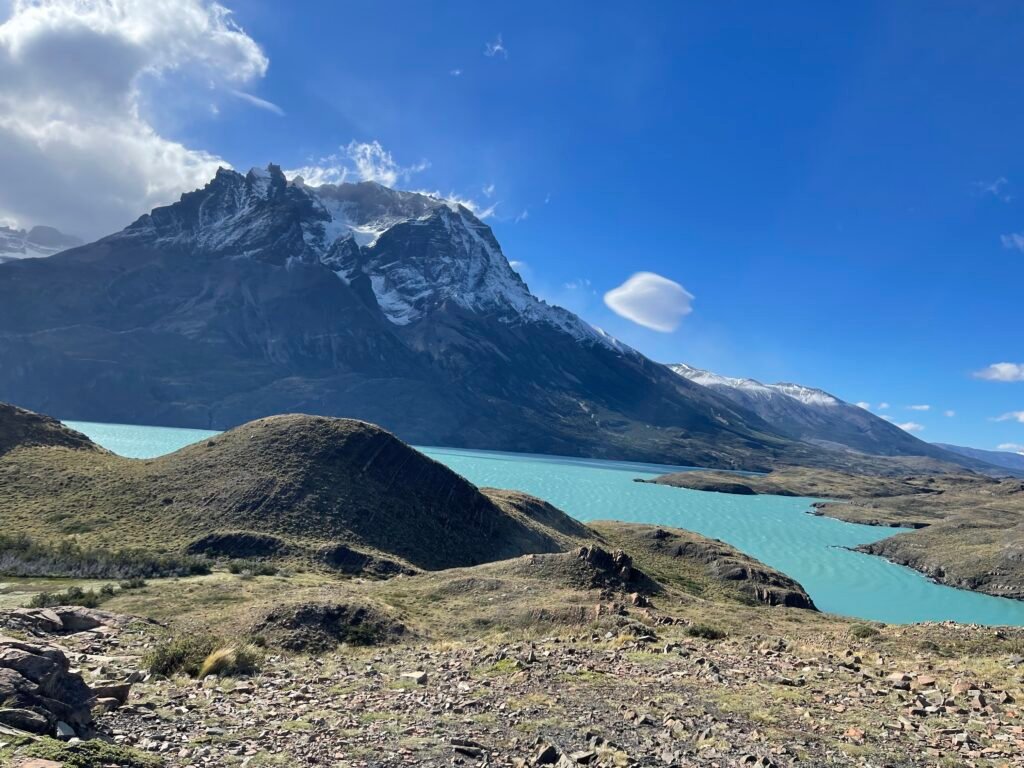
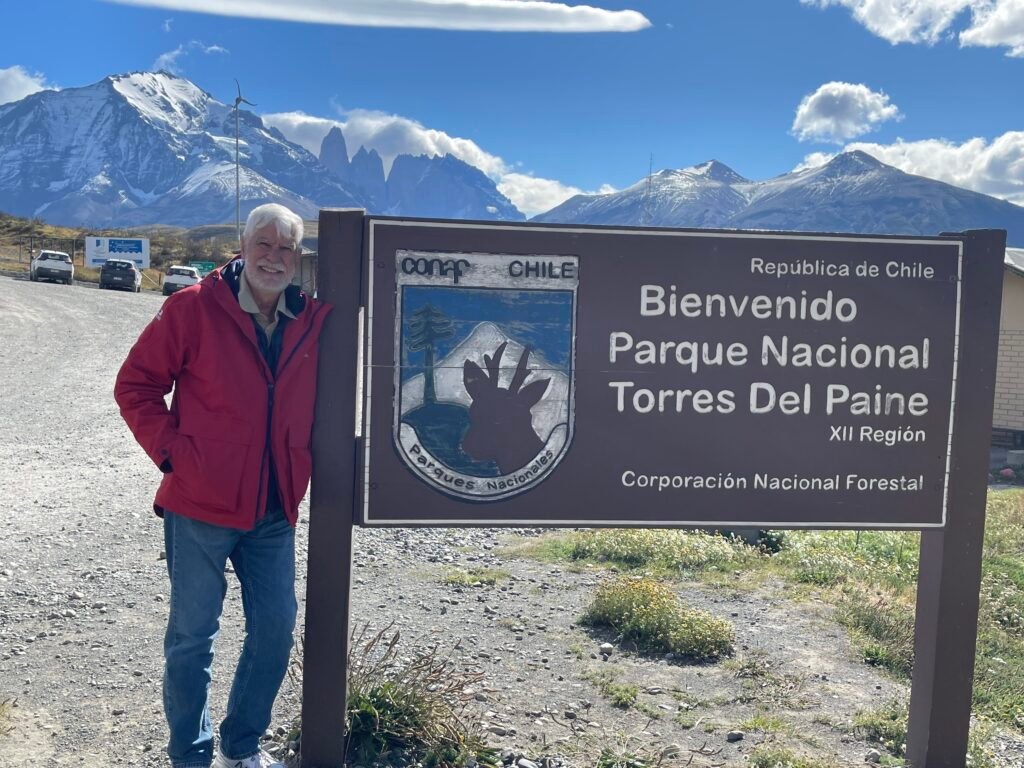
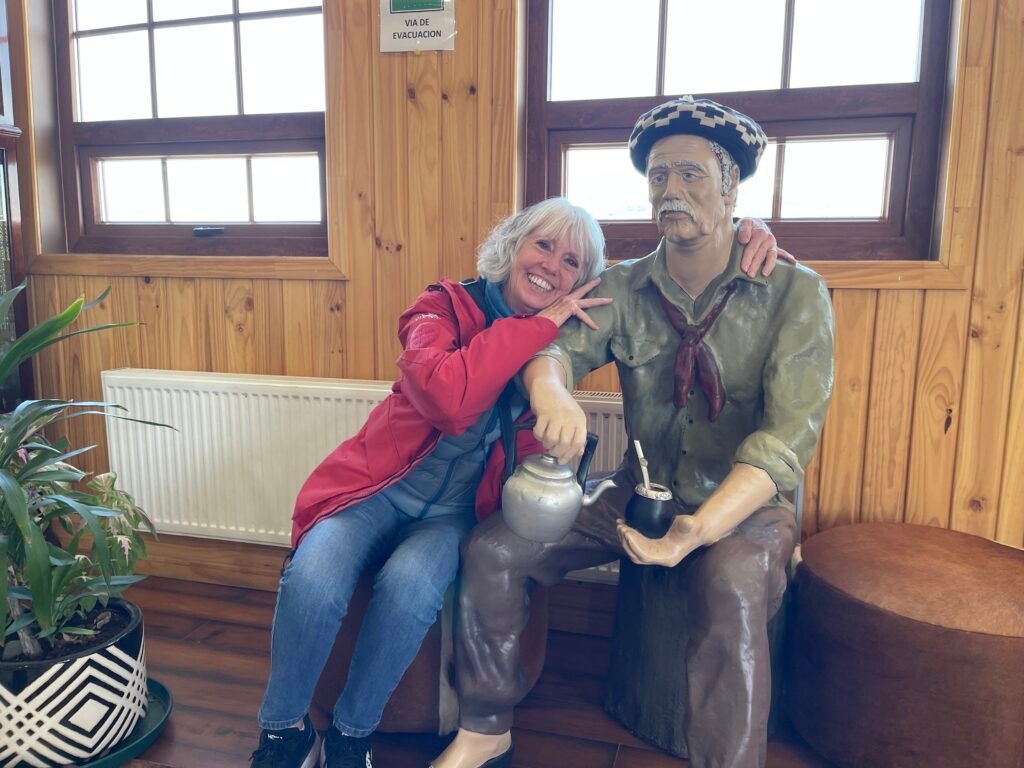
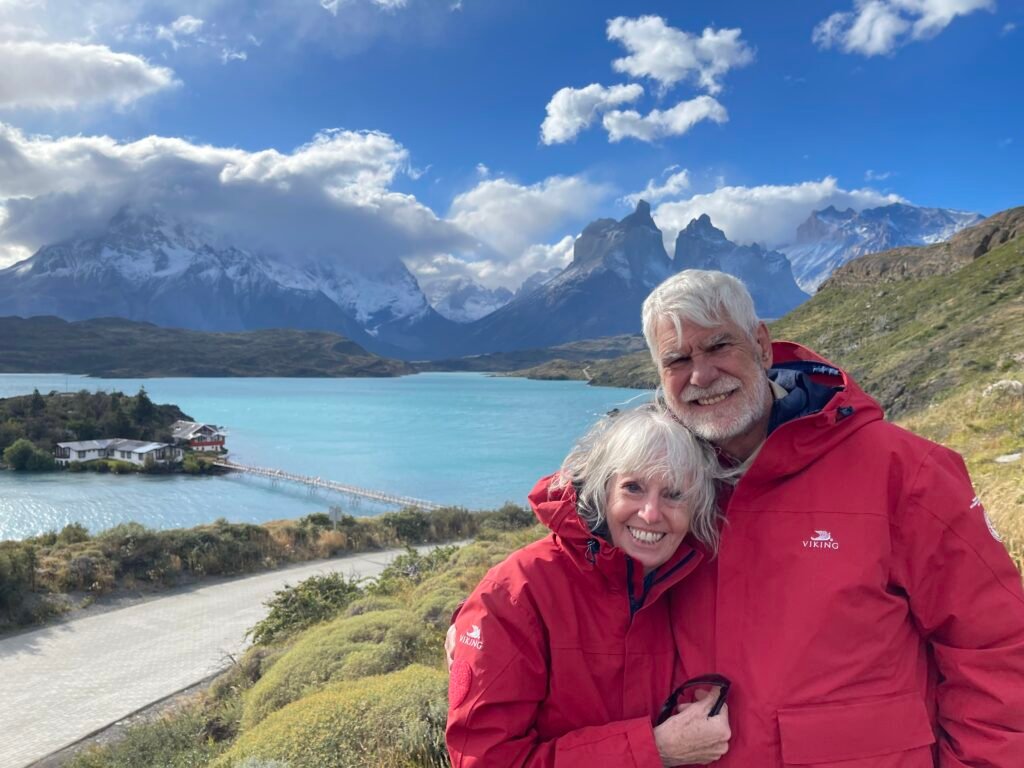

Delicious soup for lunch
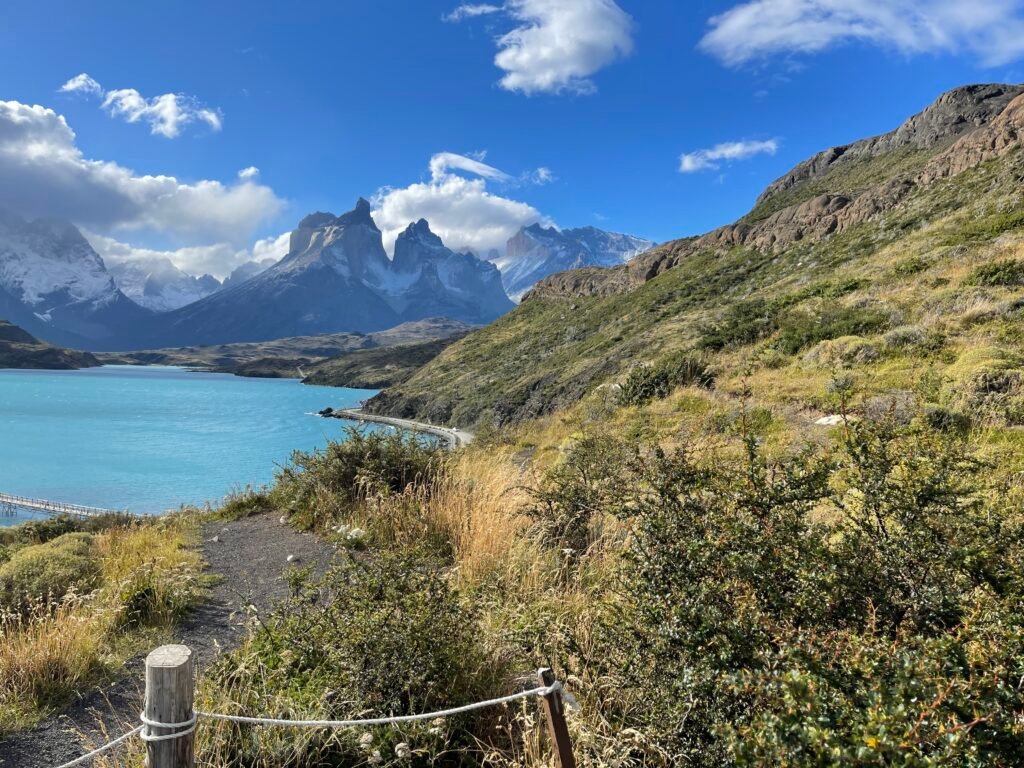
We were very lucky that there was no cloud cover on the mountain and we were able to clearly see the three towers. The Towers of Paine are the distinctive three granite peaks of the Paine mountain range or Paine Massif. From left to right they are known as Torre d’Agostini, Torre Central and Torre Monzino.
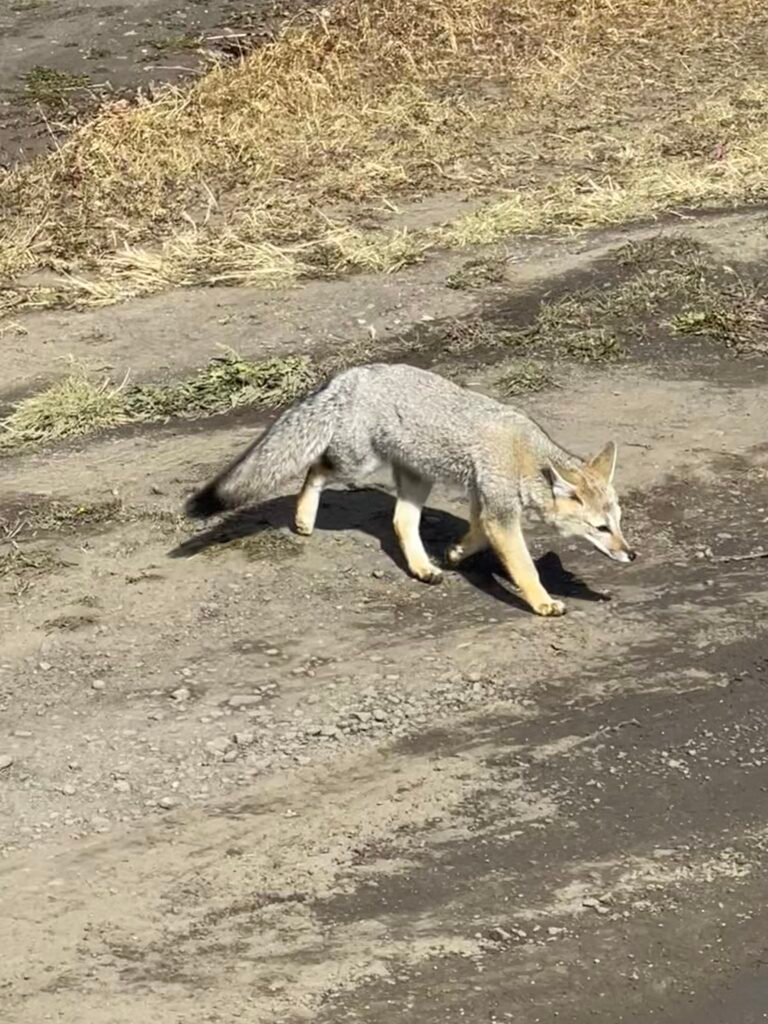
beautiful fox at the border
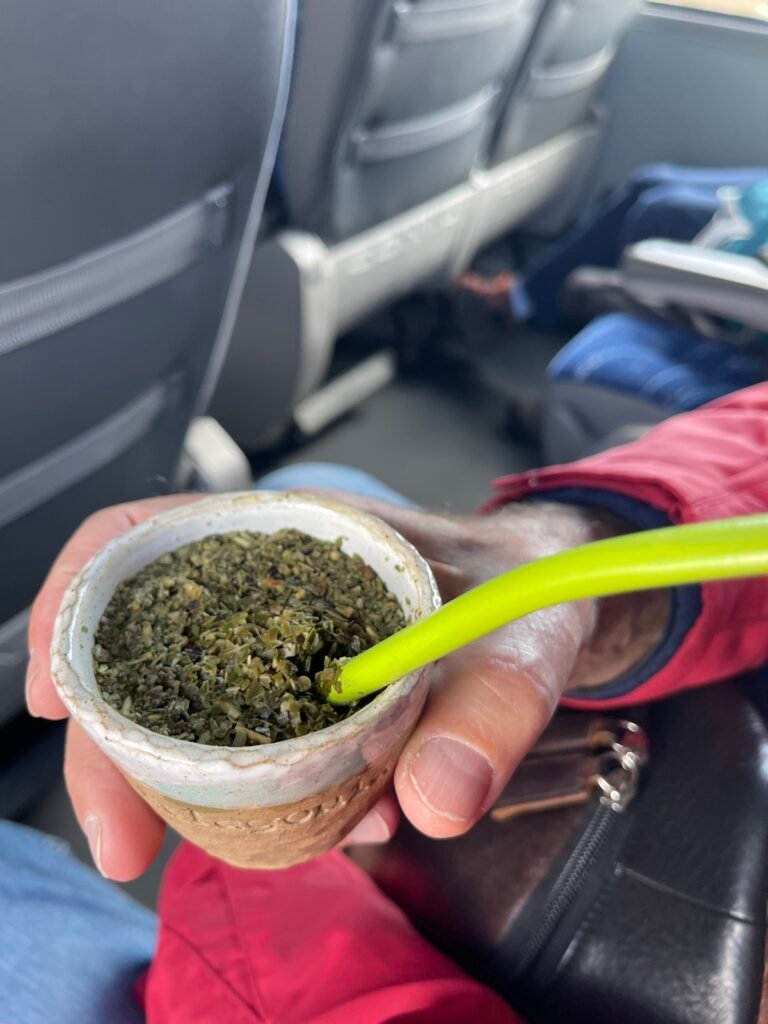
Mate
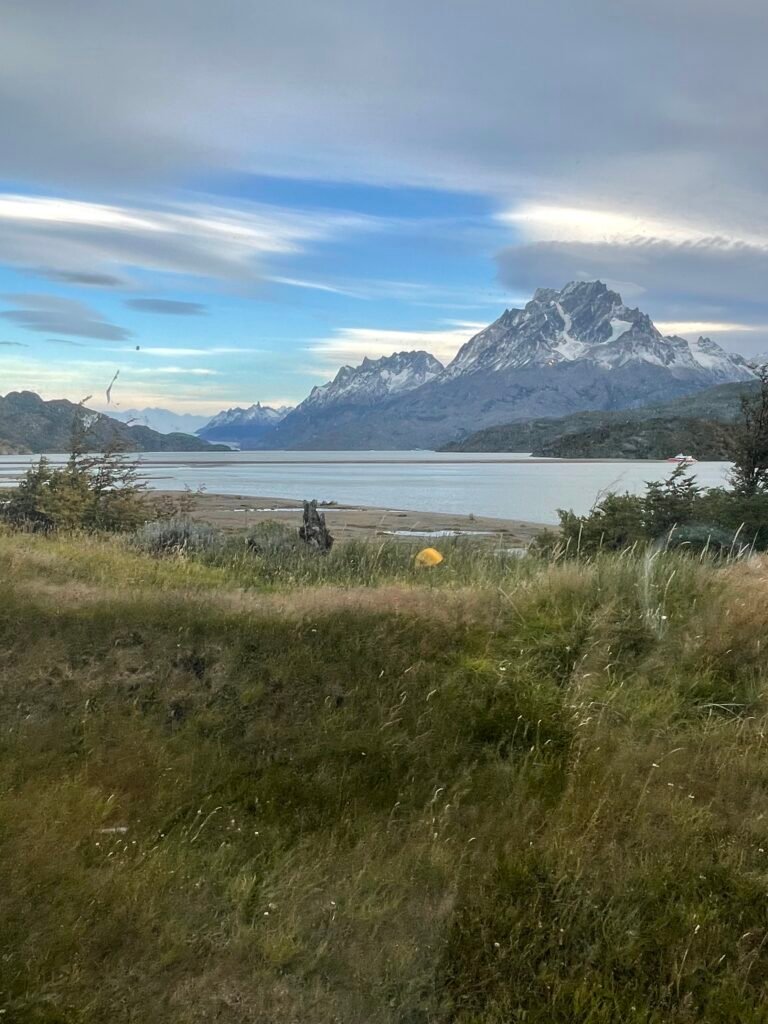
View from our room.

